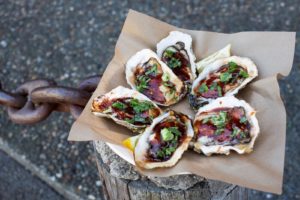
Find hidden gems, outdoor adventures and more with tips from those who know the Sonoma Coast better than anyone.
The post Best Places to Eat, Drink and Stay on the Sonoma Coast, According to Locals appeared first on Sonoma Magazine.
]]>
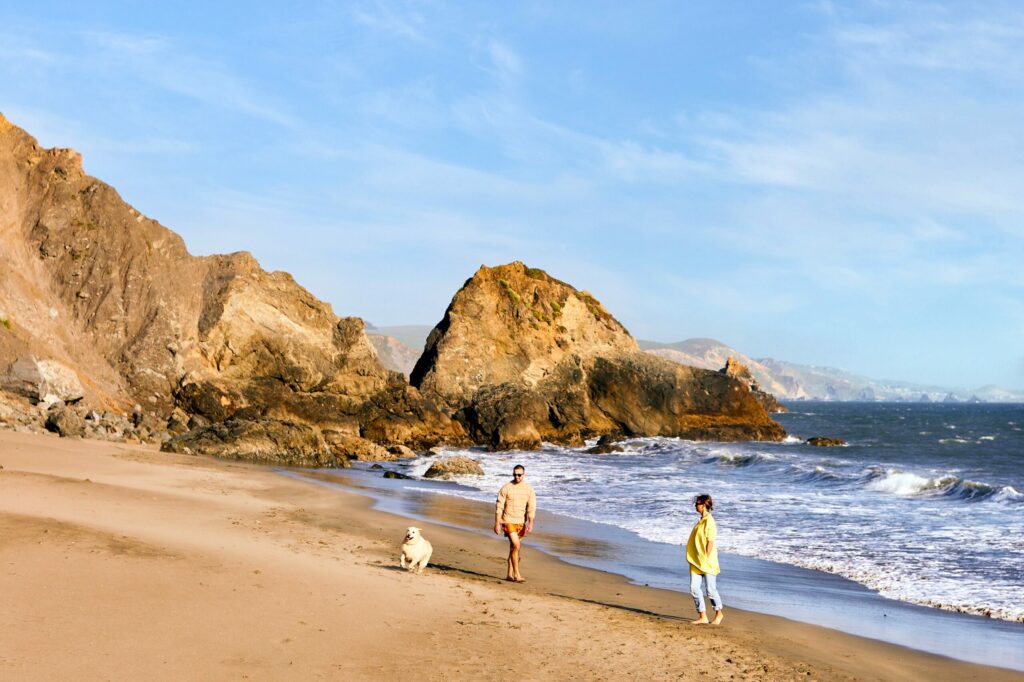
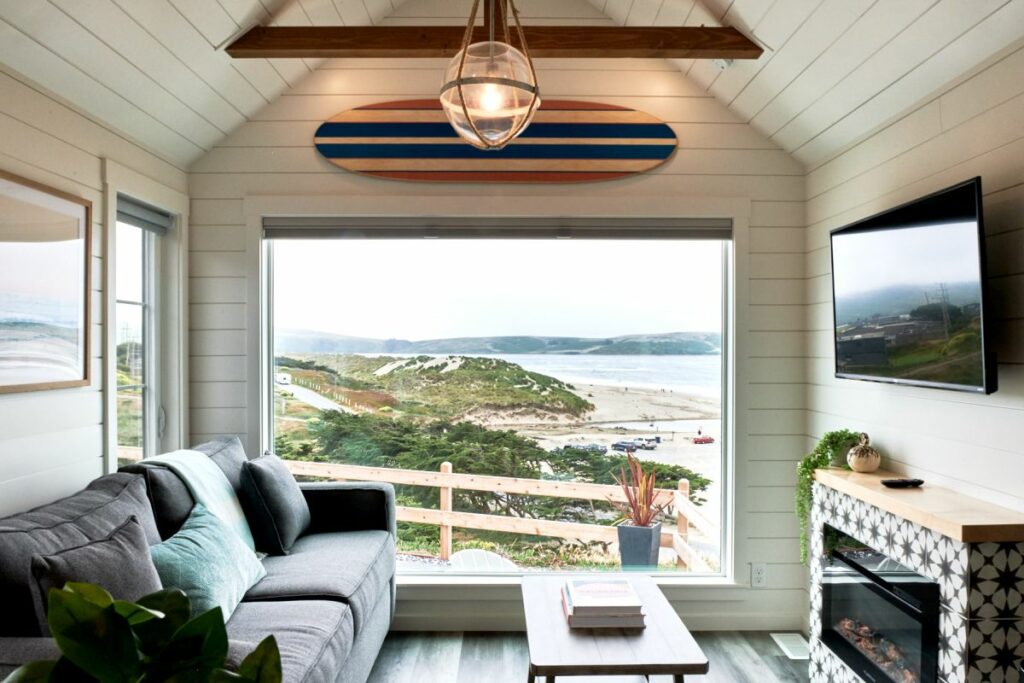
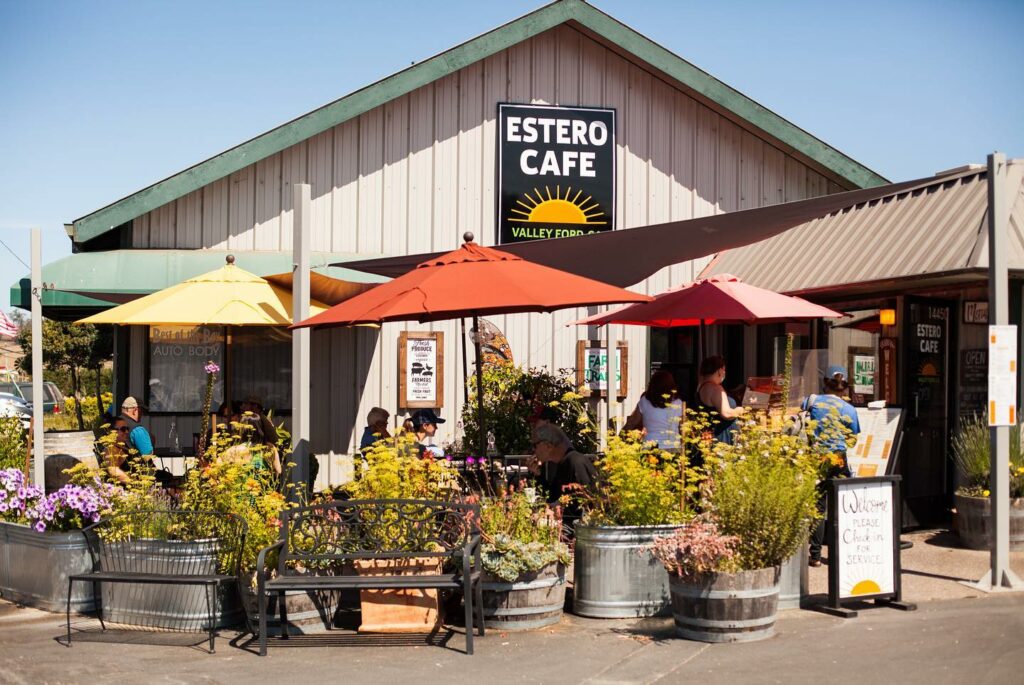

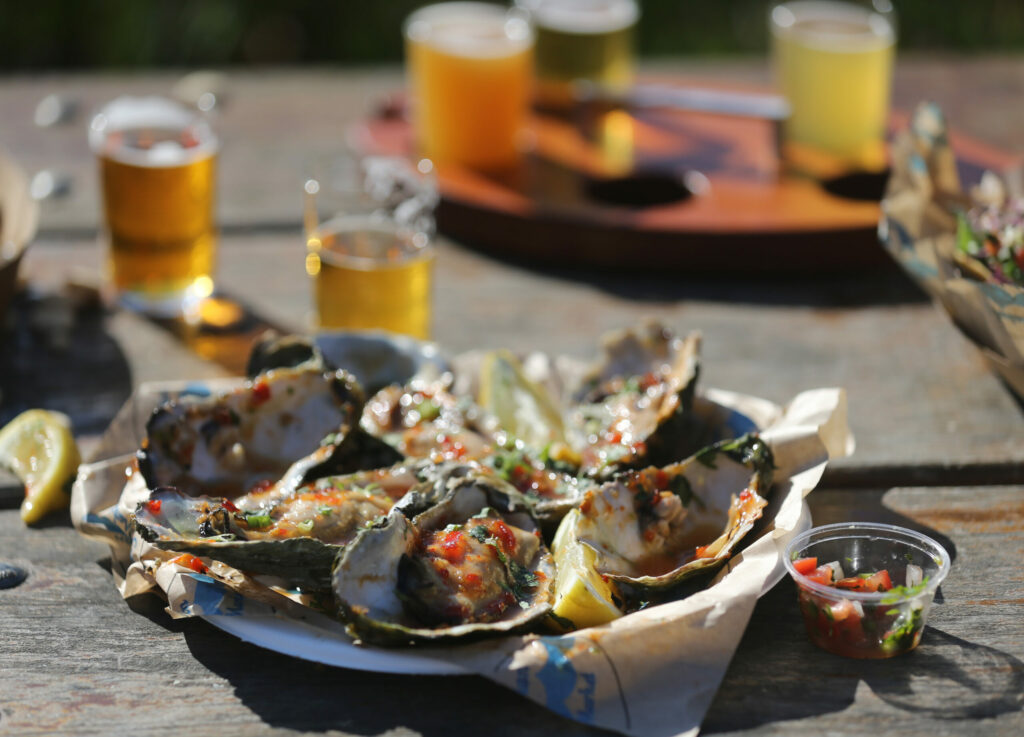
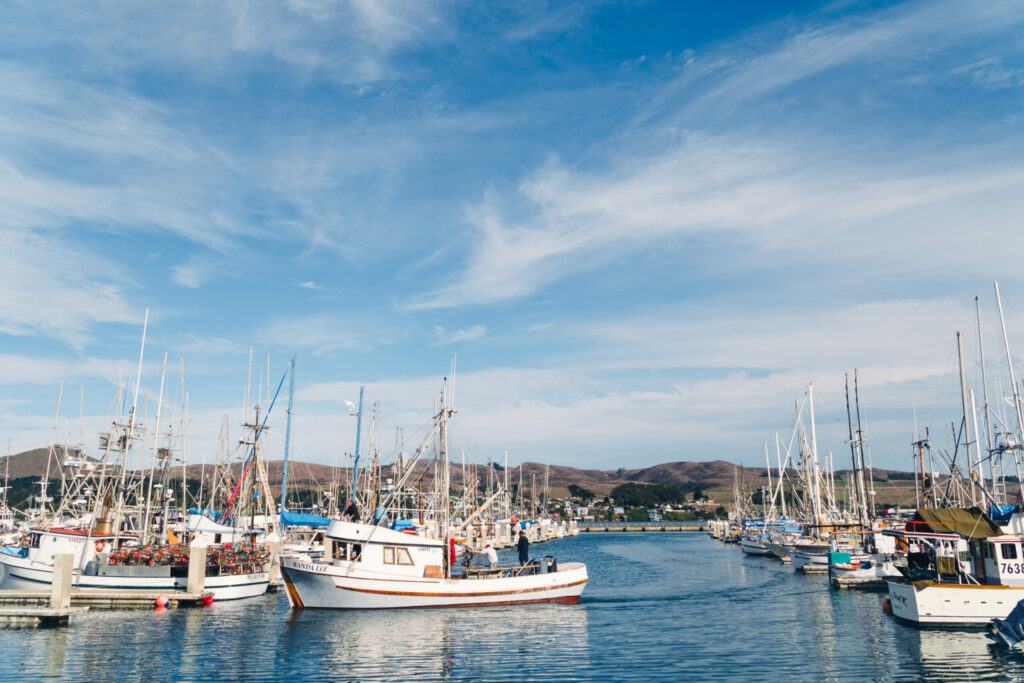
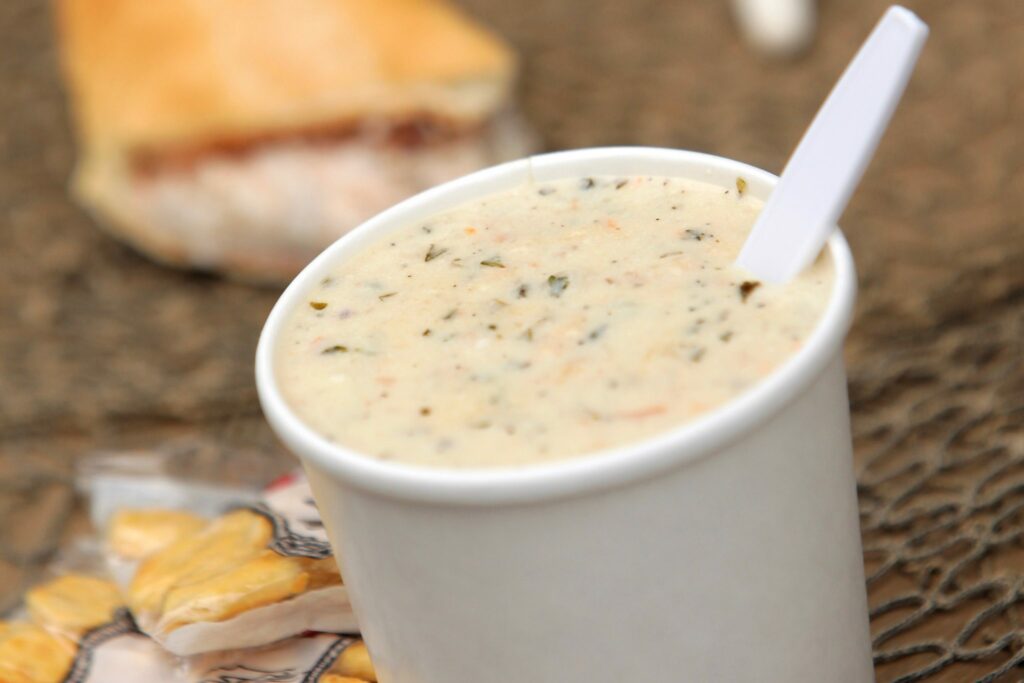
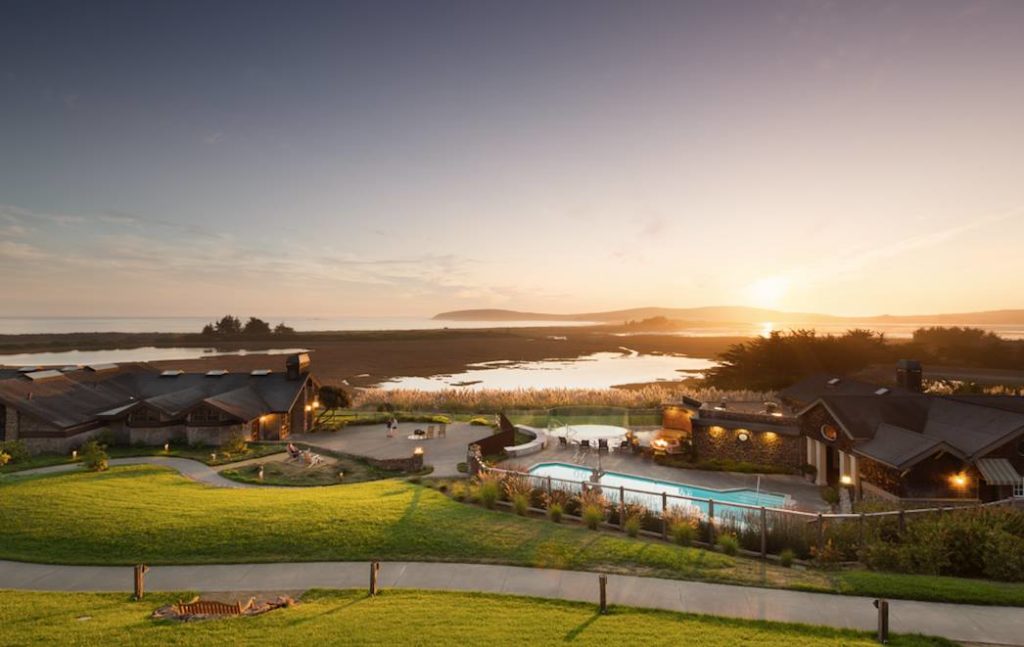
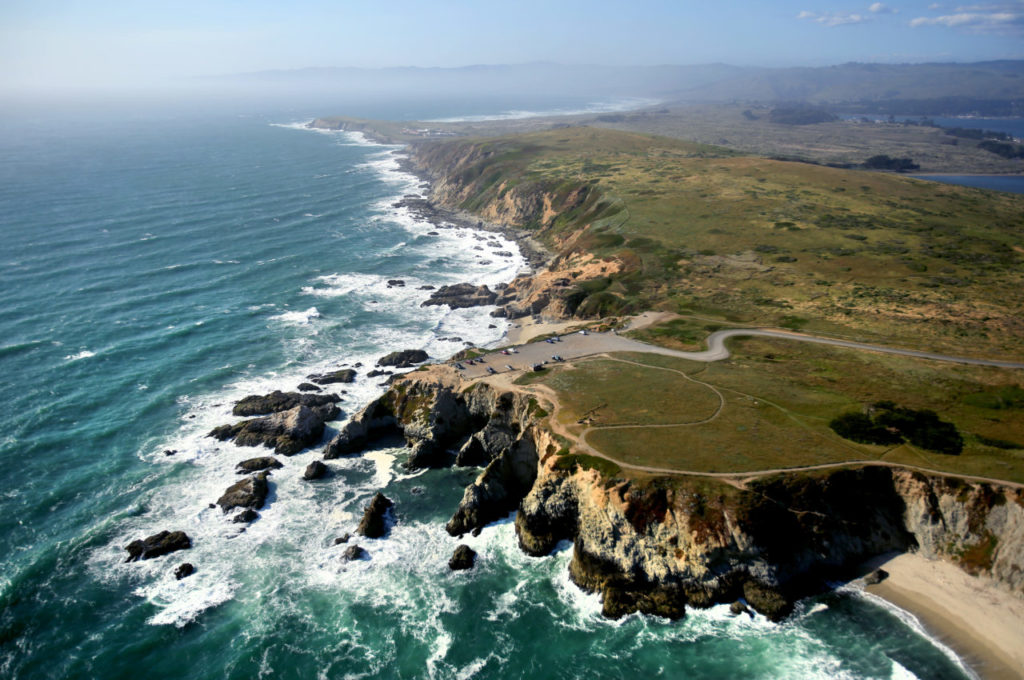

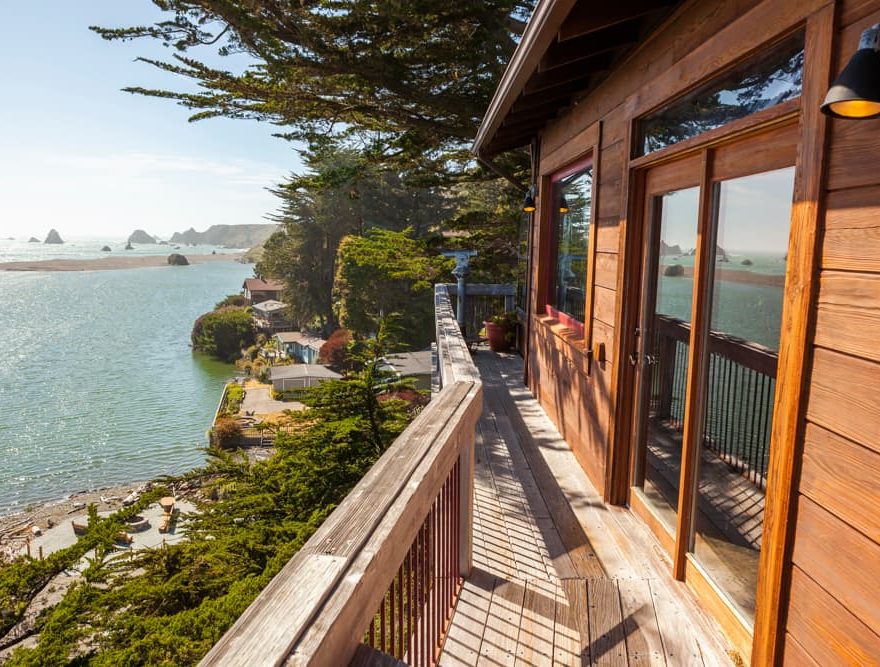
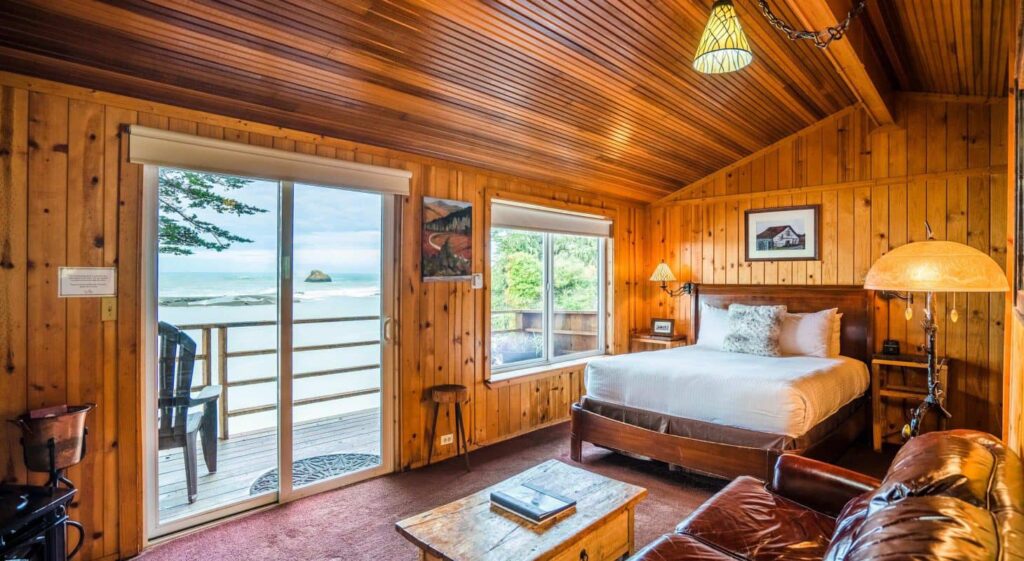

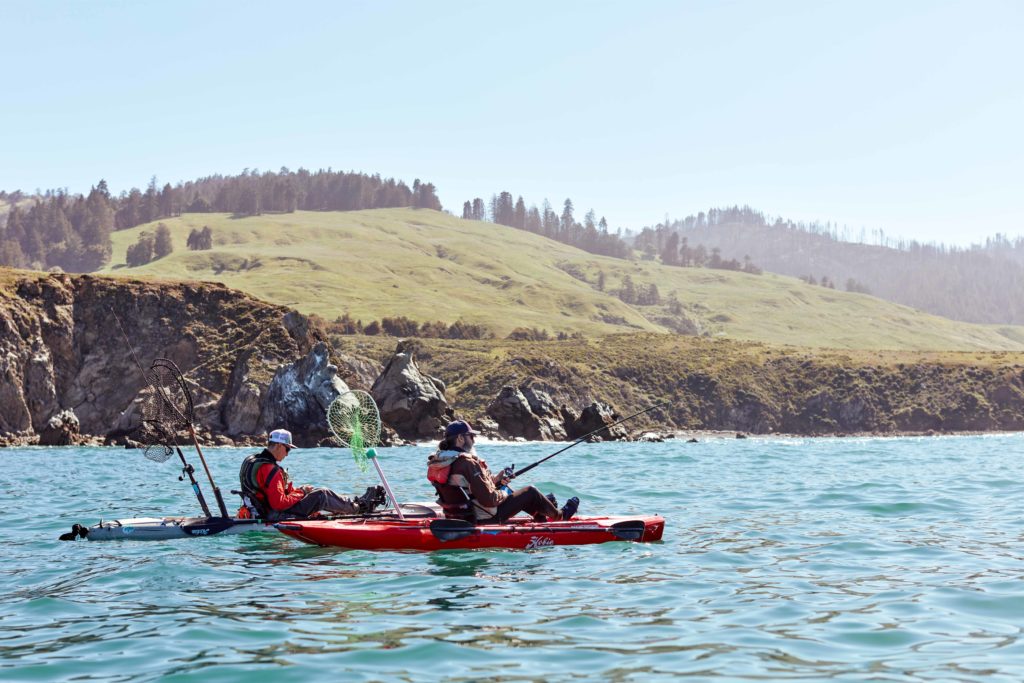
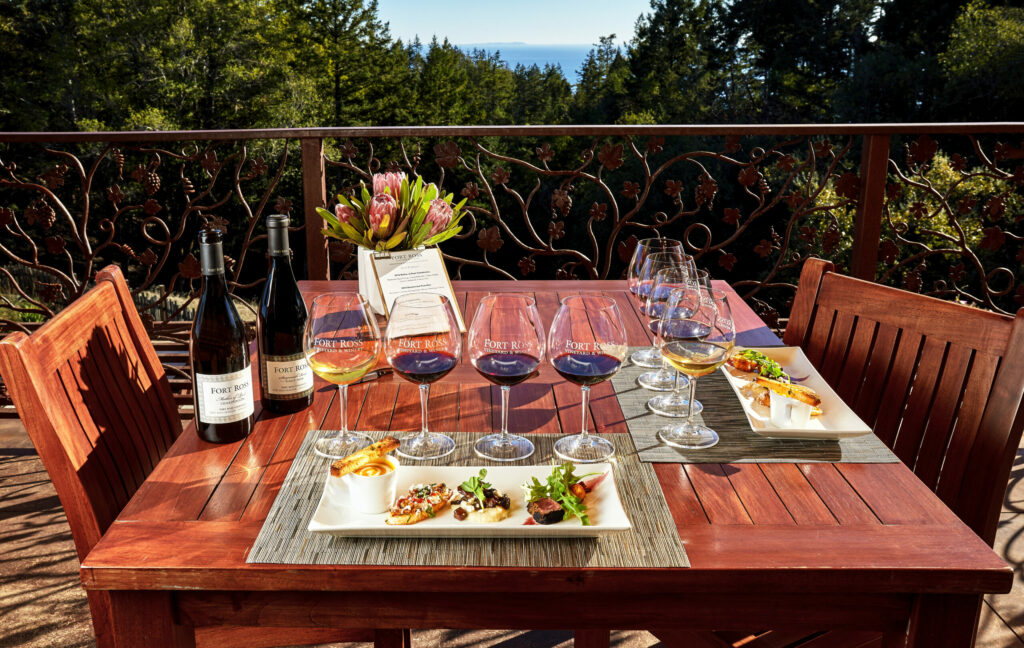
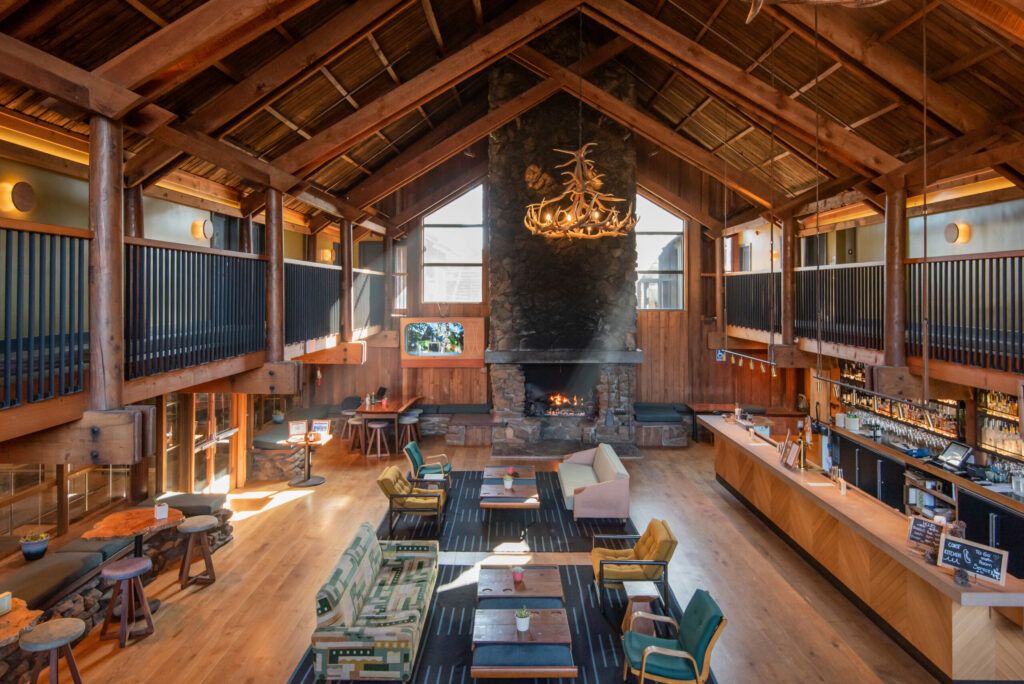
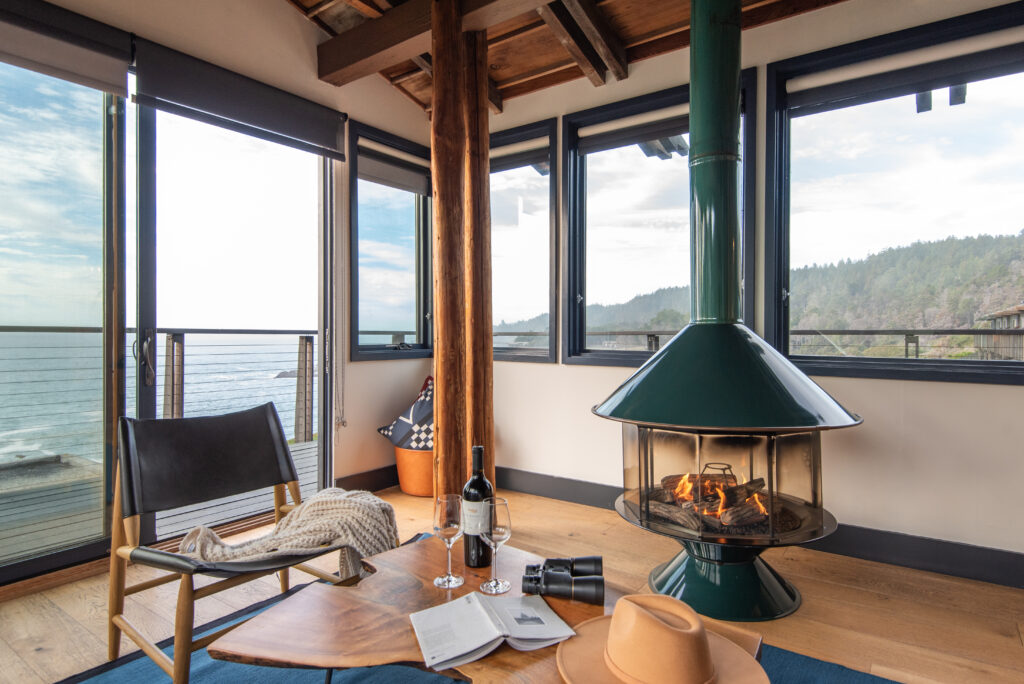




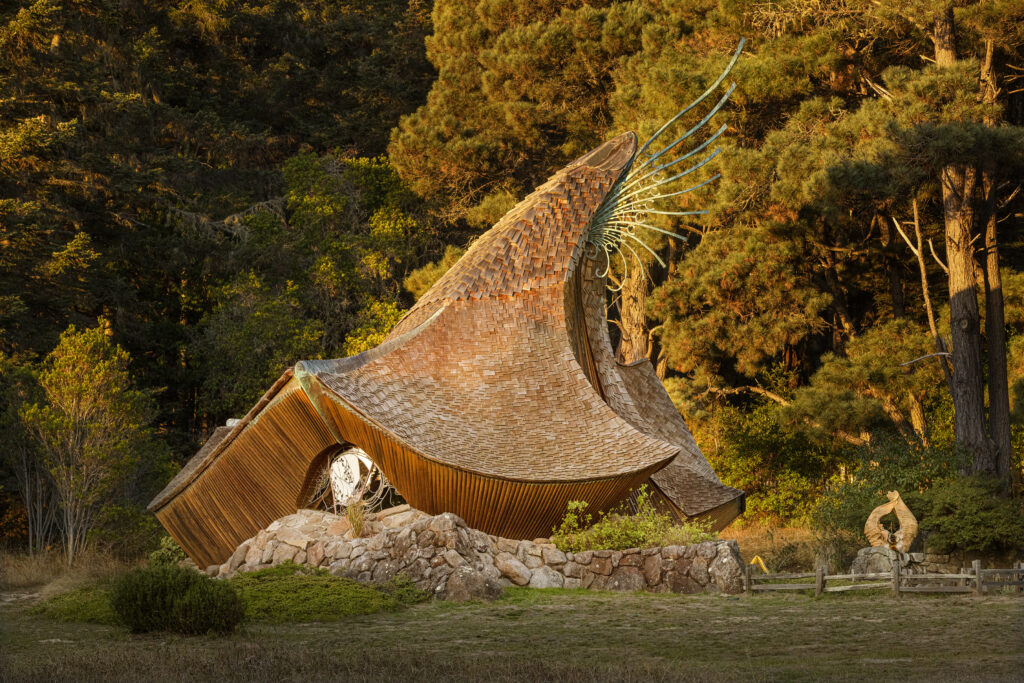
This story was originally published in the July/August 2023 issue of Sonoma Magazine.
There is a calling.
Ask the locals who live along the Sonoma Coast. It might not be audible, like a siren call or the crash of unrelenting waves, sculpting the rocky shoreline. It might lie somewhere in the light — not just in the way it glows, but in the way it changes, often many times an hour.
Or it might be a feeling you get, as if you’re suspended on the edge of the world, when Bodega Bay is fogged in and you climb a few hundred feet up Coleman Valley Road and sit above the clouds at sunset, watching how the dying light fades not over the sea but over an endless expanse of pillowy fog.
Bodega photographer Jerry Dodrill knows the call of the ocean. One morning, as we drove into Bodega Bay on Bay Hill Road (the same route Tippi Hedren takes when first approaching town in “The Birds”), we parked in a pullout and surveyed the outstretched shallow bay, green with seaweed at low tide. “One of the things that makes the light good is that we’re on the edge of the earth,” he says. “I don’t mean that as a flatlander, but we’re on the edge of land.”
It’s also a metaphor for the people who live here. “I think a lot of us want a sense of wildness,” says Dodrill. “It takes a little bit of grit to want to live out here.”
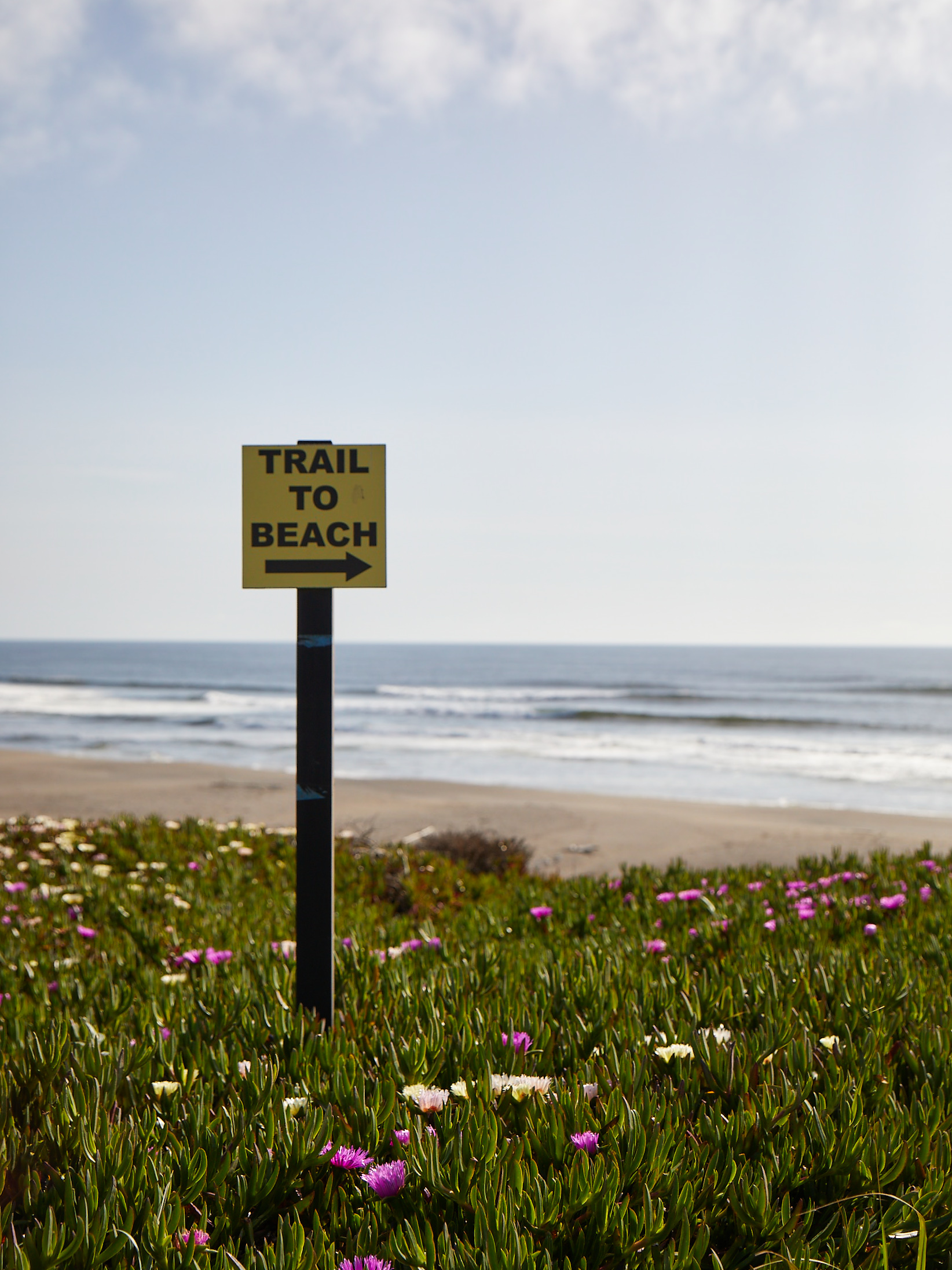
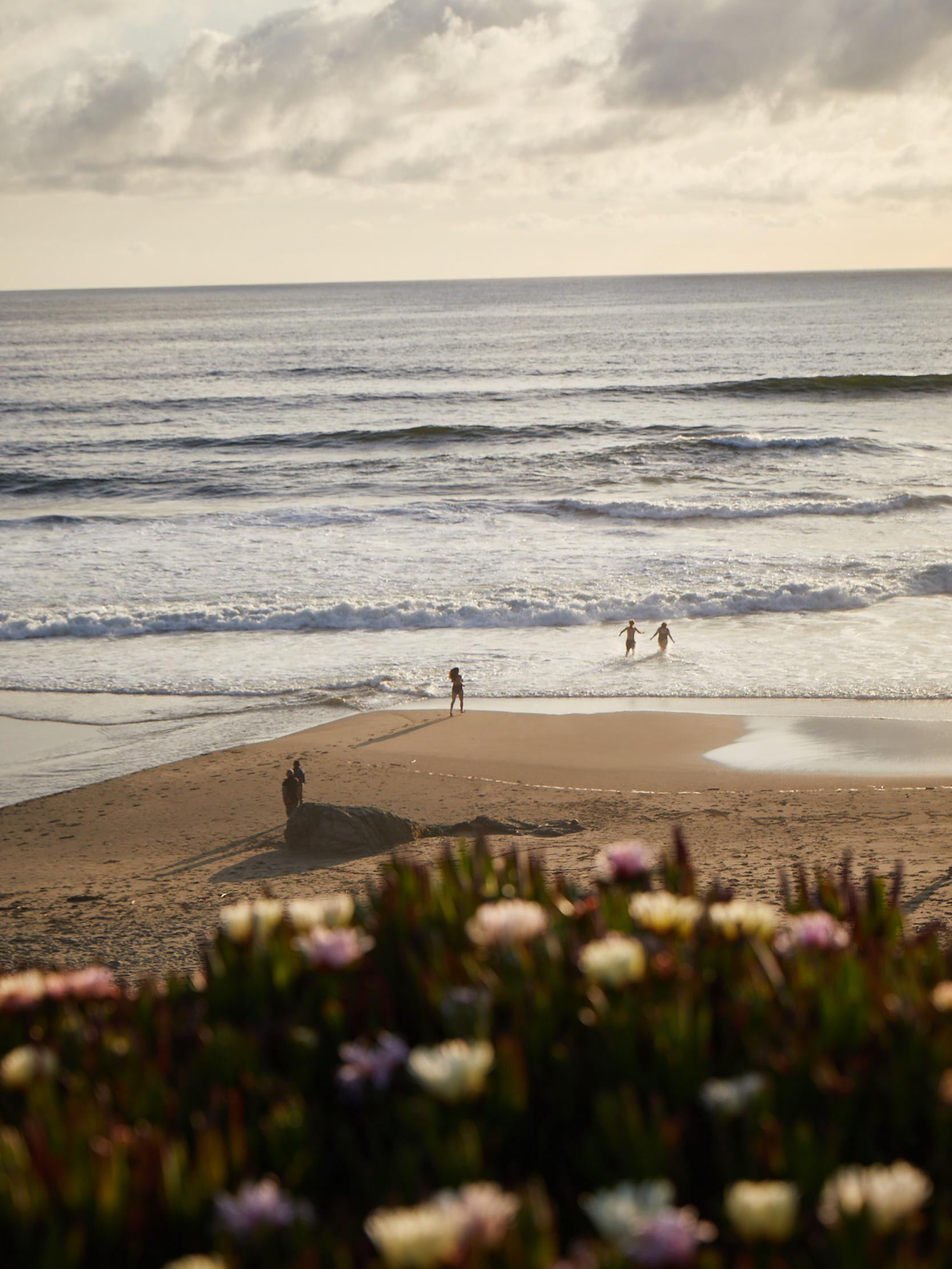
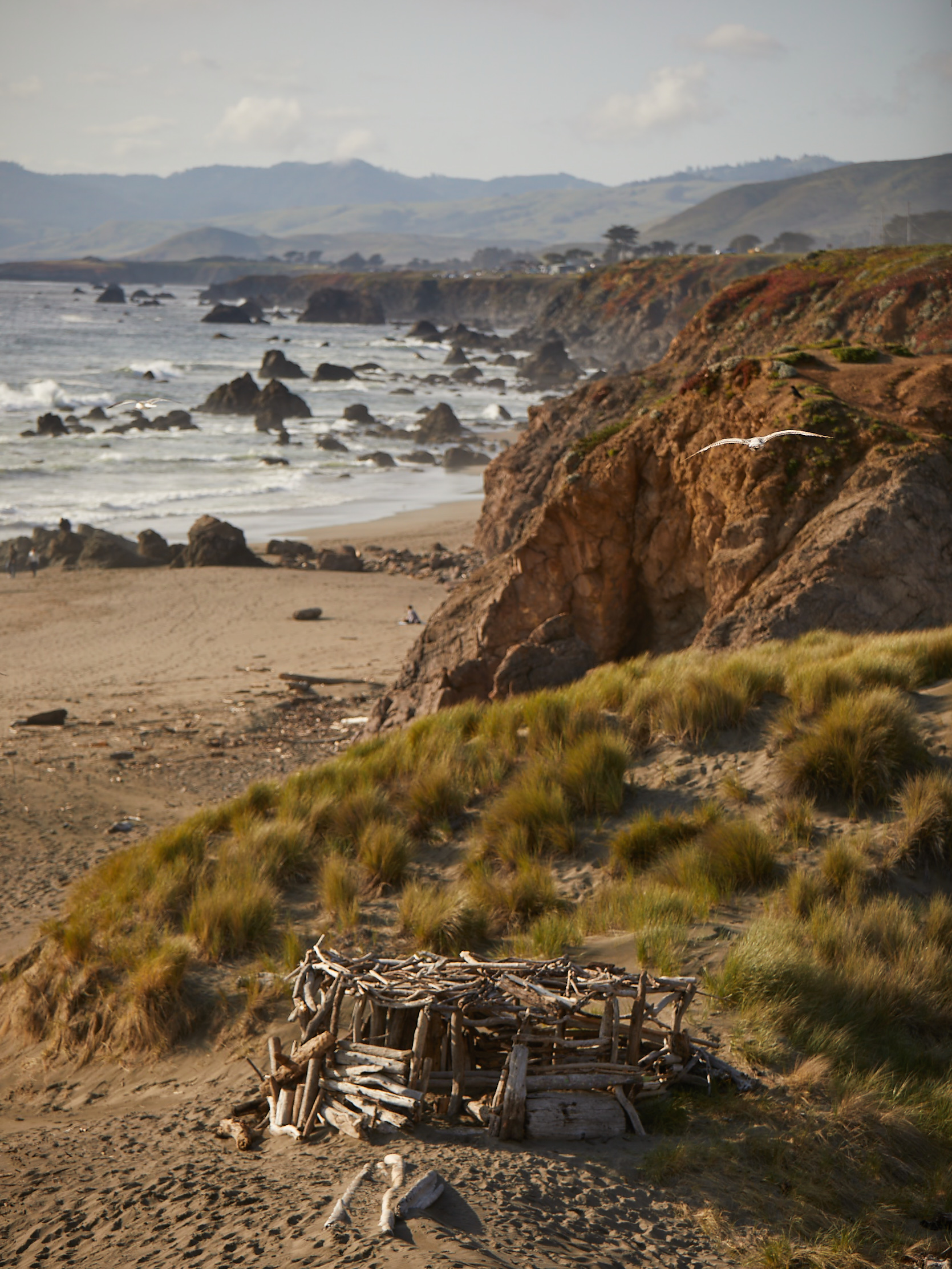
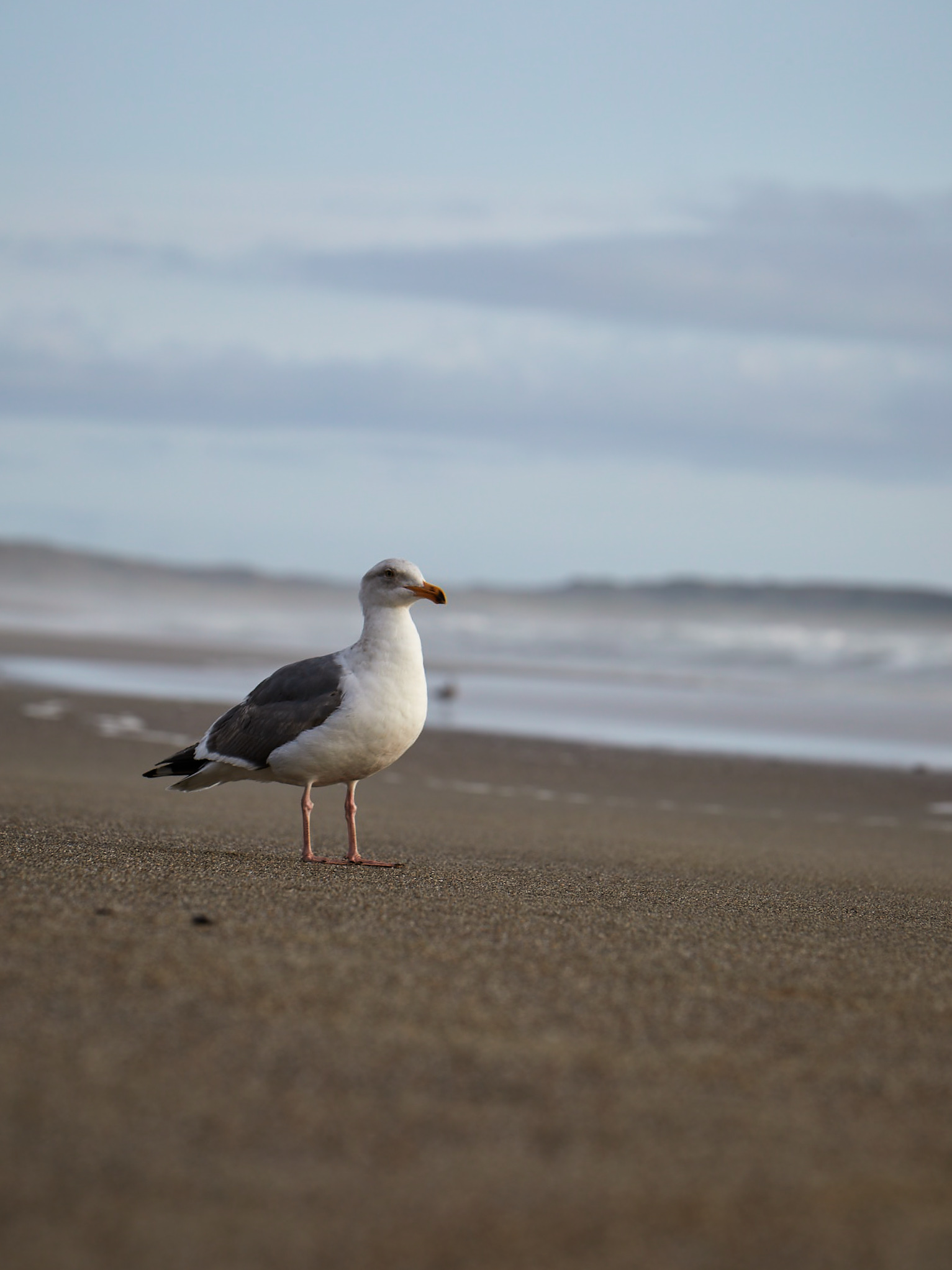
I talked to fisherman Justin Monckton one afternoon at Lucas Wharf, asking how he was staying afloat with salmon season canceled and crabbing heavily restricted. He was fishing slime eels — a delicacy, it turns out, in South Korea. Other fishermen gave him a hard time, he said, saying he was scraping the bottom of the barrel. But hauling in more than 250,000 pounds of slime eels a year, he was surviving on the coast.
Growing up near the Gulf of Mexico, I feel the same need to be near the water here in Northern California. I’ve stood on a cliff with my kids at Shell Beach in Sea Ranch to watch harbor seals give birth to pups, then swim with them for the first time. I’ve kayaked off Doran Beach to harvest crab traps, then made paella on the beach with a local chef. I’ve caught rock cod from a kayak off Fort Ross.
And along the flats of Bodega Bay, I’ve watched a father with his arm up to his shoulder in mud, teaching his kids how to look for upwelling bubbles and dig for clams. He taught me how to dig for them, too. So herein lies the challenge: On a trip to the Sonoma Coast, you can drive along Highway 1 and drop in and out of various cafes and shops, eating clam chowder here and crab rolls there, maybe buying some artwork to take home. That’s what you do when you’re on vacation, and it’s a beautiful thing. But along the way, if you look, you can get a more nuanced feel for what’s really going on along the shoreline.
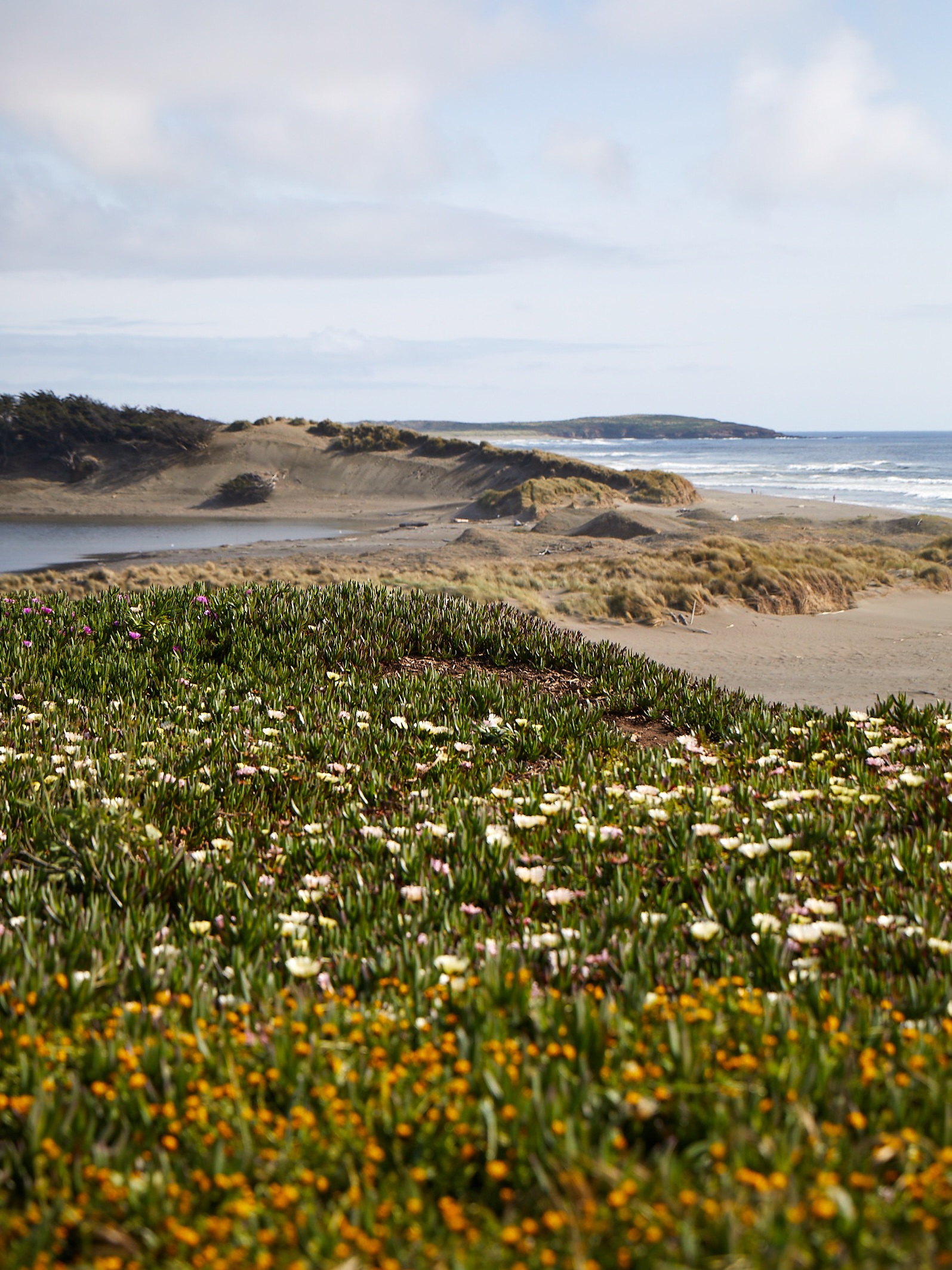
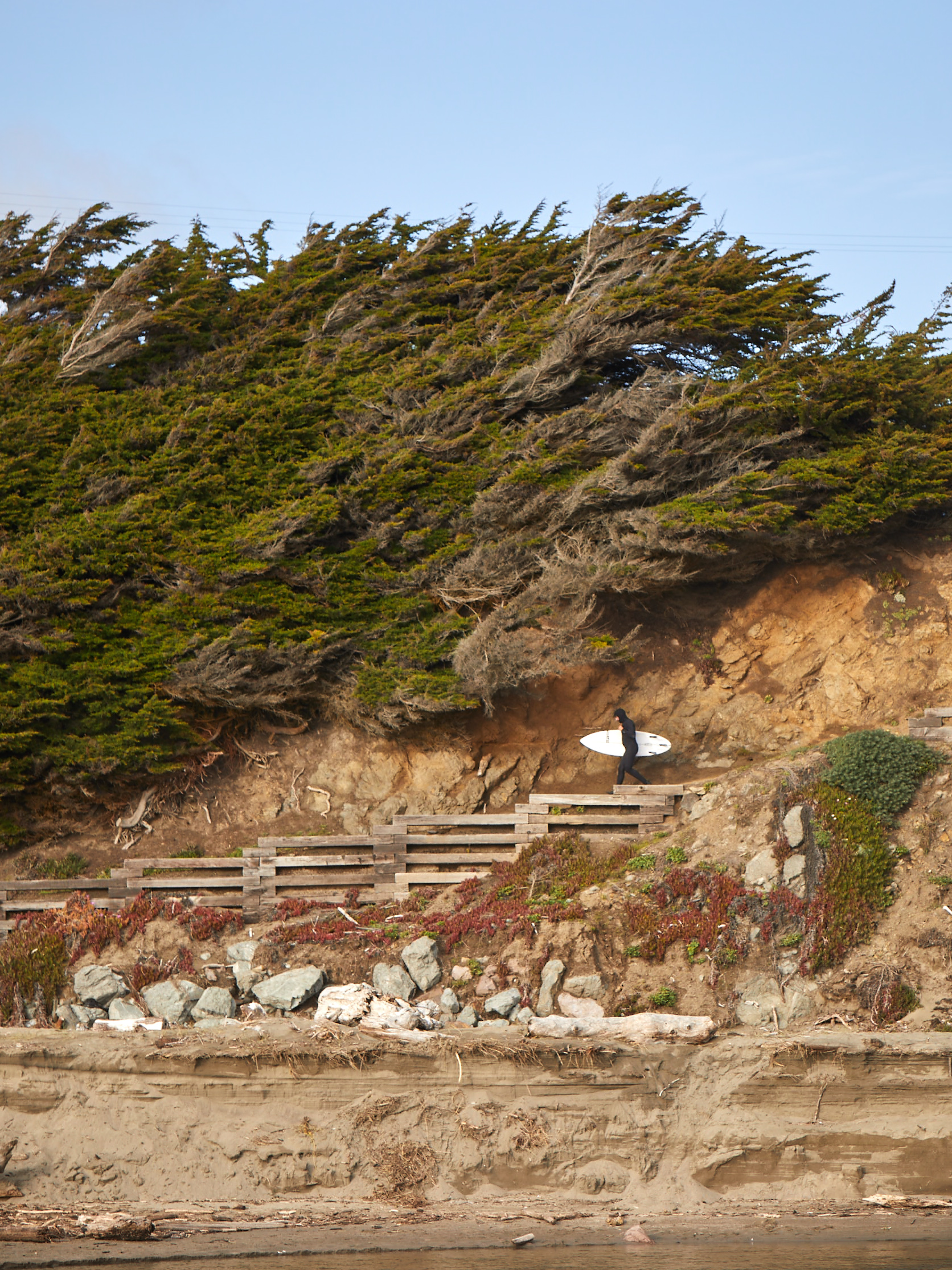
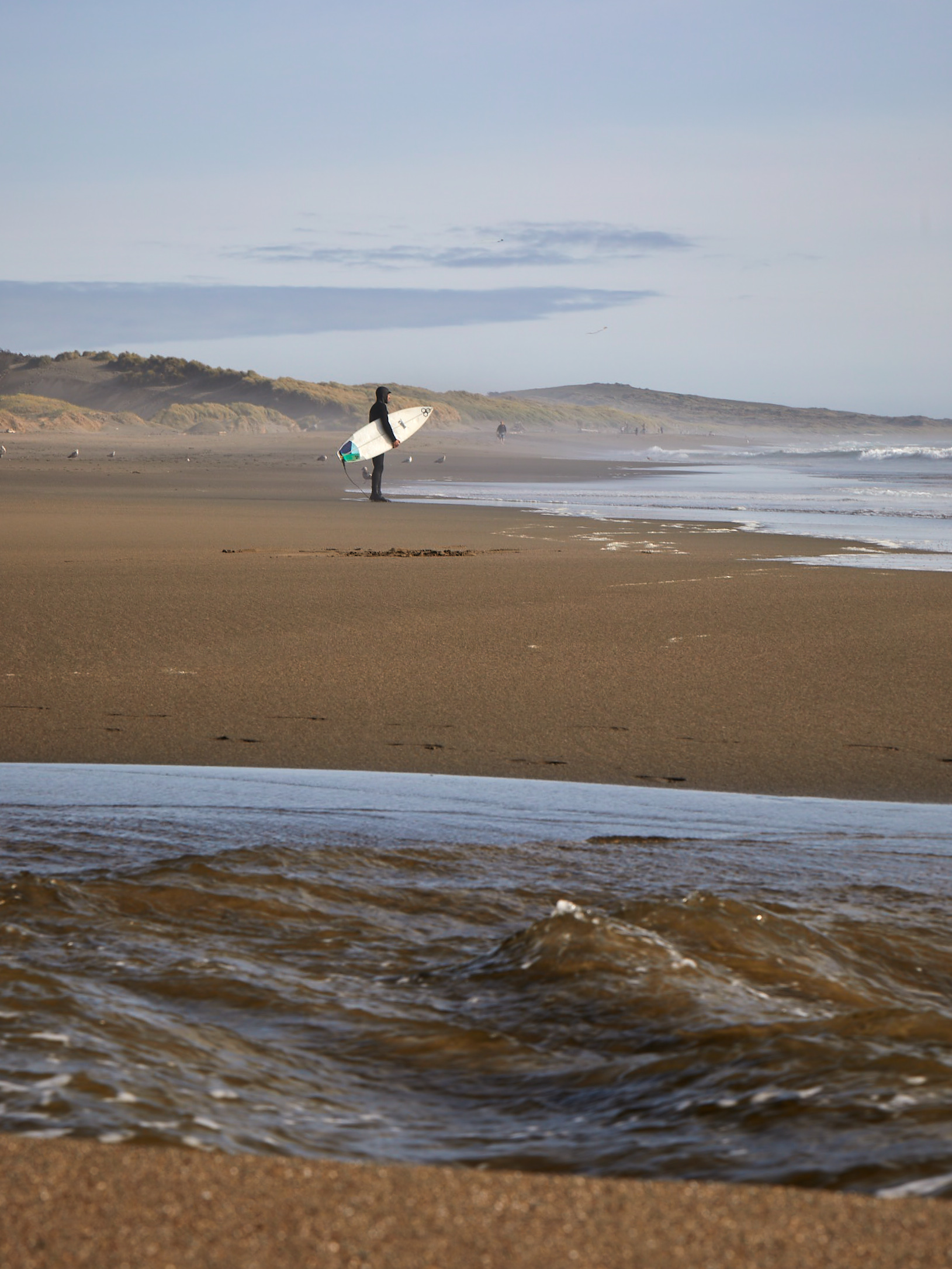
Those ochre sea stars you can glimpse while tidepooling might be a harbinger of good things to come, like the return of healthier kelp forests. You can find out more when you drop into the Bodega Marine Laboratory on open-house Fridays.
There’s a cliff rock near Jenner Bridge known as The Skywatcher, which sings when the wind hits it just right. Just ask the Kashia Pomo kayak guide who learned it from her grandmother.
Stop off and take a photo of a payphone perched on the edge of a cliff overlooking the mouth of the Russian River — it might be the best view from any payphone in the world.
Secret tunnels under Bodega Head reveal themselves at low tide — and nearby, photographers clustered along the northern edge of Bodega Bay are aiming their lenses at a bald eagle’s nest in a tree across the road.
Know all this, and you’ll have a tiny glimpse into the calling — the calling that lies just below the ripples on the surface. The glimpse into the always changing, always magical Sonoma Coast.
Here’s how to spend a perfect summer by the coast, according to those in the know.
Food & Wine
With chefs Andrew Truong and Liya Lin
At first glance, it might seem odd that Bodega Bay chef Andrew Truong is filleting a farm-raised salmon from New Zealand. It’s a Thursday afternoon at Terrapin Creek Cafe in Bodega Bay — once a bustling fishing port where thousands of pounds of salmon were unloaded on the docks every summer.
But Spud Point Marina is quieter than usual this year, as the local salmon season has been canceled due to past drought years and the effect on breeding populations. It’s a tough situation — but there is still plenty of local seafood for those who like to taste the ocean.
The salmon Truong is preparing is headed into a steaming Mediterranean fish stew, swimming with fresh sole, clams, and calamari in a tomato-fennel broth spiked with white wine, Pernod, and chiles. And later that evening, oyster grower and marine biologist Chris Starbird will drop off a shipment of fresh hatsu oysters. The oyster farm he founded in 2007, Starbird Mariculture, starts these oysters from seed in large tanks perched at the end of Spud Point’s Dock E, before transporting them to mature in the nearby waters of Tomales Bay.
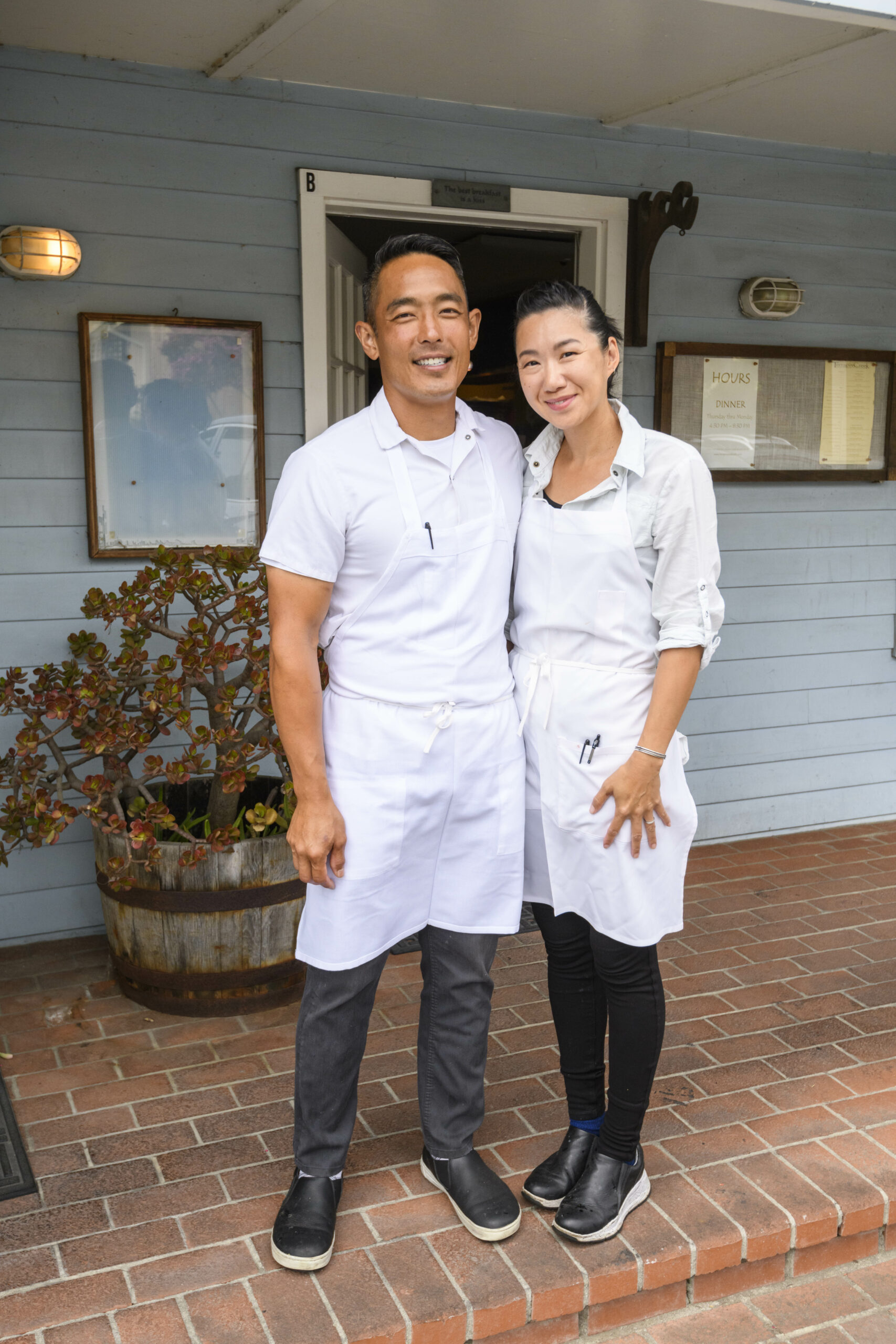
Truong and his wife Liya Lin have tried other oysters, but find Starbird’s are the best, especially served raw with a mignonette of shallots and Champagne vinaigrette. “The bed of his oysters is perfect. It’s meaty, but still really briny,” says Lin, who is working on a chocolate cake in the kitchen beside her husband. By this point, cooking side by side for 15 years, and raising three kids together back home, they finish each other’s sentences. “We don’t actually think anymore,” Truong jokes.
Over the years, the boom-and-bust restaurant scene on the coast has been as unpredictable as the fishing season, with frequent chef turnover up and down Highway 1. Truong and Lin’s Terrapin Creek has been the one constant. The couple, who met at the Culinary Institute in New York, paid their dues to the San Francisco restaurant scene before finding a former cafe and tackle shop in an unassuming strip mall just off Highway 1. It wasn’t on the water, but for a 45-seat cafe, the space seemed ideal — and fans arrived in droves.
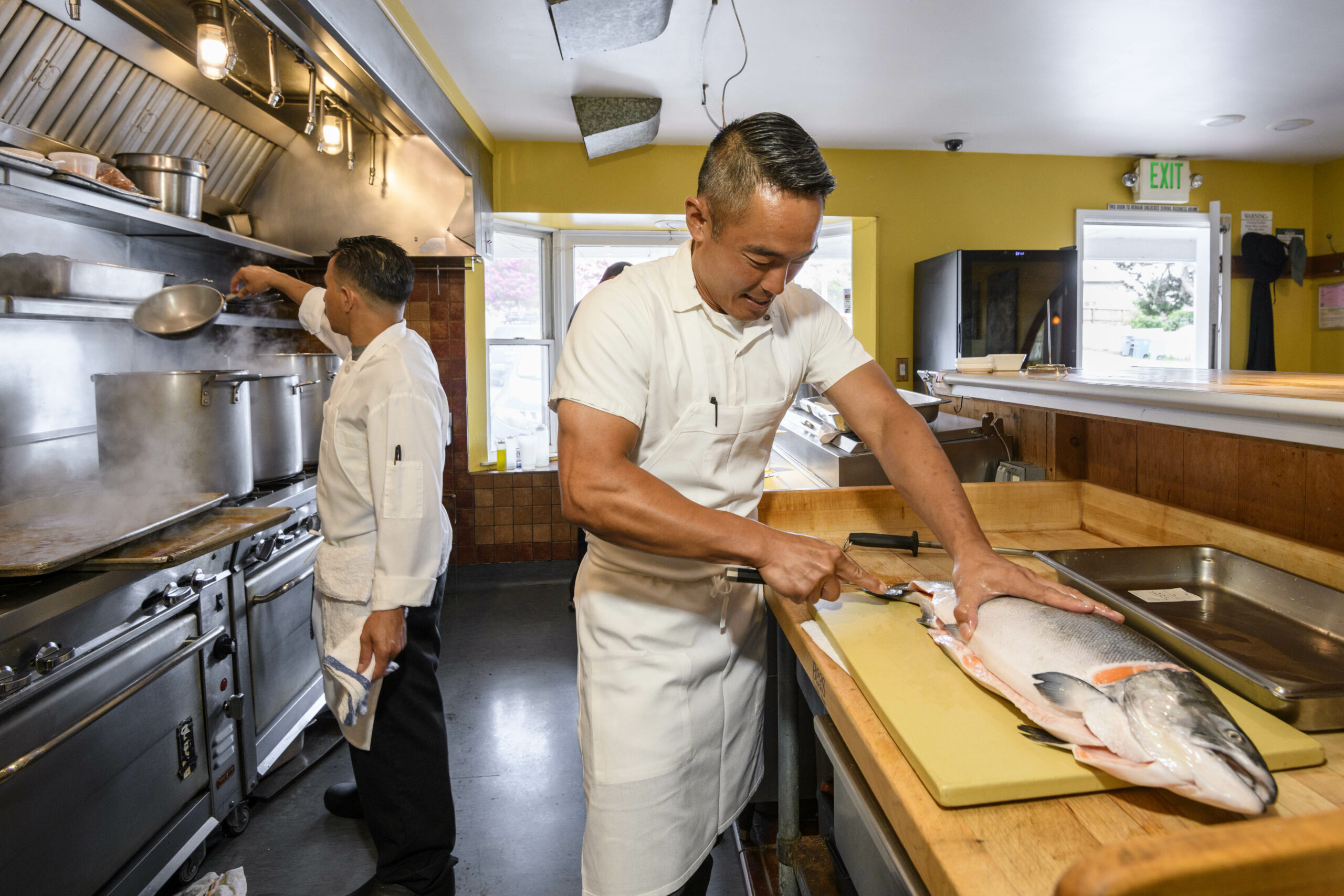
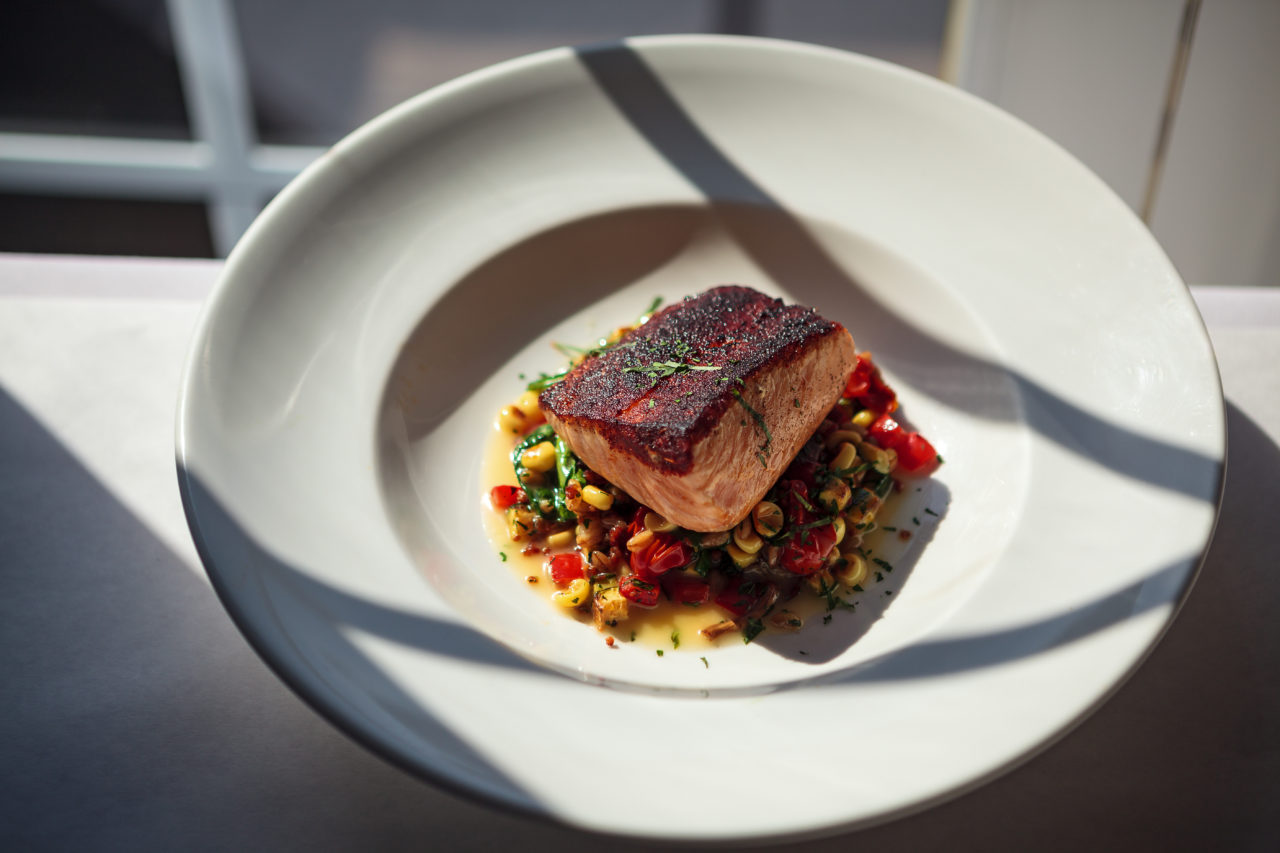
This time of year, rising above the summer salt and tang of shrimp pasta, Monterey sardines, crudo of hamachi, and scallops, one of the most popular seasonal dishes is also one of the simplest: a corn soup. It has only five ingredients — corn, yellow onions, garlic, butter, and salt. But once, when Truong tried to delegate it to another cook, it didn’t turn out the same, which means he’s stuck making it from now on.“I can’t complain,” he says, laughing.
Still working on her chocolate cake (with cream cheese frosting, toasted walnuts and coconut, vanilla bean and caramel sauce), Lin reaches for a tattered, taped-up recipe book that looks like a Harry Potter book of spells.
Truong jokes that it’s from the Pillsbury Doughboy era. “I’ve had this since we opened,” she says, clutching it like a prized treasure. “If I lose this, I’m screwed.”
“It’s the frugal Asian in her,” he jokes. And on they go, keeping up the kitchen banter that will continue well past closing time, and maybe even for another 15 years.
Top picks
Looking for a geographical Terrapin Creek on the map? Well, there’s not one, but as TERRAPIN CREEK CAFE co-owner Andrew Truong explains, “Turtles are very symbolic and lucky in Chinese culture” and “there is a little creek behind the restaurant,” so he and wife Liya Lin just put the two sentiments together. 1580 Eastshore Road, Bodega Bay. 707-875-2700, terrapincreekcafe.com
Executive chef Ronald Andrade at Timber Cove Resort’s COAST KITCHEN has been turning heads with his monthly five-course Winemaker Dinners series. On July 20, they’ll be teaming up with Saini Vineyards. $175 per person. 21780 Highway 1, Jenner. 707-8473231, coastkitchensonoma.com
At FORT ROSS WINERY, chef John Vong likes to mix up the seasonal menu to pair with Pinot and Chardonnay — the two varietals that grow beautifully in the 53-acre vineyard along the high coastal Pacific ridges. A recent highlight: coffee and rosemary-crusted pork tenderloin, green beans, black lentils, and a Pinotage gastrique. Tastings with small bites, $55 per person. 15725 Meyers Grade Road, Jenner. 707-847-3460, fortrossvineyard.com
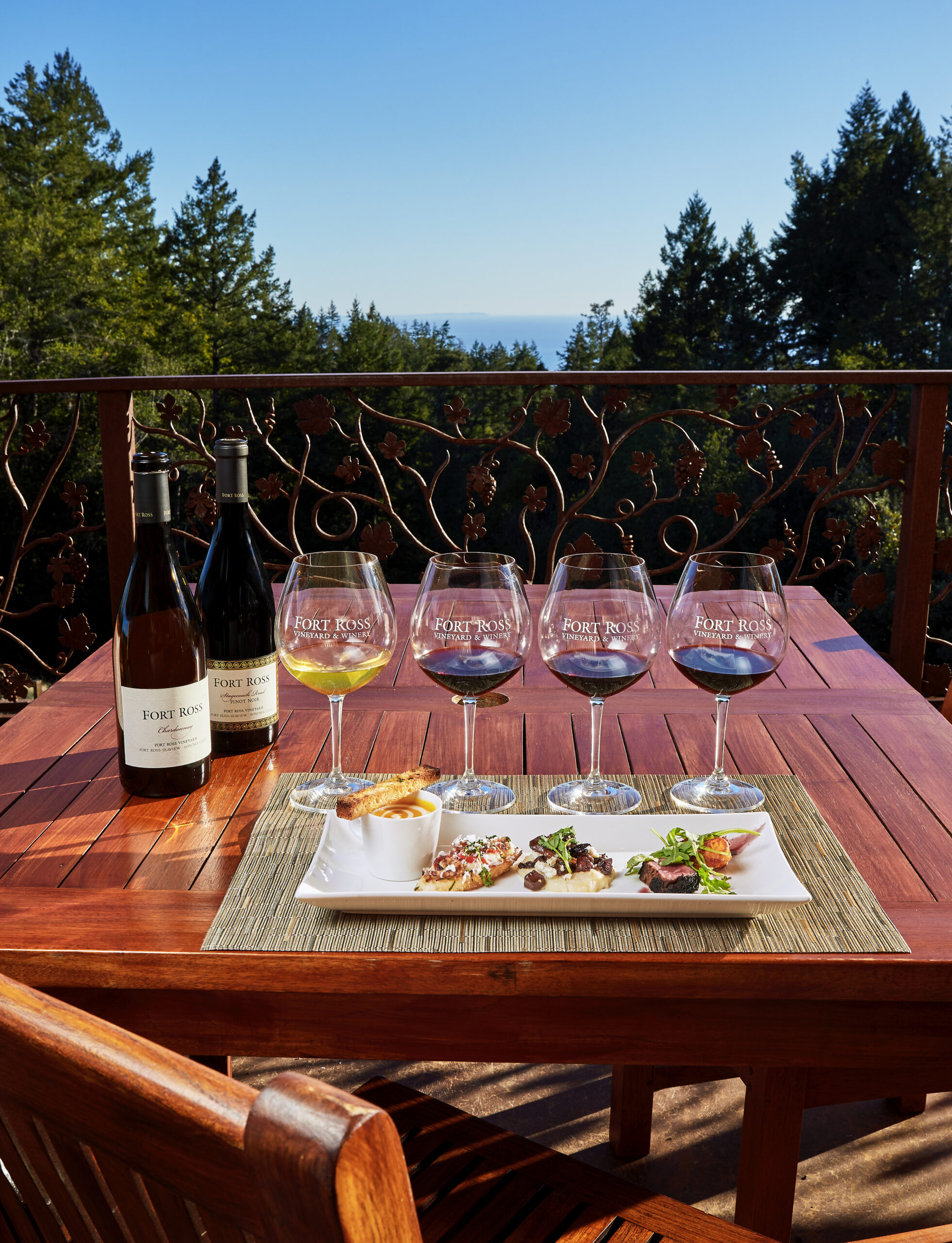
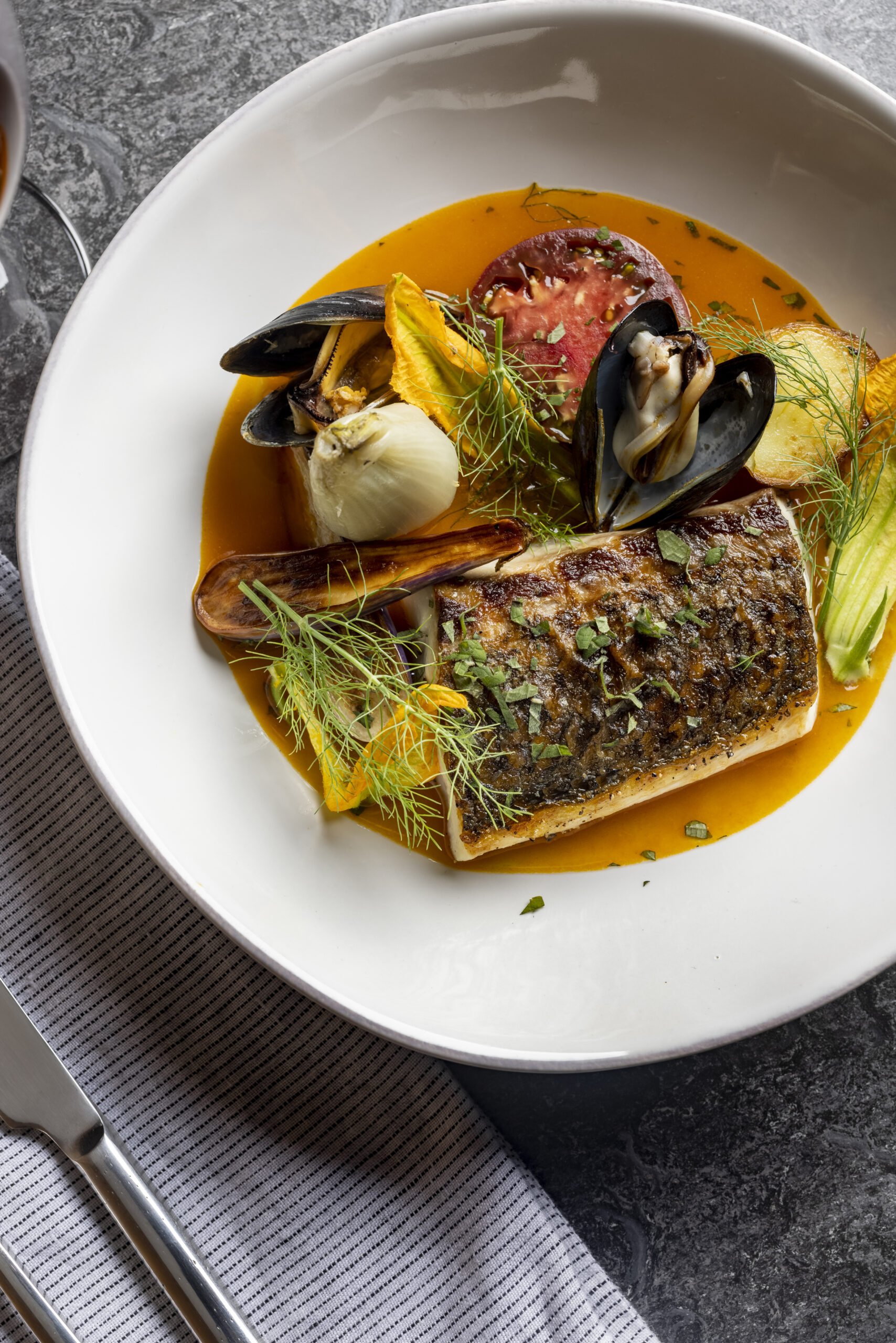
Even though salmon season is canceled this year, fishermen are still out fishing for rock cod and halibut. Stop at SPUD POINT MARINA for a walk around the boats and a bowl of clam chowder at Spud Point Crab Co.— and check out the fish counter for fresh seafood to take home. 1910 Westshore Road, Bodega Bay. 707875-9472, spudpointcrabco.com
You might think of the restaurant at THE SEA RANCH LODGE for seasonal seafood like ceviche and tempura black cod, but just in time for summer barbecue season the new BBQ 42000 is opening as part of a redesign of the café at the Sea Ranch Golf Links course. 42000 Highway 1, The Sea Ranch. 707-785-2468, thesearanchlodge.com
More top restaurant picks, from food writer Carey Sweet:
CAFÉ AQUATICA: Live music on a waterfront deck, from-scratch pastries, and yummy, organic bites with a good amount of vegan and gluten-free options—yes, please. We swoon over the toasted focaccia layered with avocado, arugula, everything seeds, poached egg, and smoked salmon. Owner Rachel Kulinski also wows with her rainbow sandwich piled with crispy cabbage, avocado, greens, beet spread, shredded carrots, sliced beets, pickles. 10439 Highway 1, Jenner. 707-865-2251, cafeaquaticajenner.com
ESTERO CAFE: The darling clapboard hideaway welcomes diners with delicious, all-day breakfast and lunch, crafted with ingredients from the surrounding area’s farms, ranches, and creameries. Owners Samantha and Ryan Ramey send out a fabulous chicken-fried chicken smothered in country gravy, with two eggs, golden hash browns, and greens (you’ll devour every last bit of the big dish), and thick grilled sandwiches with cheddar and Estero Gold cheese. Save room for pie. 14450 Highway 1, Valley Ford. 707-876-3333, esterocafe.com
FISHETARIAN FISH MARKET: Waterfront views are the perfect setting for a spot that specializes in seafood. This time of year, there’s usually halibut, calamari, rock fish, and clam chowder (get it with sweet corn mixed in and served in a gluten-free Mariposa Baking Company bread bowl). How fresh is fresh? Owner Shane Lucas comes from a long line of local fisher folk and sold seafood wholesale for more than two decades before launching his restaurant. 599 Highway 1, Bodega Bay. 707-875-9092, fishetarianfishmarket.com
ROCKER OYSTERFELLER’S: Set in the historic six-room Valley Ford Hotel built in 1864, this roadhouse restaurant starts with a saloon, outfitted with Tiffany lamps and a polished mahogany bar. It flows into a farmhouse dining room, then out to a patio populated by lots of cats (that’s west county charm). Dig into the Rocker signature: free-range fried chicken doused in bittersweet Lagunitas Ale-caraway gravy, then add a side of fluffy buttermilk biscuits slathered with molasses butter, plus an order of the best onion rings you’ll ever have (secret: the batter is housemade beignet dough). 14415 Highway 1, Valley Ford. 707-876-1983, rockeroysterfellers.com
Outdoor Adventures
With kayak guide Suki Waters
As she unmoors kayaks along the banks of the Russian River in Jenner, Suki Waters takes a moment to look across the water to Penny Island, watching a deer and her fawn walk along the shore before disappearing into the brush. “That’s perfect,” she says. “My name, Suki, means ‘a small deer.’ So I’m a water deer. People don’t realize that deer do swim.”
A few minutes later, we’re beaching our kayaks on the island and retracing fresh deer tracks in the mud flats, marveling at fawn prints half the size of the mother’s. Waters founded the kayak company WaterTreks EcoTours in Jenner to get students and visitors out on the water and teach them about the natural wonders of the Russian River estuary and ecosystem.
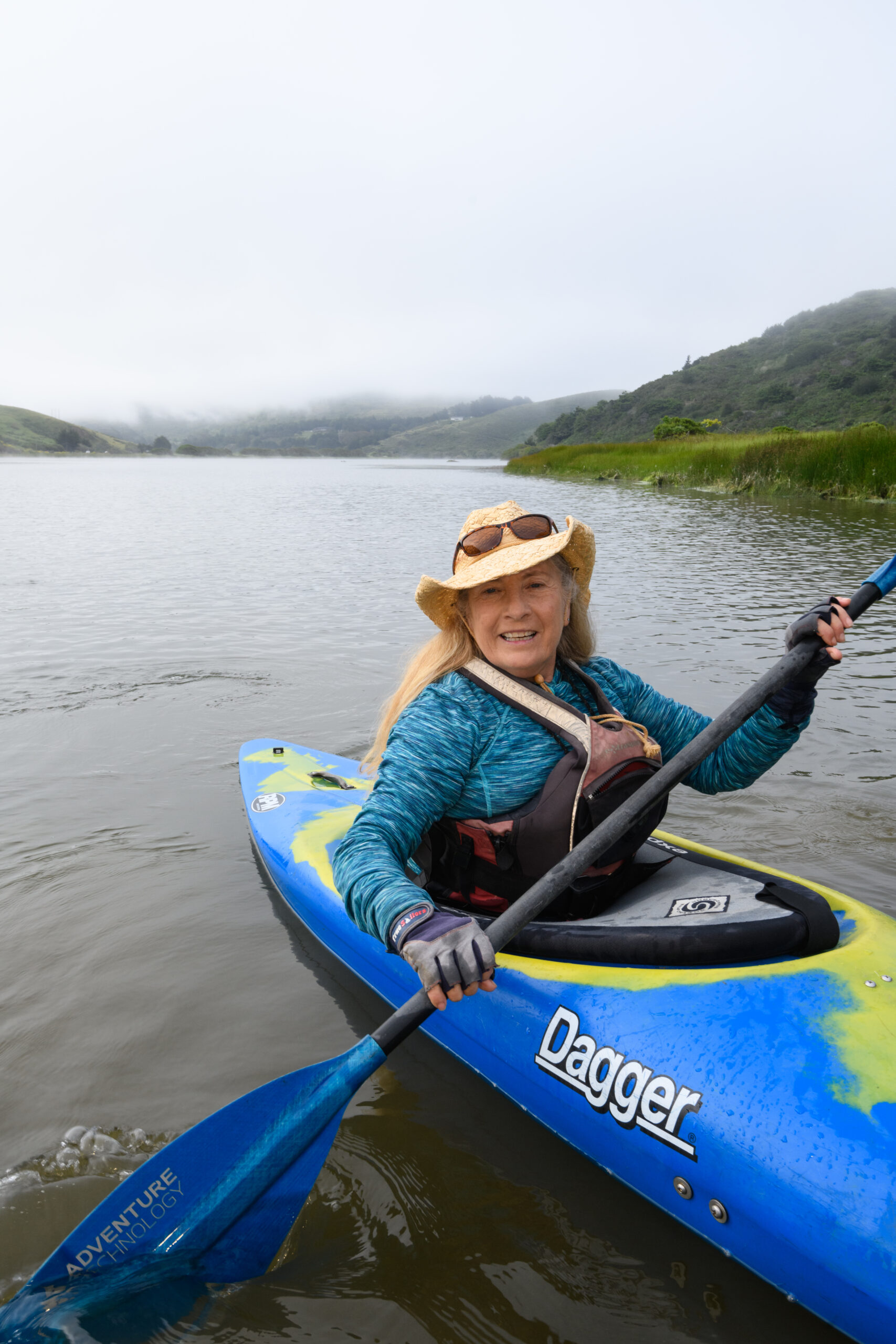
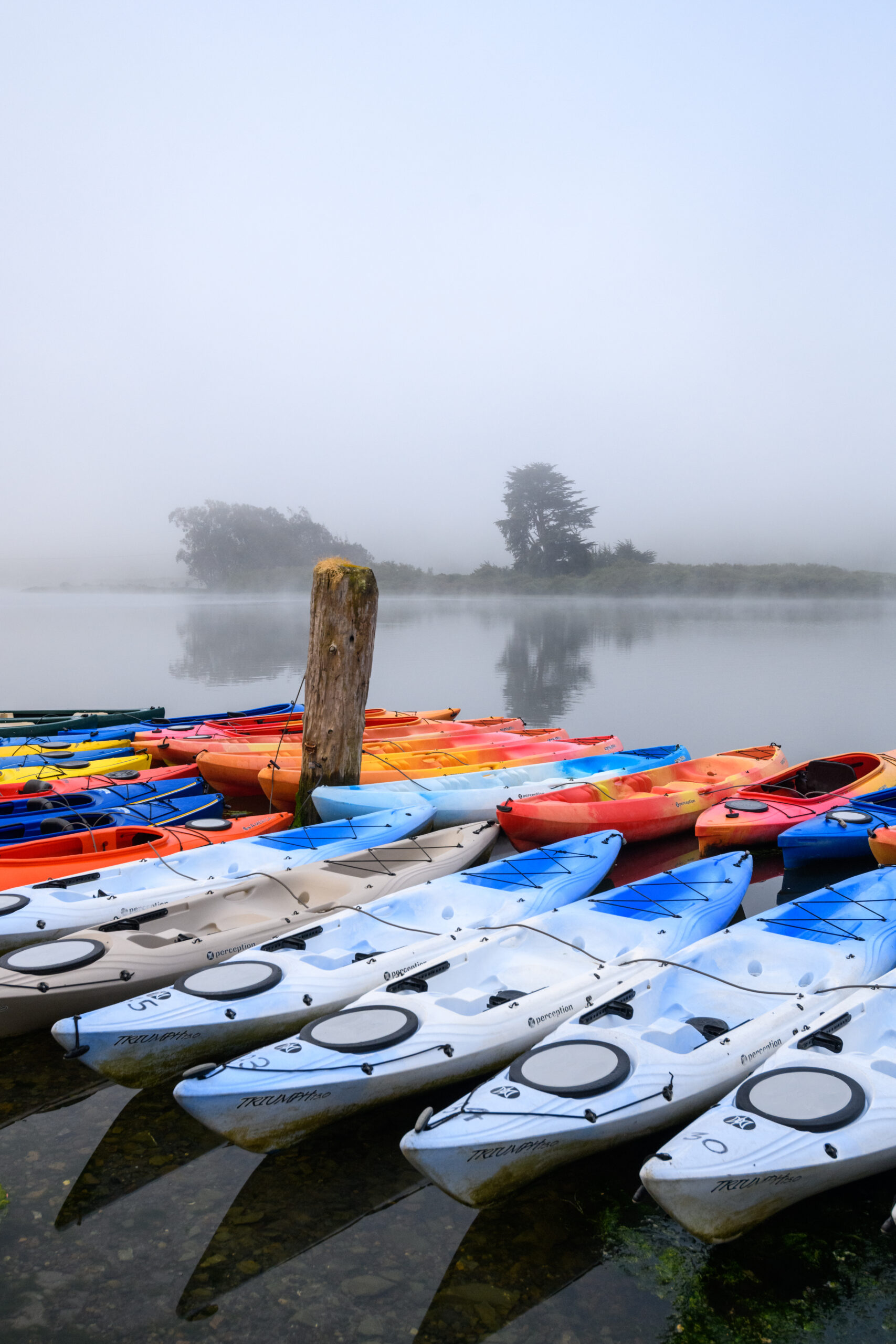
“Every summer this was my playground,” says Waters, a native Kashia Pomo with Scottish and Guamanian ancestry. As a child, Penny Island was where she harvested huckleberries and made jam, where she dug for clams with a coffee can, and where she caught eels in the river. Waters’ grandmother, who taught her how to harvest wild foods, was born in an Indigenous village on Goat Rock Beach in 1904. And her “Auntie Juanita” caught steelhead and salmon with her bare hands in Jenner Creek, fried them up, and sold them for lunch to workers in Jenner.
Later, as we paddle westward toward the river mouth, Waters points out seals and their pups sunning on the beach by the dozens. In the water, bobbing seal heads pop up for a quick glimpse at the boat and then dive under again. “Look, at 10 o’clock, there’s a young mother, a newborn baby and last year’s pup,” she says. “It’s a beautiful thing to see — these are generations here.”
In July and August, Waters leads popular nighttime bioluminescence tours, when tiny marine organisms called dinoflagellates emit mesmerizing blue and green flashes of light in the water. The natural phenomenon is so sensitive to movement in the water that every paddle stroke glows like a comet tail. “In really strong blooms, you’re throwing giant, glowing phosphorescent balls of light 30 feet behind the boat,” she says.
Near the end of the trip, as we paddle back to shore, Waters shares a story her grandmother once told her about a rock at the top of a cliff near the Jenner Bridge. A cleft in the rock makes it look like someone with a flat nose is looking upward with their mouth open. At just the right angle you can see a row of teeth and a tongue.
“It’s called The Skywatcher, and it sings to the stars,” she says. “And sometimes it sings during the day, when the wind is blowing just right.”
As a little girl, she would ask, “Grandma, what’s he saying?
“I don’t know,” her grandmother would tell her.“If he’s talking to you, he’s telling you something you need to hear. Not me. You’re the one that needs to listen.”
With each guided expedition, Waters is trying to reconnect paddlers with nature. In a sense, she says, like a child trying to hear The Skywatcher, we are the ones who need to listen and heed what nature is telling us.
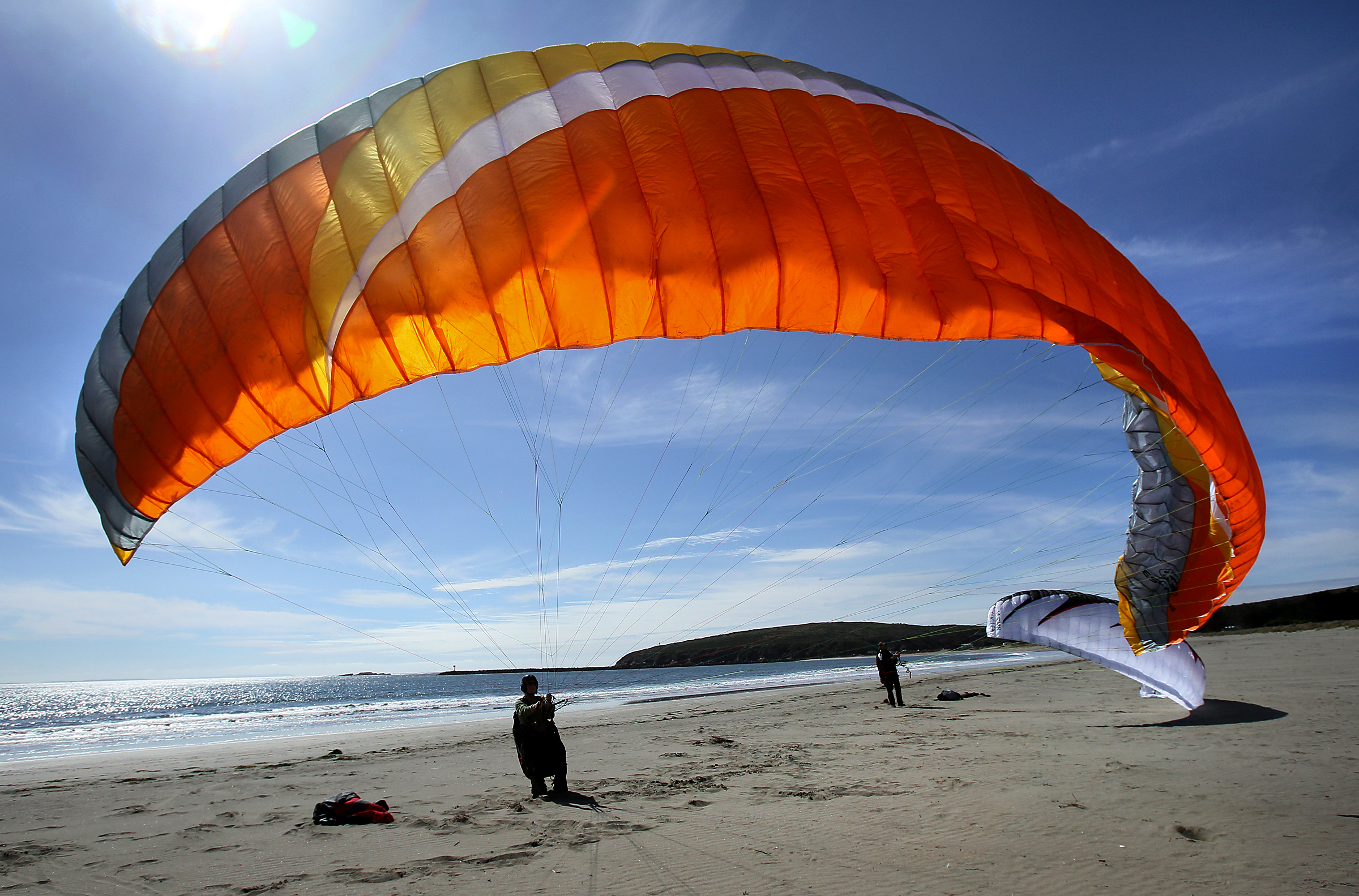
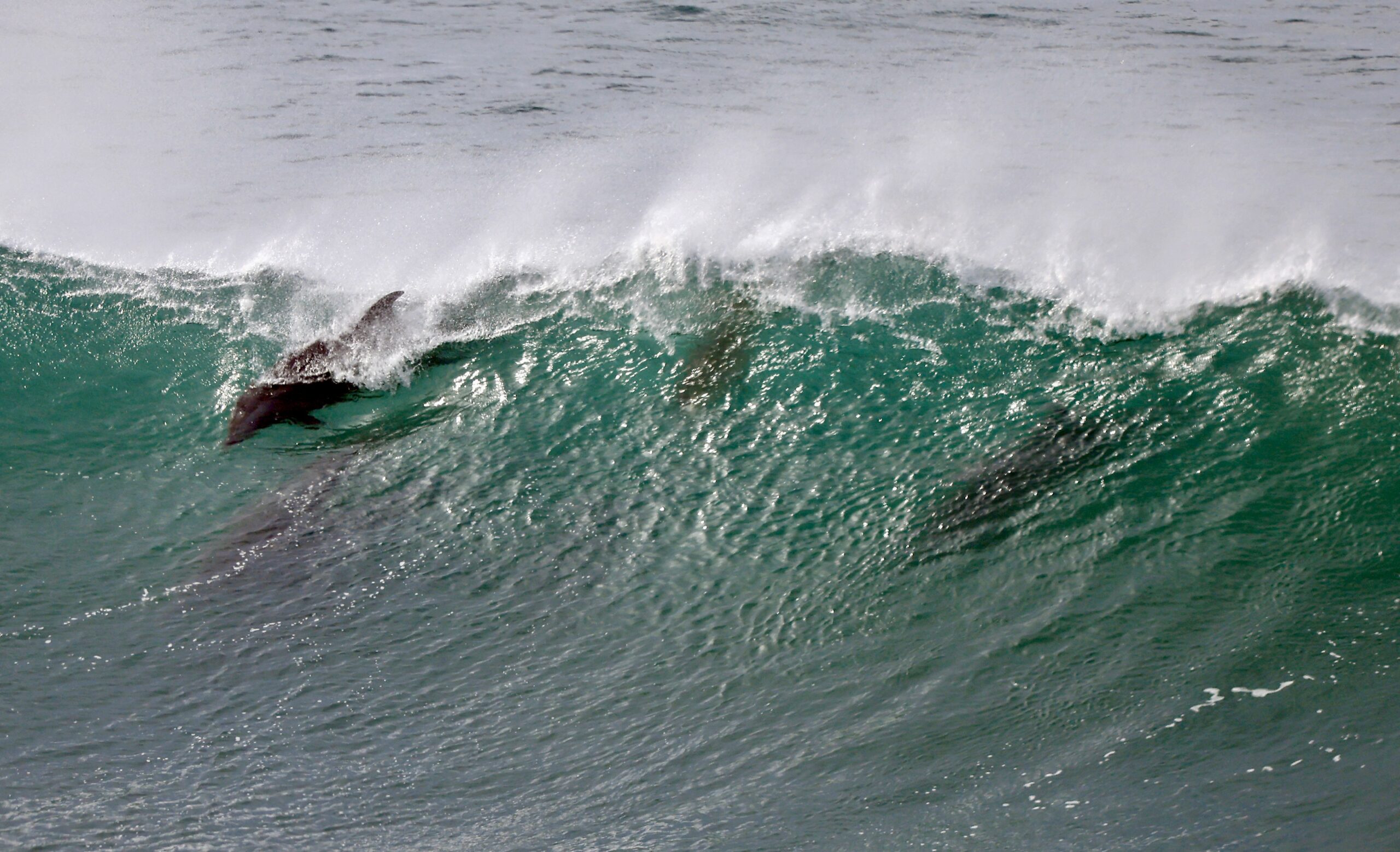
Top picks
Suki Waters’ WATERTREKS ECOTOURS is located in the Jenner “C” gas station, near Café Aquatica. Bioluminescence tours usually start around July 4 and and reach their zenith in mid-August. 10444 Hwy 1, Jenner. 707-865-2249, watertreks.com
The nine-hour, 15.6-mile hike up to the top of 2,204-foot POLE MOUNTAIN is worth it for the 360-degree panoramic views. Winding through redwood and Douglas fir forests, the hike is part of the vast network of Pole Mountain and Jenner Headlands preserves. 12001 Hwy. 1, Jenner. wildlandsconservancy.org/preserves/jennerheadlands
For experienced bicyclists up to the challenge, a ride descending from the summit of COLEMAN VALLEY ROAD, will make for an epic GoPro keepsake video. For something a little more beginner-friendly, check out Ace It! Bike Tours, offering four-hour Bodega hike and bike tours for $185 per person. aceitbiketours.com
Expert guide Kyle Monte of KAYAK FISHING SONOMA leads expeditions for rockfish, lingcod, and halibut in rigged-out, handsfree, pedal-powered kayaks off the coast of Fort Ross. $300 per person. kayakfishingsonoma.com
Want to see the coastline from a bird’s eye view? HELICO SONOMA offers thrilling helicopter tours over the coast, flying past the mouth of the Russian River and southward over the dunes of Bodega Bay. Flights take off from the Sonoma County Airport in Windsor. $175 per person for roughly 30-minute flights. 707-526-8949, helicosonoma.com
Art & Culture
With painter Joe Ferriso
Take a walk in the woods with artist Joe Ferriso, and you can see why he fled the Bay Area for the Sea Ranch three years ago. At one point, as he’s walking under a fallen log, he poses for a photo, straining to make it look like he’s supporting the mossy trunk with one hand. It’s the same playful nature that brightens his paintings.
“I can hear myself think out here,” Ferriso says. Coastal light often dictates where he roams on daily sojourns. If it’s cloudy by the ocean, he might walk down into the river valley where it’s sunny. He always carries a sketch book.
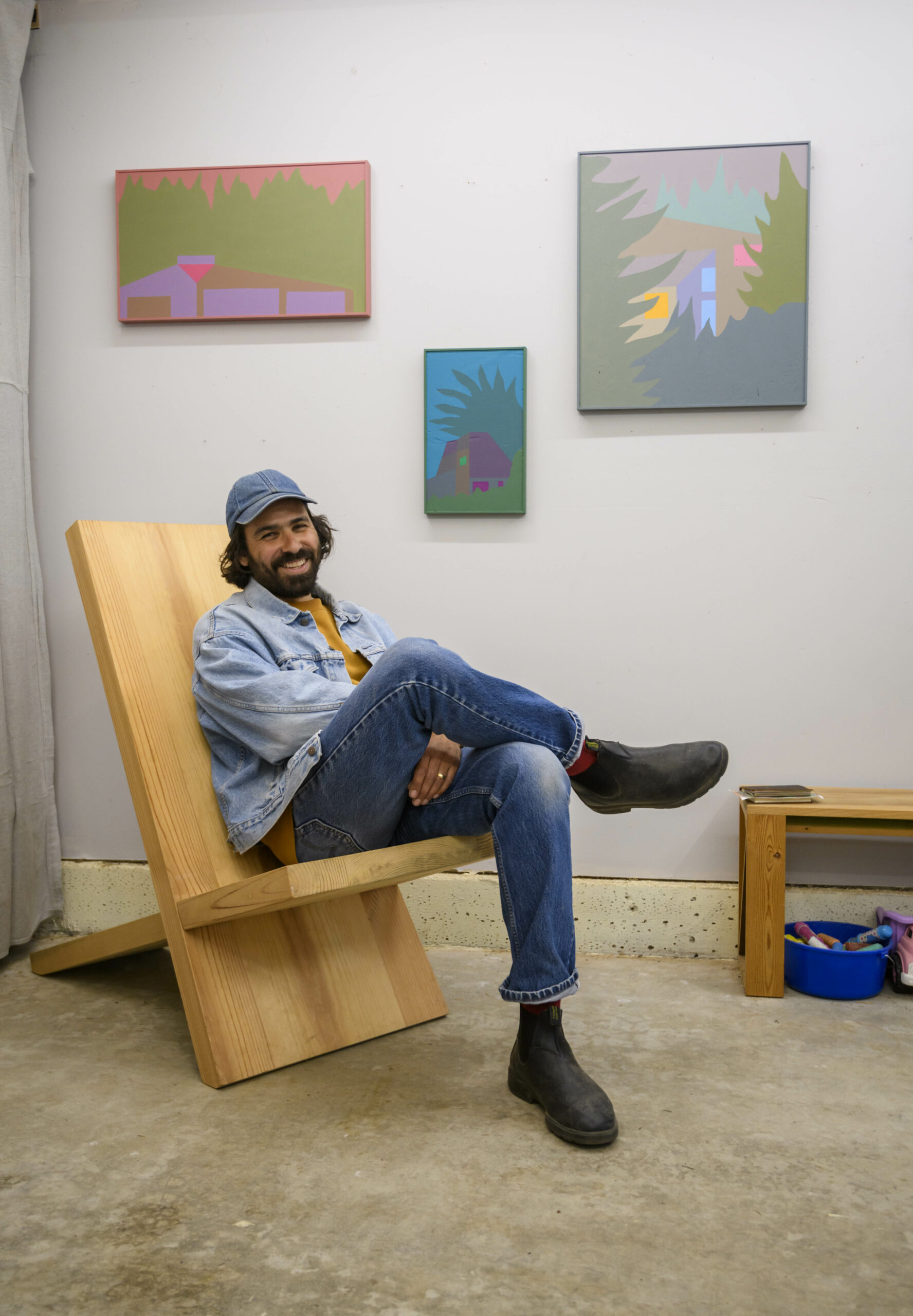
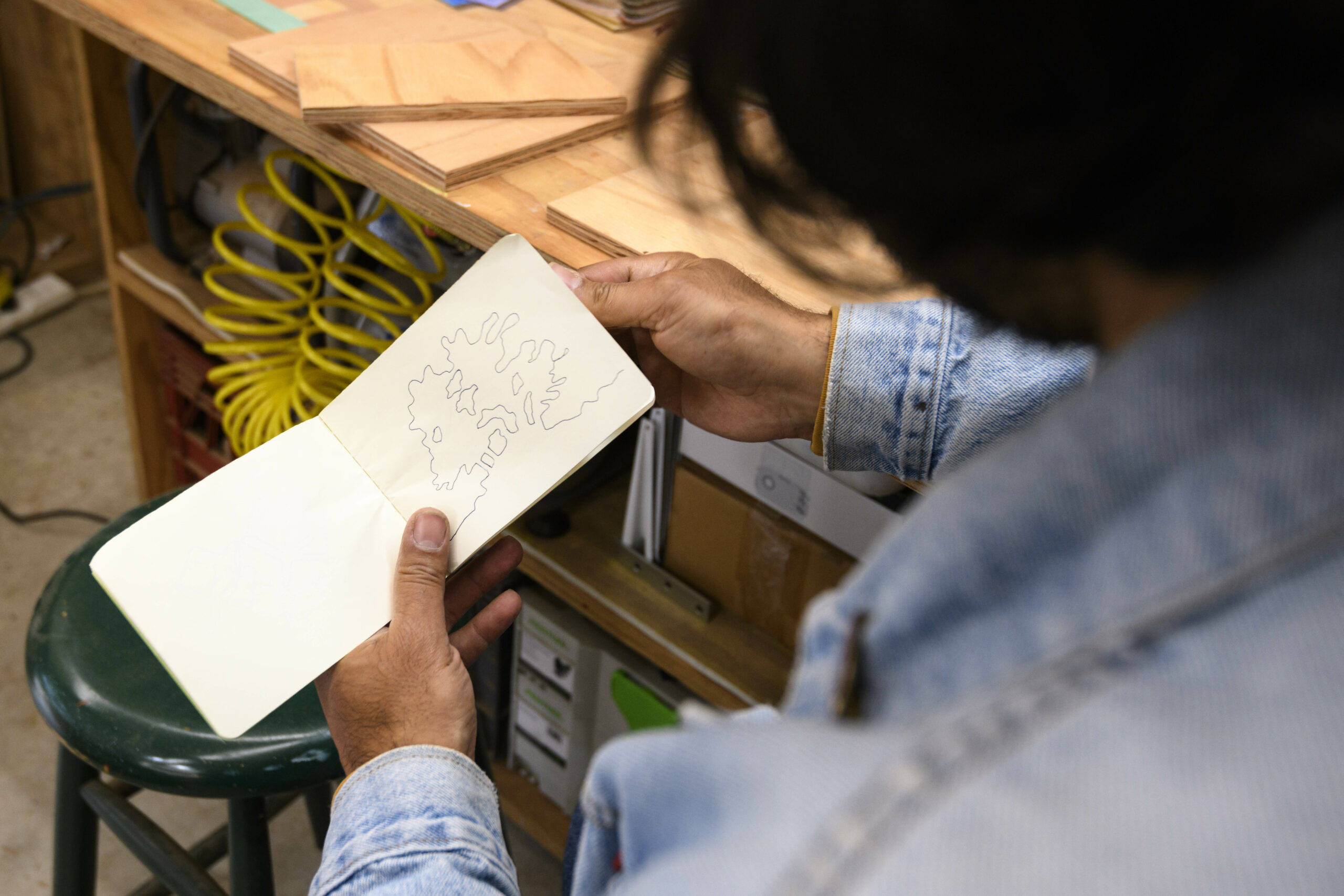
This morning, he hikes along a canopied redwood forest trail near the Gualala River. As he passes a vernal pool surrounded by ferns and green mossy trunks, it seems like something he might draw or paint in watercolor. He shakes his head no.
“I just look at this and think, I have nothing to add to this,” Ferriso says. But on regular walks past stark, angular Sea Ranch houses, designed to blend into the landscape in their neutral weathered greys and wooded browns, Ferriso has plenty to add, creating an alternate Sea Ranch universe that comes alive in bright pink houses, electric green skies, and powder blue meadows. “It just feels like they want to be inverted and subverted and filled with color,” he says.
Ferriso’s medium is leftover latex house paint, poured from orphan quart cans he adopts, whether “mis-tints” at hardware stores or from friends and neighbors eager to clear out their garages. They’re perfectly suited for painting houses—but the vibrant hues would get you in serious hot water if you actually applied them to a house in the Sea Ranch, where even exterior wood stains have to be approved.
It turns out, though, that Ferriso’s paintings are just the shot of color and whimsy residents needed in the Sea Ranch, where the average age is in the mid-60s. By turning the aesthetic inside out, Ferriso turned on new legions of fans and buyers. Since a show in April at The Sea Ranch Lodge, he’s sold over 50 paintings. The Sea Ranch Lodge even sells a scarf emblazoned with one of his colorful houses.
A phrase he often returns to is “this will be an adventure.” It’s what the Long Island native said in 2009 when he left Manhattan for San Francisco, where he founded the furniture-art business Anzfer Farms. After getting an MFA at Stanford, he and his wife were raising a newborn and renting in Piedmont when the pandemic hit. Once again, “this will be an adventure” was on the tip of his tongue as they drove up Highway 1, looking at houses.
Living on the coast has been an artistic awakening. “The weather affects my work,” he explains. “But also the natural colors that are here, the flora and fauna. There are all these rich colors that are maybe not so evident unless you’re looking for them.”
“I’m kind of super-imposing some of that onto the houses as a play to see what the emotional resonance is. I know color affects people emotionally, so I’m kind of playing my own experiment. If I didn’t have a curiosity about it, it wouldn’t be fun to make them. The fun comes from saying, ‘What if this house is pink and the sky is green?’” Near the end of a hike, as Ferriso talks about the colorful sunsets that paint Sea Ranch windows purple and pink at dusk, he comes around a bend that opens onto a meadow of twinkling blue forget-me-nots. “Now, look at that,” he says, almost beaming. “Who says there’s no color at Sea Ranch?”
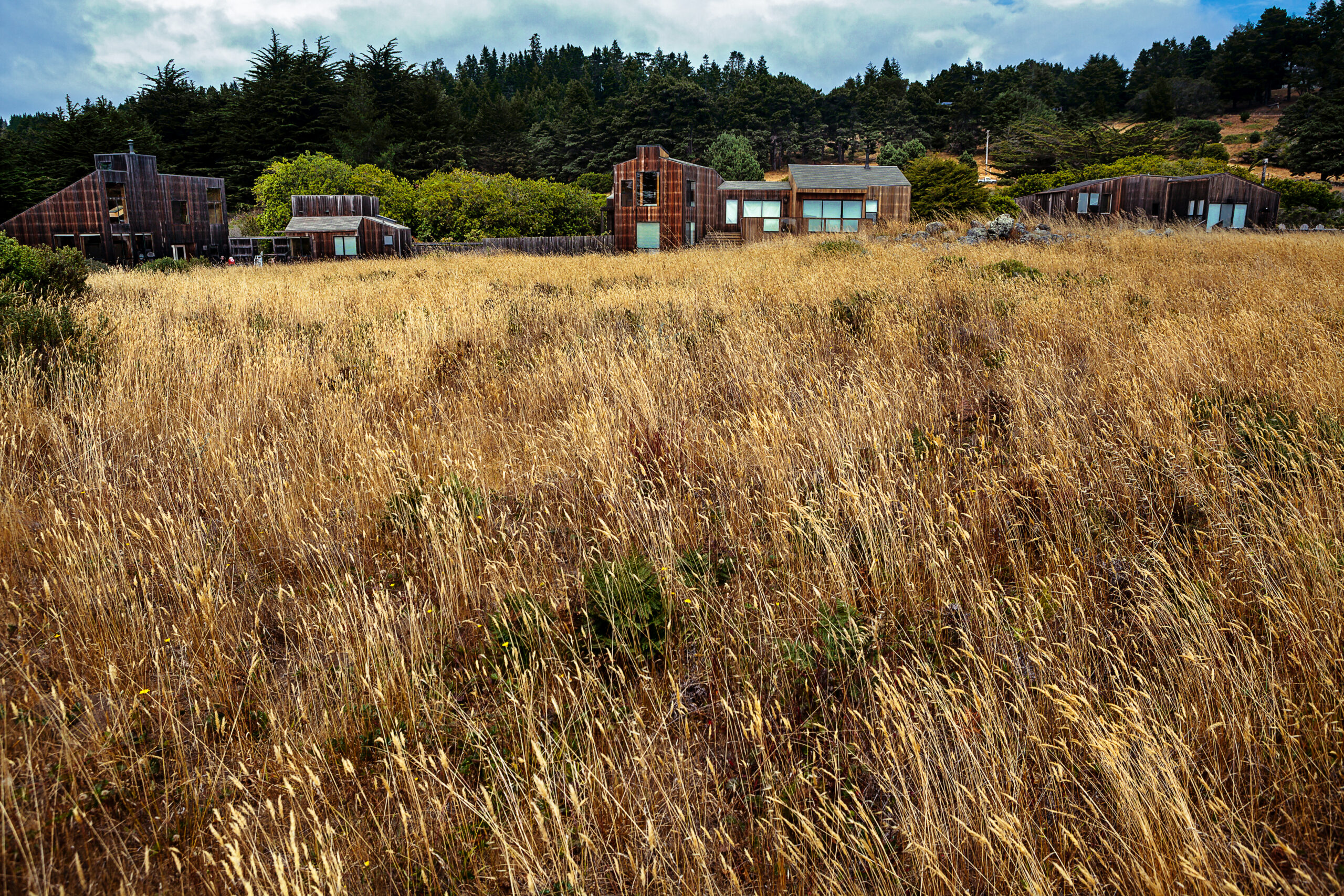
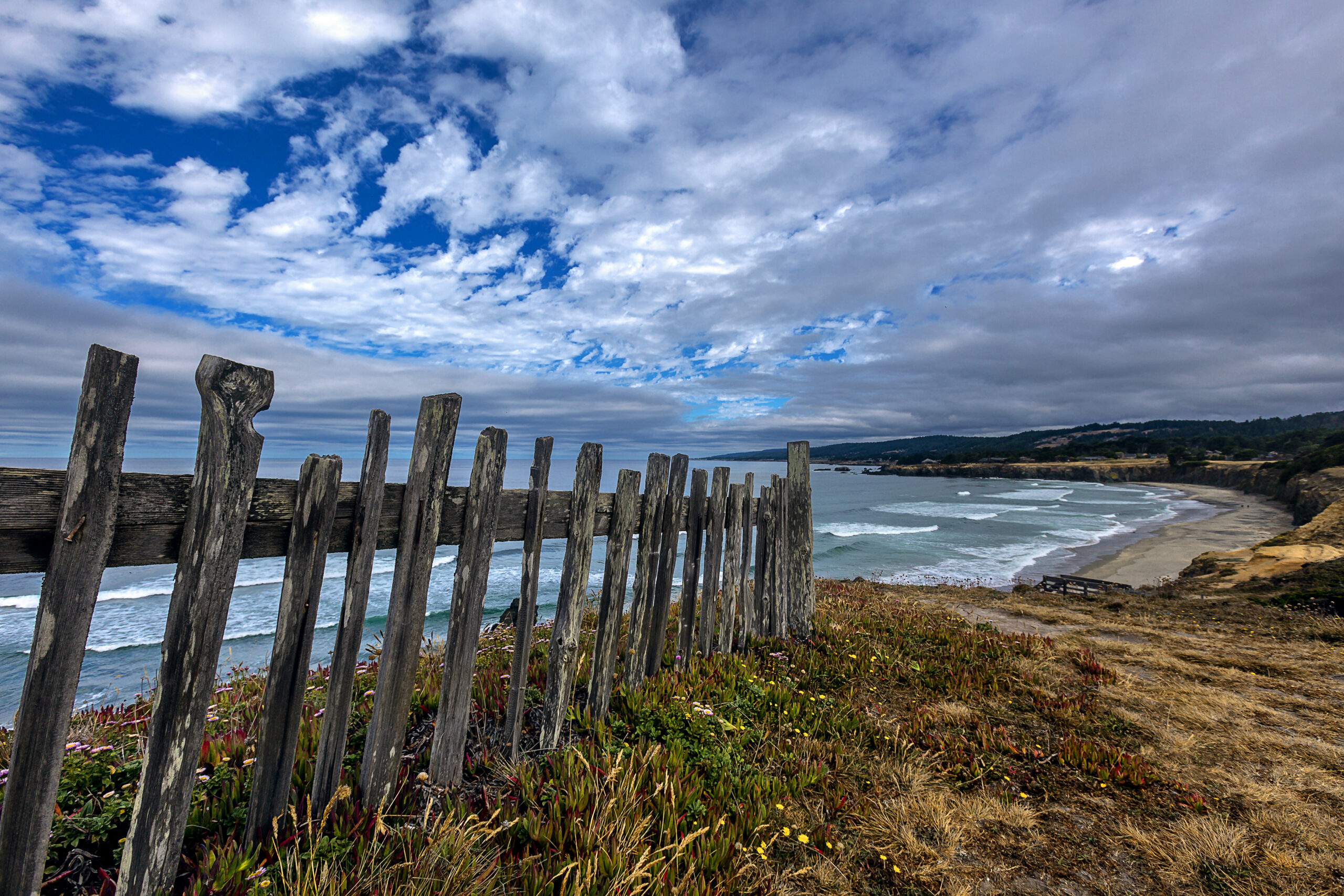
Top picks
Check out the artwork of Sea Ranch resident JOE FERRISO on Instagram @joeferriso. Employing his woodworking skills, Ferriso also makes and sells maple building-block sets called “Jafies Joiners” (jafies.com), which have been kid-tested and approved by his 3-year-old daughter, Violet. joeferriso.com
Just standing in the DODRILL GALLERY in Bodega is an adventure unto itself. Each photo draws you in with limitless depth as light layers cascading hills into the distance or reveals secret tunnels along the coastline. It’s quite possibly the only spot in Sonoma County that can transport you to the coast without actually traveling there. Jerry Dodrill also teaches world-class workshops from Greenland to Patagonia. Dodrill Gallery, 17175 Bodega Hwy., Bodega. 707-377-4732, jerrydodrill.photoshelter.com
Often called “the Hobbit House,” the SEA RANCH CHAPEL is a stunning architectural feat to behold and well worth a stop along Highway 1 as you’re driving through the Sea Ranch. Built by architect James Hubbell in 1985, the allure of this nondenominational sanctuary lies in beautiful stained-glass windows, a natural stone floor, intricate metalwork, and a ceiling embedded with local sea shells and sea urchins. Open 365 days a year, from sunrise to sunset. 40033 Hwy. 1, The Sea Ranch. thesearanchchapel.org
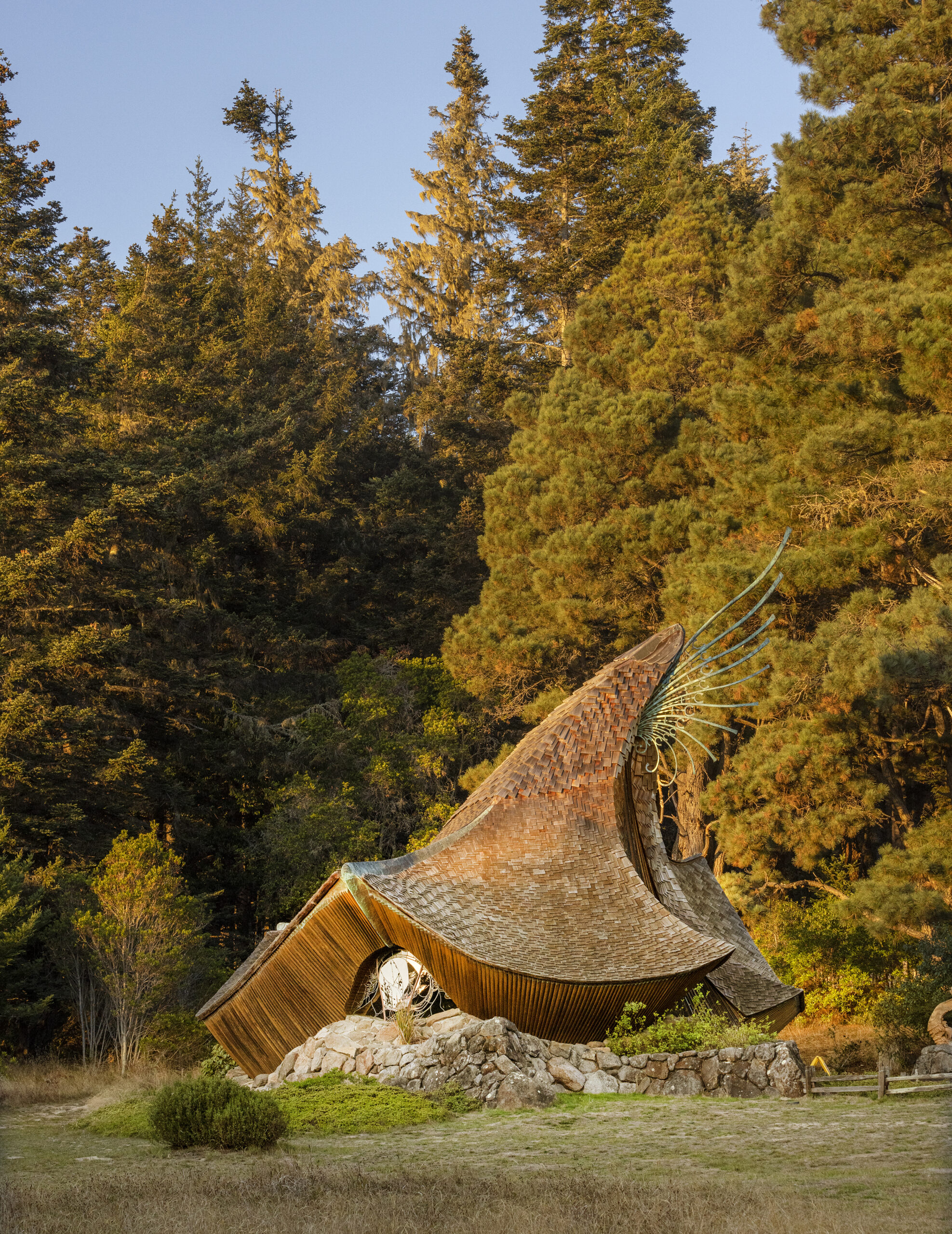

The 93-foot-tall PEACE TOTEM rising above Timber Cove Resort along Highway 1 is a reminder that many of the dreams of peace in the ‘60s are still alive and well today. Also known as “Madonna of Peace” and “The Expanding Universe,” the towering 20-ton obelisk was competed in 1970 by sculptor Beniamino Bufano just before he died. It lies at the center of a 60-foot circular state park, the second smallest in California (the smallest being Watts Towers of Simon Rodia State Historic Park). parks.ca.gov
Nature
With ocean educator Ellie Fairbairn
Ellie Fairbairn finds her daily interaction with the coast and its creatures to be therapeutic. “It’s that good feeling of feeling small,” she says. “And of being surrounded by this expanse, this pure wildness.”
The former cell biologist, who grew up in suburban Wisconsin and didn’t even see the ocean for the first time until she was 12 years old, is now the director of education and outreach at the UC Davis Coastal and Marine Sciences Institute’s Bodega Marine Laboratory, working with scientists who study the teeming biology along this remote section of coast.
Fairbairn is part of a tight-knit community of nature lovers, artists, and seekers—she believes this remote section of coastline “self-selects” for many of the characters who wind up there.
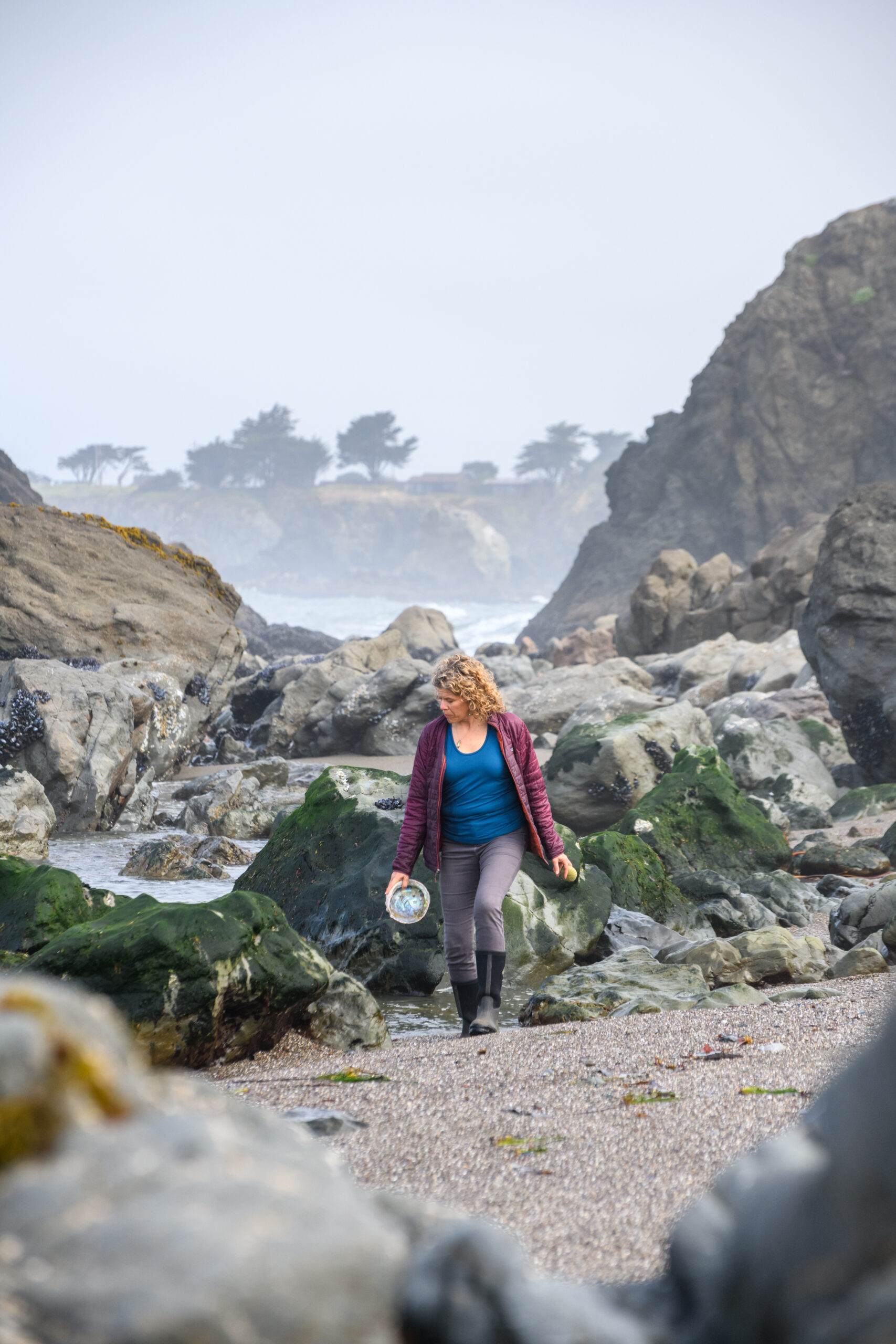
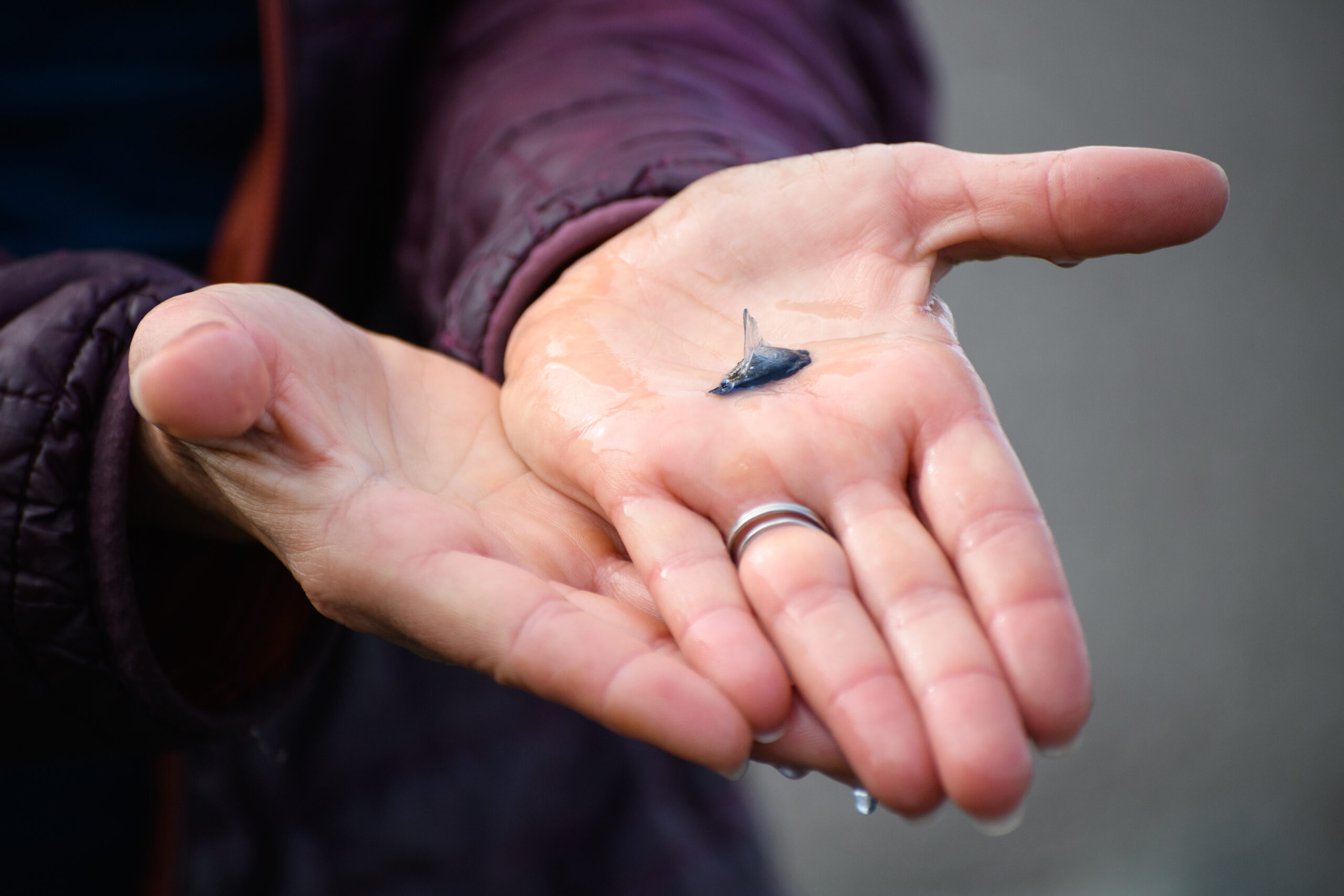
At low tide on a weekday morning at Schoolhouse Beach, the briny smell of marine life hangs in the breeze as waves crash into barrier rocks sheltering the tidepools. Bounding from pool to pool in knee-high boots, Fairbairn is very much in her element. It doesn’t take long before she reaches into a tidepool to pull out a colorful, blue-tinted jelly that looks like something you might find in a bag of gummy candies.
“It’s a By-the-Wind Sailor,” she says, holding it flat in her palm. Also known by its scientific name, Velella velella, the inch-long organism has an upright flap that acts like a sail to propel it across the water, like a gelatinous blue sun dial posing as a sailboat. On windy days, they’ll wash up onshore by the hundreds.
“I love tidepool picking, just wandering around and looking under rocks to see what’s out there,” she says, standing on the edge of a pool ringed with green anemones and immovable pink and purple starfish. “It kind of turns everybody into their inner child again.”
As she explores the rippling pools, rich with red, brown, and green algae and different kinds of kelp, she’s encouraged by an ochre sea star she sees clinging to a rock. “They were really hit hard by sea star wasting disease, but they’ve come back well in the last couple of years,” she says. Seeing the sea star is a small, positive sign after a troubling warm mass of water led to a steep decline in bull kelp forests and an unhealthy rise in the population of sea urchins. Sea stars are an important predator of sea urchins.
“The big sunflower stars are near threatened and may be going on extinction lists locally,” Fairbairn says. “We think we lost 99 percent of those locally.”
As she moves from one pool to another, something else catches her eye, and she reaches in up to her elbow to pull out a squirming rock crab. “I don’t recommend this for everyone unless you like getting pinched,” she says, holding up the spidery crustacean by its black-tipped claws.
Back on the beach, she tells the story of a six-month spell she spent landlocked. “The first time I saw the ocean after that, I cried. I didn’t see it coming, but I came over this hill and saw the water and tears just started flowing. I would find it hard to imagine being away from the ocean now.”
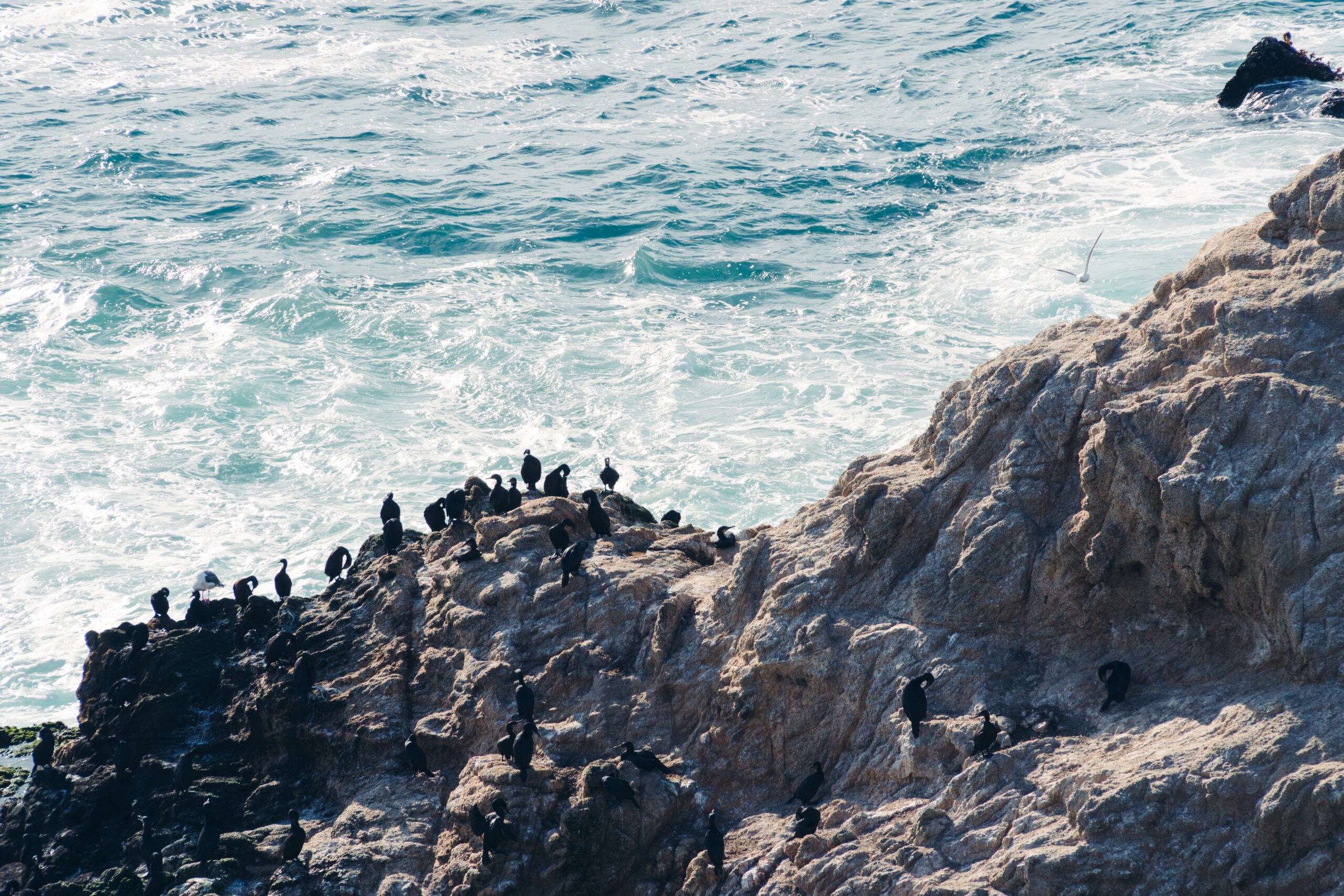
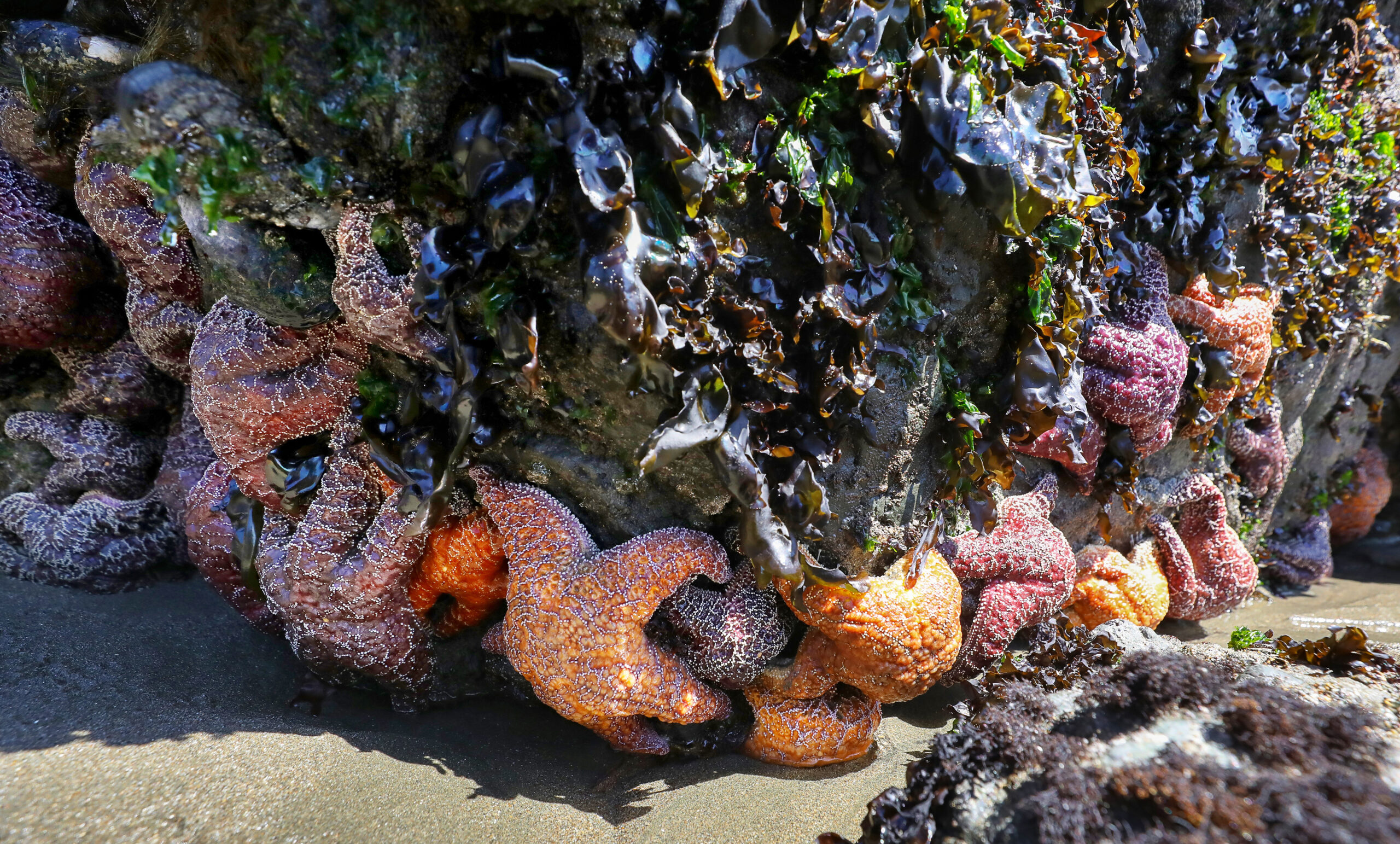
Top picks
Public tours of the BODEGA MARINE LABORATORY are offered every Friday afternoon. Check out marinescience.ucdavis.edu/bml to reserve a spot in advance. Also, Ellie Fairbairn hosts a Science Uncorked series paring scientific talks with wine tastings at Gourmet Au Bay, 1412 Bay Flat Road, Bodega Bay. Find out more at gourmetaubay.com or email scienceuncorked@gmail.com.
North of Bodega Bay, more than a dozen beach pullouts along Highway 1 offer excellent tidepooling. Fairbairn likes this stretch of the coast because it’s accessible to visitors, and several of her colleagues have done research here over the years. GERSTLE COVE STATE MARINE RESERVE in Salt Point State Park and Shell Beach, three miles south of Jenner, are also promising destinations. Tidepooling doesn’t call for much: just a curious mind and a willingness to slow down. To be safe, check conditions first and don’t turn your back on the waves. A small guidebook, such as Ron Russo and Pam Olhausen’s “Pacific Intertidal Life” can help identify what you see.
“Forest bathing is not a hike, but rather a slow, mindful walk in nature,” says Jenny Harrow-Keeler, a Sonoma County certified nature therapy guide. One of her favorite spots for forest bathing along the coast is KRUSE RHODODENDRON STATE PARK. “It’s not a huge hiking or mountain biking destination. It feels like a hidden gem along the Sonoma Coast and is a perfect spot to escape the hustle and bustle of life and tune into the healing power of nature,” says Harrow-Keeler. ecowisdomwellness.com
Ever have an ocean shell therapy massage, one with alternating warm and cool shells to soothe muscles and relieve inflammation? It’s one of many luxe treatments offered at the LODGE AT BODEGA BAY. Also check out yoga, pilates, and meditation sessions. 103 Highway 1, Bodega Bay. 707-875-3525. lodgeatbodegabay.com
Beautiful STARCROSS MONASTIC COMMUNITY is a 15-minute drive inland from Sea Ranch. Every Friday afternoon, visitors can walk the 90-acre property, reconnect with nature, and learn more about this remote interfaith monastery. Their farmstand, where visitors can purchase homemade olive oil and farm produce, is open daily. During the summer, Starcross offers $5 all-you-can-pick blackberries. Bring a lunch; it’s a popular spot for family picnics. Starcross founding member Julie DeRossi says a quiet, meditative nature outing at the monastery can help guests slow down and be present. “It’s a complete sensory experience. When you’re in the olive grove or in the forest among the redwoods, you’re surrounded by and part of something that’s so much bigger than your little preoccupations. It just shifts your mindset.” 34500 Annapolis Road, Annapolis. 707-886-1919, starcross.org

Where to Stay at the Coast
Built in the late 1800s, DILLON BEACH RESORT features a handful of quaint cabins on the beach at the mouth of Tomales Bay on the Sonoma-Marin County line. 1 Beach Ave., Dillon Beach. 707-878-3030, dillonbeachresort.com
Perched just up the hill from the Tides Wharf & Restaurant, where Alfred Hitchcock’s “The Birds” plays on loop 24/7 in the lobby, THE INN AT THE TIDES features 85 rooms and a spacious pool. 800 Hwy. 1, Bodega Bay. 707-875-2751, innatthetides.com
Overlooking untouched marshlands and the dunes of Doran Beach, THE LODGE AT BODEGA BAY offers seasonal fine dining at Drakes Sonoma Coast and plenty of options for spa treatments and fitness classes. 103 Hwy. 1, Bodega Bay. 707-875-3525, lodgeatbodegabay.com
Come for the view and a delicious sunset meal, perched atop the mouth of the Russian River, and stay for the night at RIVER’S END, where the vintage cabins promise a “luxe unplugged experience” with “no Wi-Fi, no newspapers, no outside distractions.” 11048 Hwy. 1, Jenner. 707-865-2484, ilovesunsets.com
A perfect spot for watching migrating whales, FORT ROSS LODGE is an ideal jumping off point for exploring Fort Ross State Park, Stillwater Cove, and Salt Point State Park. And in case you want to cook up the fresh fish you caught that day, every room has a grill on the patio. 20706 Hwy. 1, Jenner. 707-847-3333, fortrosslodge.com
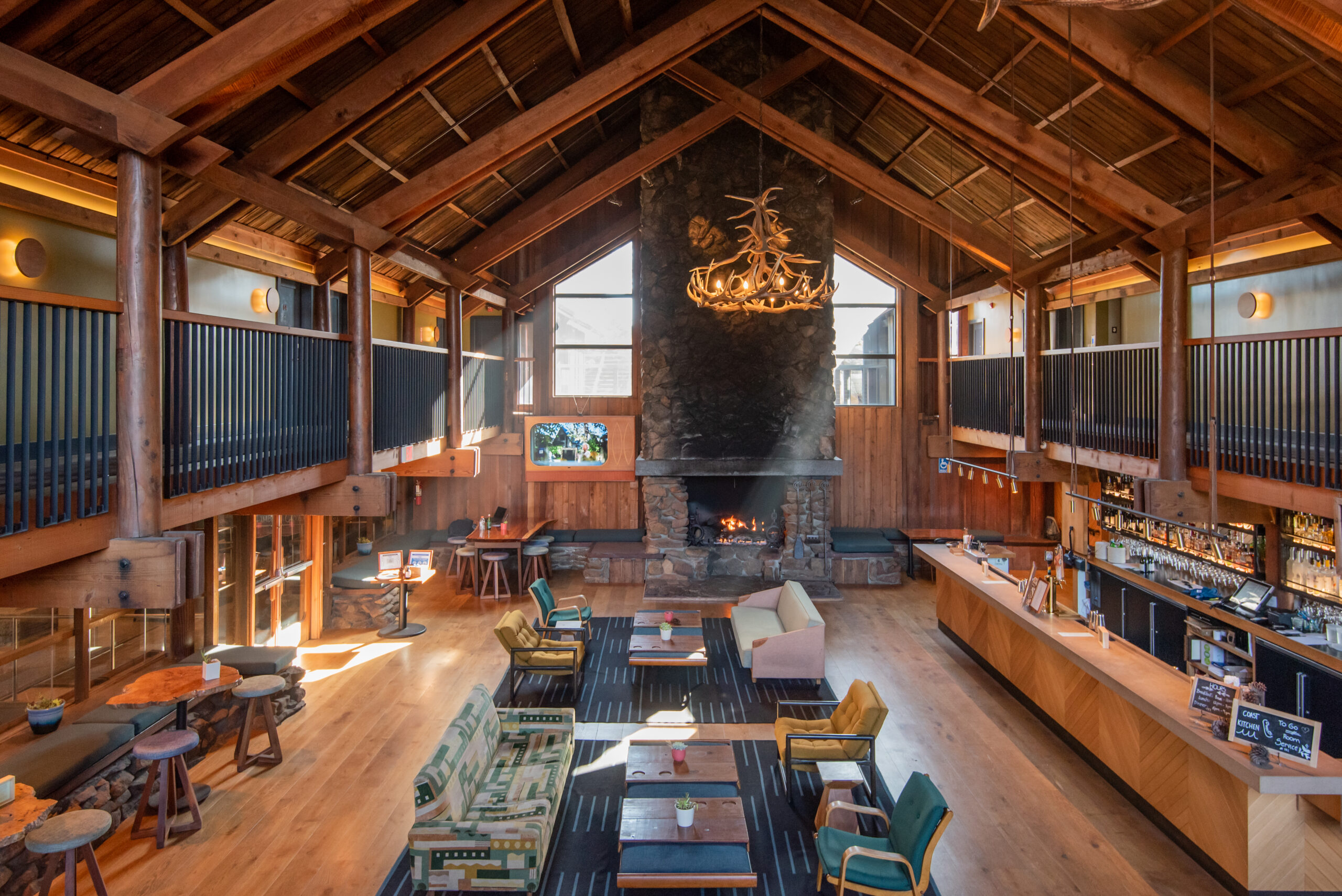
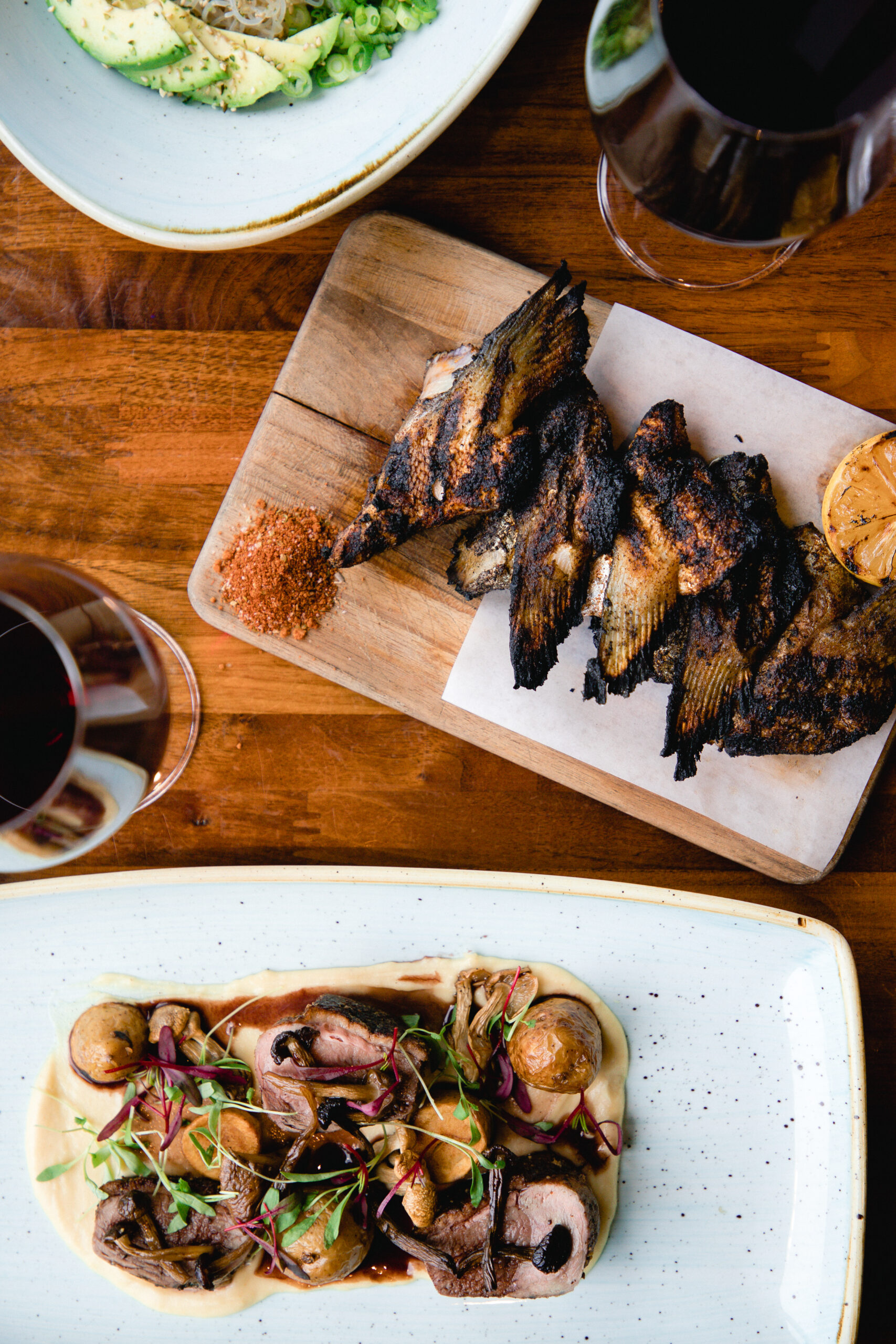
Built in 1963 and renovated in 2016, TIMBER COVE RESORT prides itself on rest, relaxation and meditation. Bonus: Every room boasts a record player and vinyl records to choose from. Breakfast, lunch and dinner are taken care of in the Coast Kitchen. 21780 Hwy. 1, Jenner. 707-847-3231, timbercoveresort.com
The bustling hub of Sea Ranch village, recently renovated THE SEA RANCH LODGE is one of the oldest buildings, featuring a general store, cafe, dining room, and post office – and every excuse to walk along the bluffs and start your seascape sojourn. 60 Sea Walk Drive, The Sea Ranch. 707-579-9777, thesearanchlodge.com
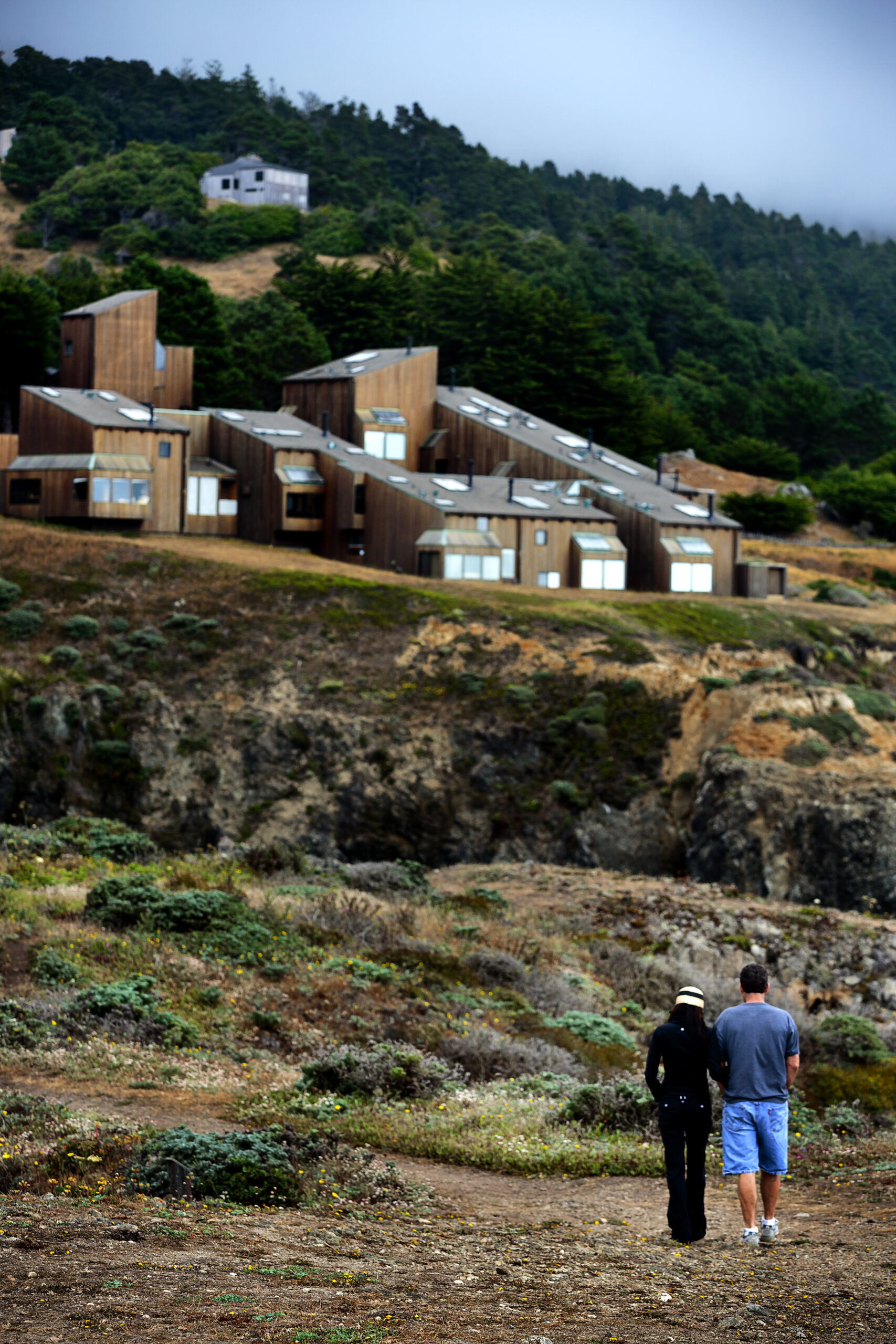
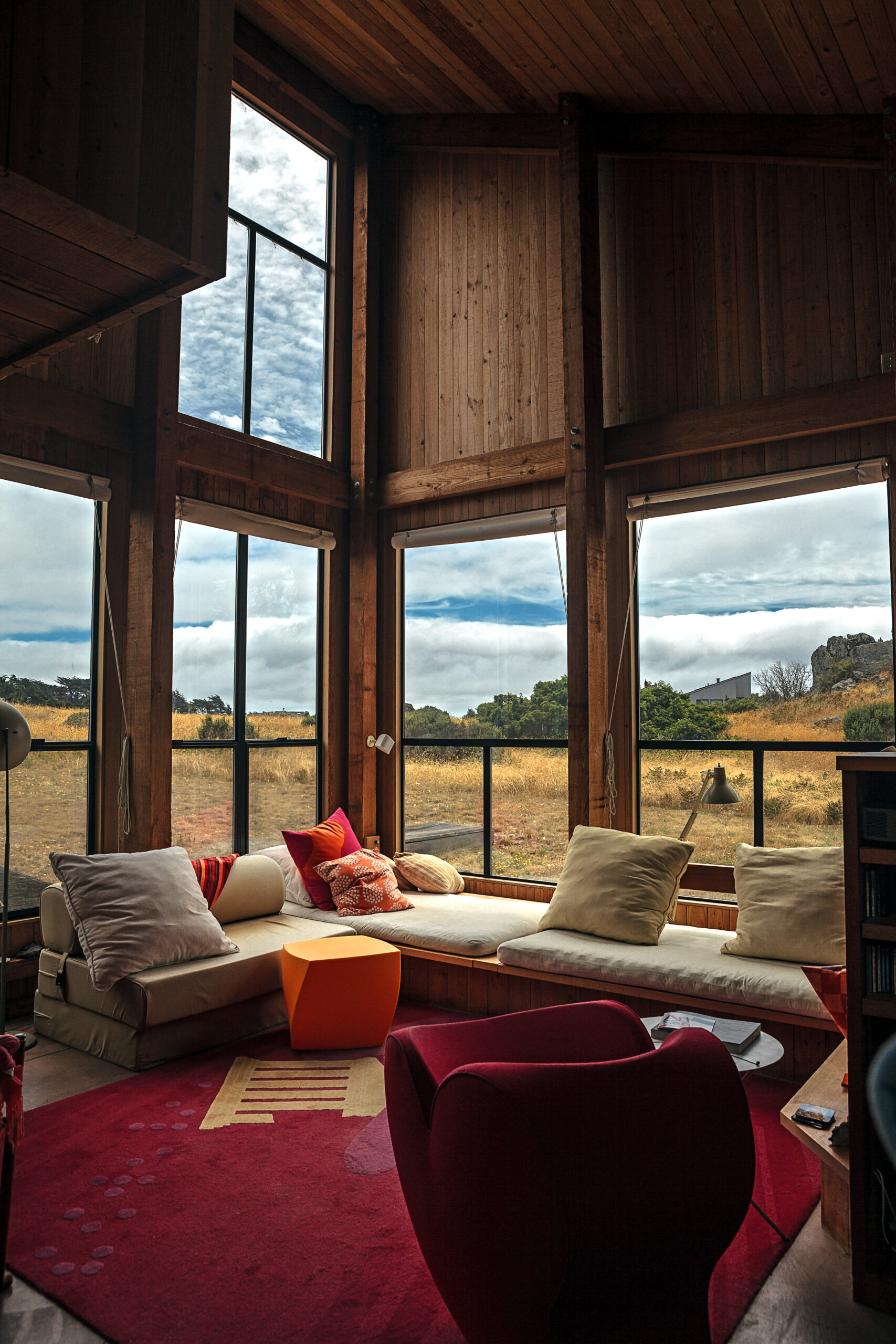
Stay in the Iconic Sea Ranch
In the 1960s, when a team of architects transformed a 5,200-acre sheep ranch into a remote North Coast village called the Sea Ranch, it was a radical idea. Their challenge: to find an environmentally sensitive way to build on this remote stretch of the northern Sonoma Coast, this “beautiful and fragile land,” as one historian termed it.
Forming an unconventional team, developer Al Boeke, landscape architect Lawrence Halprin and architects Joe Esherick, Richard Whitaker, Donlyn Lyndon, Charles Moore and William Turnbull began erecting timber-framed houses with high, slanted roof lines and cedar-shingle siding that quickly greyed in the harsh salt air. The look was inspired by the aesthetic of local barns and farms, and blended in with the landscape to allow for unobstructed ocean views.
The Sea Ranch became an architectural utopia, nestled in coastal prairies and clusters of Monterey cedar and pine along a 10-mile stretch of coastline between Stewart’s Point and Gualala. As the far-flung village began to evolve and grow into neighborhoods, it attracted visitors from all over the world. And its designers found themselves at the forefront of a new modernist architectural school known as the “Sea Ranch Style,’ which would be widely copied in the years to come.
Nearly six decades later, the Sea Ranch is still a prized year-round getaway and coastal retreat for families and explorers who walk the coastal bluffs, observe the wildlife, and delicately drop in on a handful of beaches.
Check out vacasa.com and airbnb.com to find available homes to rent in all shapes and sizes.
The post Best Places to Eat, Drink and Stay on the Sonoma Coast, According to Locals appeared first on Sonoma Magazine.
]]>
The family home of two Healdsburg designers reveals views around every bend, with carefully planned spaces to relax and play.
The post Two Landscape Designers Create a Garden Oasis in Healdsburg appeared first on Sonoma Magazine.
]]>






















“This is really a stroll garden,” says landscape architect Mike Lucas of the Healdsburg backyard he designed with his wife, Jennifer Lucas, an architect. “It’s best for moving through—so many different paths and perspectives.” The half-acre garden steps down a hillside, into which they’ve carved an intricate series of spaces defined by dry-stacked stone walls and meandering, pea-gravel pathways.
Jennifer and Mike Lucas, principals in Lucas & Lucas, a landscape architecture firm, met at Cal Poly Pomona, where each was pursuing a graduate degree in design. Their renovated home, where they live with their two children, represents their vision of the classic California indoor-outdoor lifestyle. And in the same way that the home flows between inside and out, the couple moves seamlessly across design disciplines. Often, Mike envisions the big picture, while Jennifer focuses on the practicalities of execution. “It’s important to both of us that the different fields work together, that the land informs the architecture, and the architecture makes sense in the landscape,” explains Jennifer.

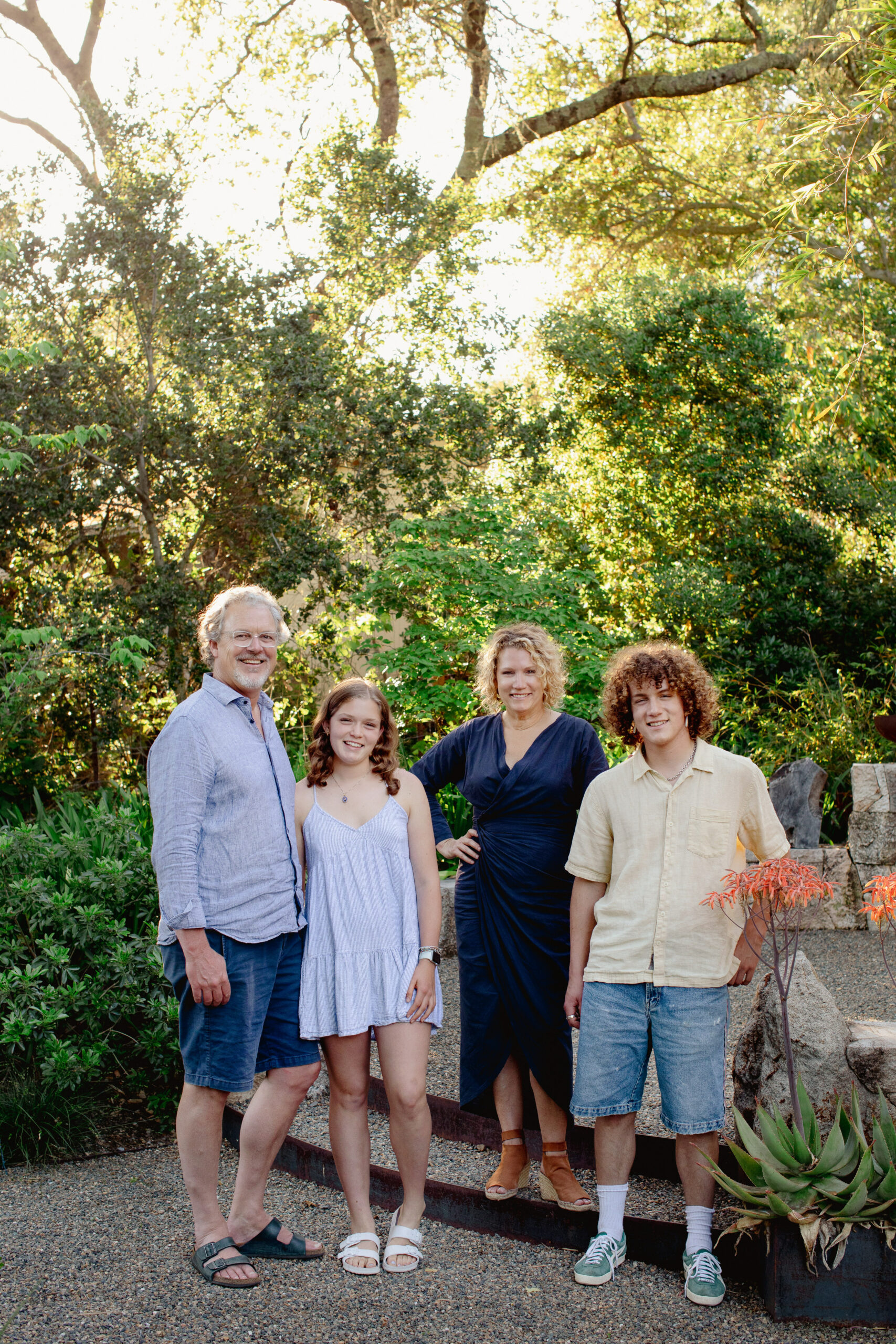
“That’s the ethos of what we do,” echoes Mike. “On projects, it’s all integrated—that’s where our strengths lie.” The couple bought their 1960s-era rancher in the Hidden Acres area in 2010, just after having their second child. “It’s kind of in this sweet spot in Healdsburg, with a lot of families—a real neighborhood,” says Jennifer. The tight-knit street, which ends in a cul-de-sac just a few minutes’ drive from the downtown plaza, has large lots for privacy and access to hiking on Fitch Mountain.
The family lived there for several years before launching into an extensive indoor renovation in 2017. When they bought the home, the primary bedroom and bath had already been relocated to a former garage—a positive step—but a poorly planned front entry and tiny kitchen hampered the flow. Jennifer’s new plan kept the home’s footprint the same but created a new entry with plenty of storage to help transition from the street to inside. She also expanded the kitchen into the space where the living room used to be and opened access to the backyard with smarter decking and a stairway down to a new pool area. “Our vision was that people would walk in the front door, come around the corner, and see things opening up, and get drawn out the doors to the back,” she says.
Inside, the home is now a bright, family-friendly space with a pair of big couches to sprawl out on, vibrant paintings from local artists (including daughter Flora’s class art, bought at a school auction), and tons of houseplants to further the indoor-outdoor feel. New lighting includes a large, round, Noguchi-style pendant that glows at night and can be seen from the garden below. “Lighting is like jewelry,” says Jennifer. “It’s not just the light they give, but how they finish the space.”
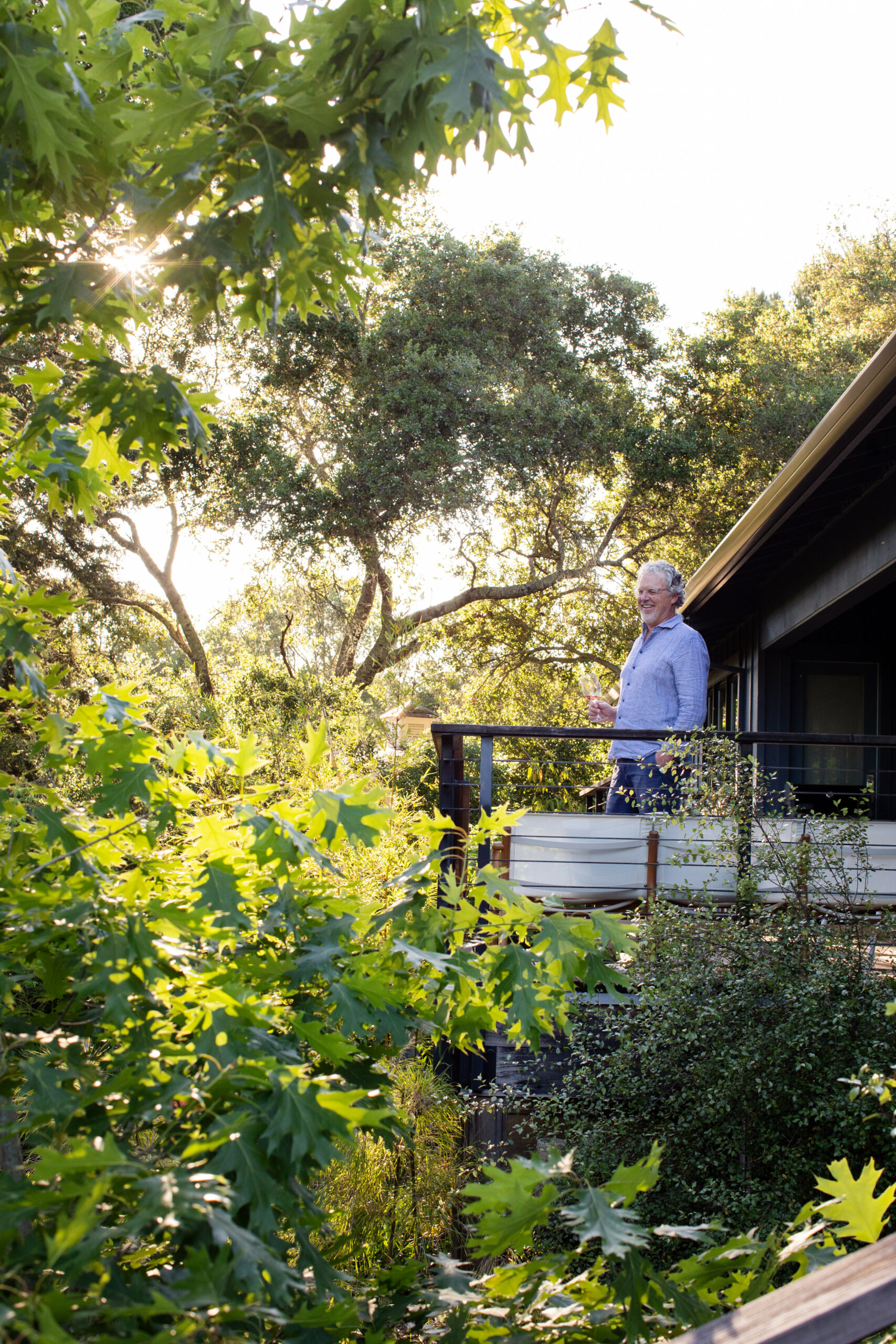
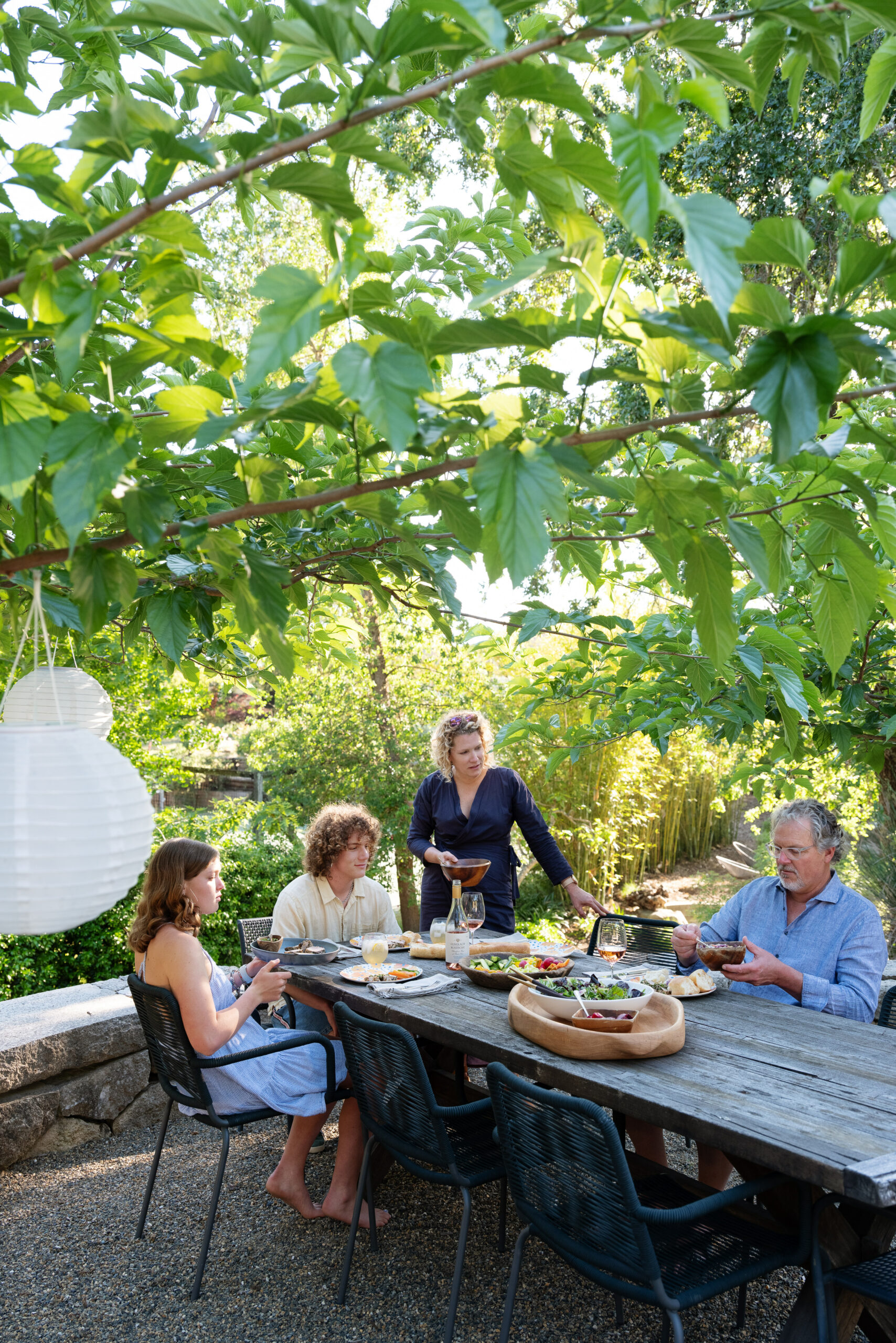
While the couple waited to tackle a more major inside renovation, Mike started planning the backyard almost right after moving in, sketching out a series of semicircular stone walls and terraces to make the steep backyard more usable. “We were digging, camping out, doing burn piles, making bacon and eggs over a campfire in the backyard. I was just having a great time,” he says. “I really like the process a lot. And Owen, my son—he’s a real nature boy. We were like dogs, digging out there in the rain.”
The new walls, which define areas for dining, playing bocce, and gathering by a firepit, were dry-stacked in place using a native Sonoma County stone called tufa, a compressed volcanic ash. “It was challenging, because we didn’t really have much of a budget back then,” Mike explains. “And I think I tried probably a hundred different versions of the design…We were probably our own worst clients, in that way.”
Forming the terraces and walls took quite a lot of rock—so much so that neighbors started to wonder just exactly what was up at the Lucas house. “The truck would come and just dump huge piles of boulders and the neighbors would be like, ‘What are you doing? Where is this all going?’” says Jennifer. “It just kept coming and getting swallowed up by this black hole of a backyard.”
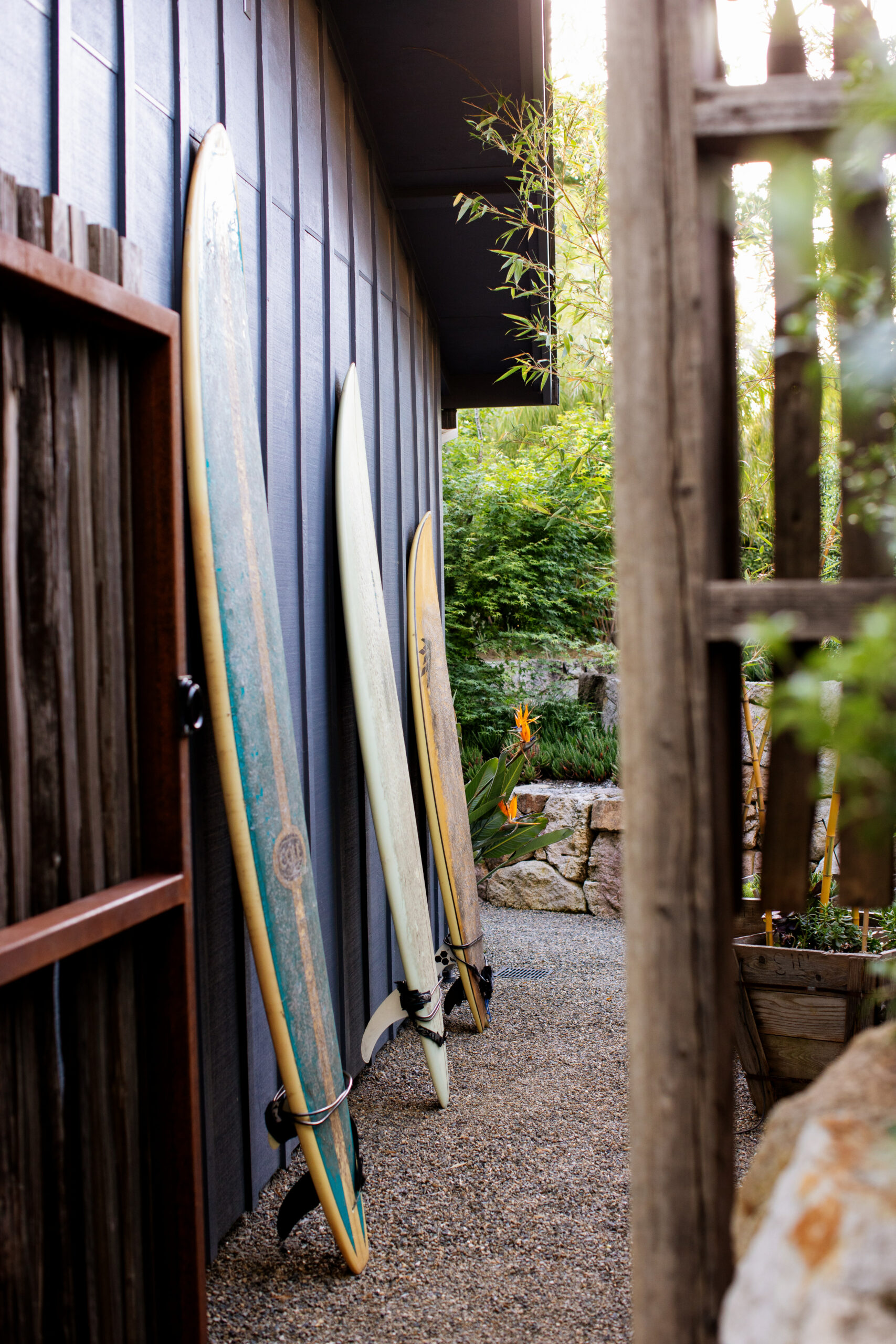
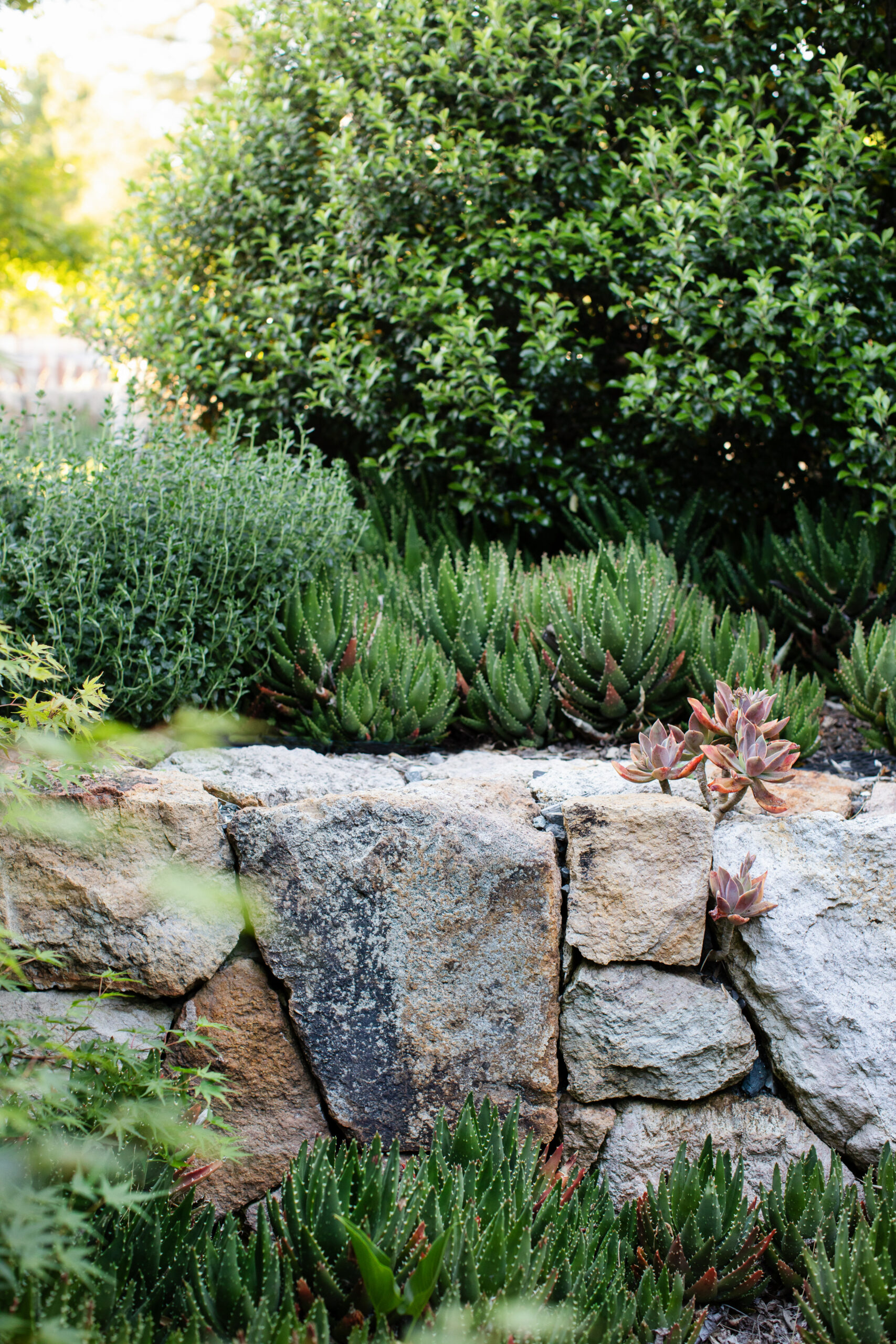
“The Hidden Acres mystery house,” laughs Mike. The couple both say that the renovations inside and out have helped them refine what smart, workable design means—and brought an understanding that more isn’t always more. The deck, for example, used to wrap all the way around the back of the home.
“We used it like mad,” says Jennifer. “But we realized people w ouldn’t necessarily go down into the garden that much, because the decks just weren’t designed that way. So in this remodel, we made the deck smaller but made the access down to the pool really inviting.”
Back in the 1970s, the home had a reputation for being the neighborhood hangout—and with a reorganized interior and backyard, the 2023 version of the home is no different. This time of year, the Lucas family makes heavy use of the pool, with Owen and Flora organizing family jumping contests off the walls into the deep end. Jennifer and Mike are usually with neighbors, getting together for drinks and grilling outside.
“I have a system,” says Jennifer. “I have a basket that I just fill up with picnic plates and utensils, and we have a big cooler that we set up—it’s all about the system.” A flat lawn would be an easier space to use and entertain in, they acknowledge, but wouldn’t hold the visual interest and surprise of the terraced garden the couple has built together.
Inside, a large collection of houseplants, including a massive fiddle-leaf fig that Jennifer picked up for a song at Home Depot, flourishes in bright indirect light from a new skylight. The family’s two cats, Daphne and Nigel, like to nap in the stripe of warm sunshine coming through the glass door to the backyard. “We have such great light all the time. It’s always different—it’s great on the foggy days, and it’s great in the sun,” says Mike, who likes to stretch out on the deck off the dining area.
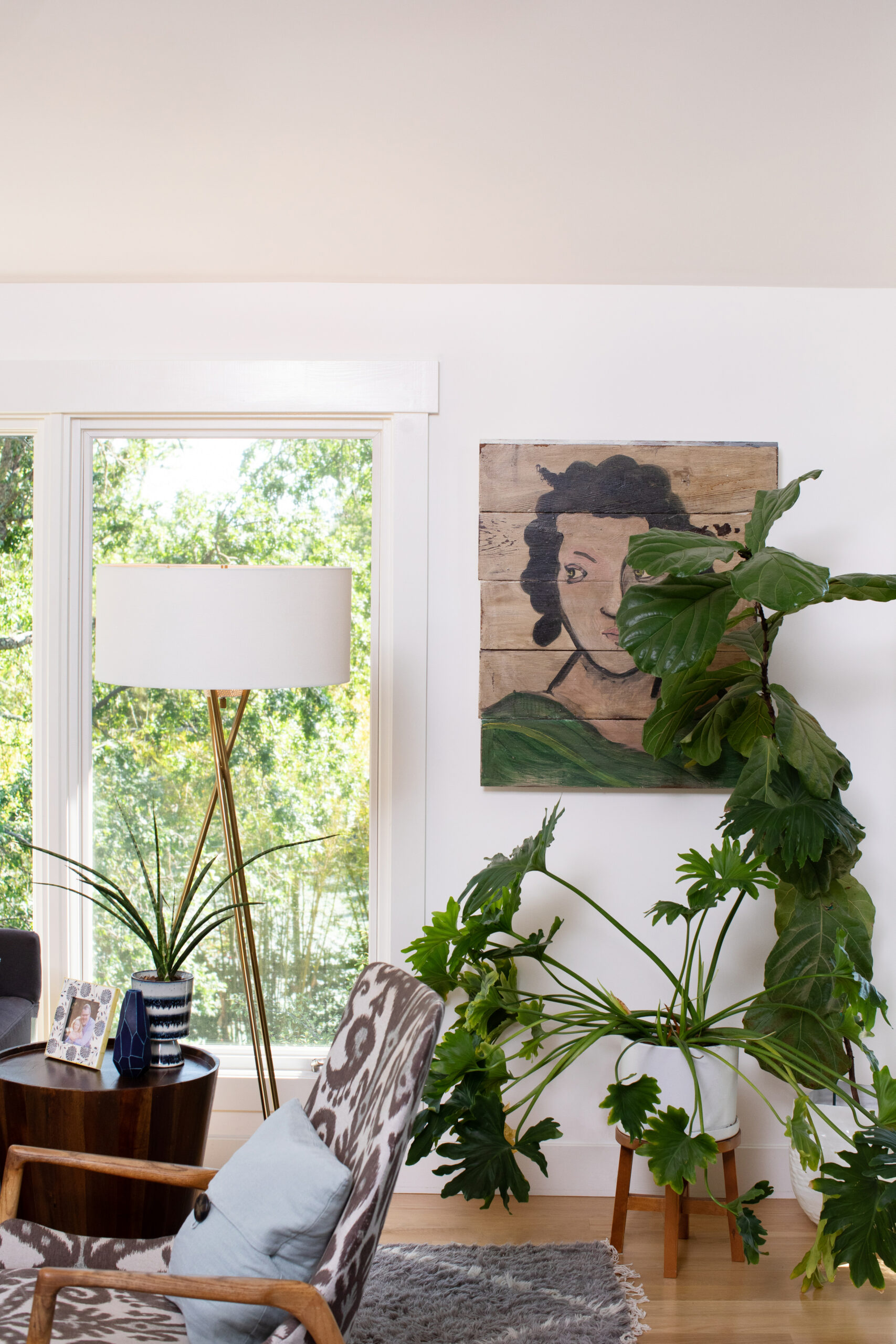
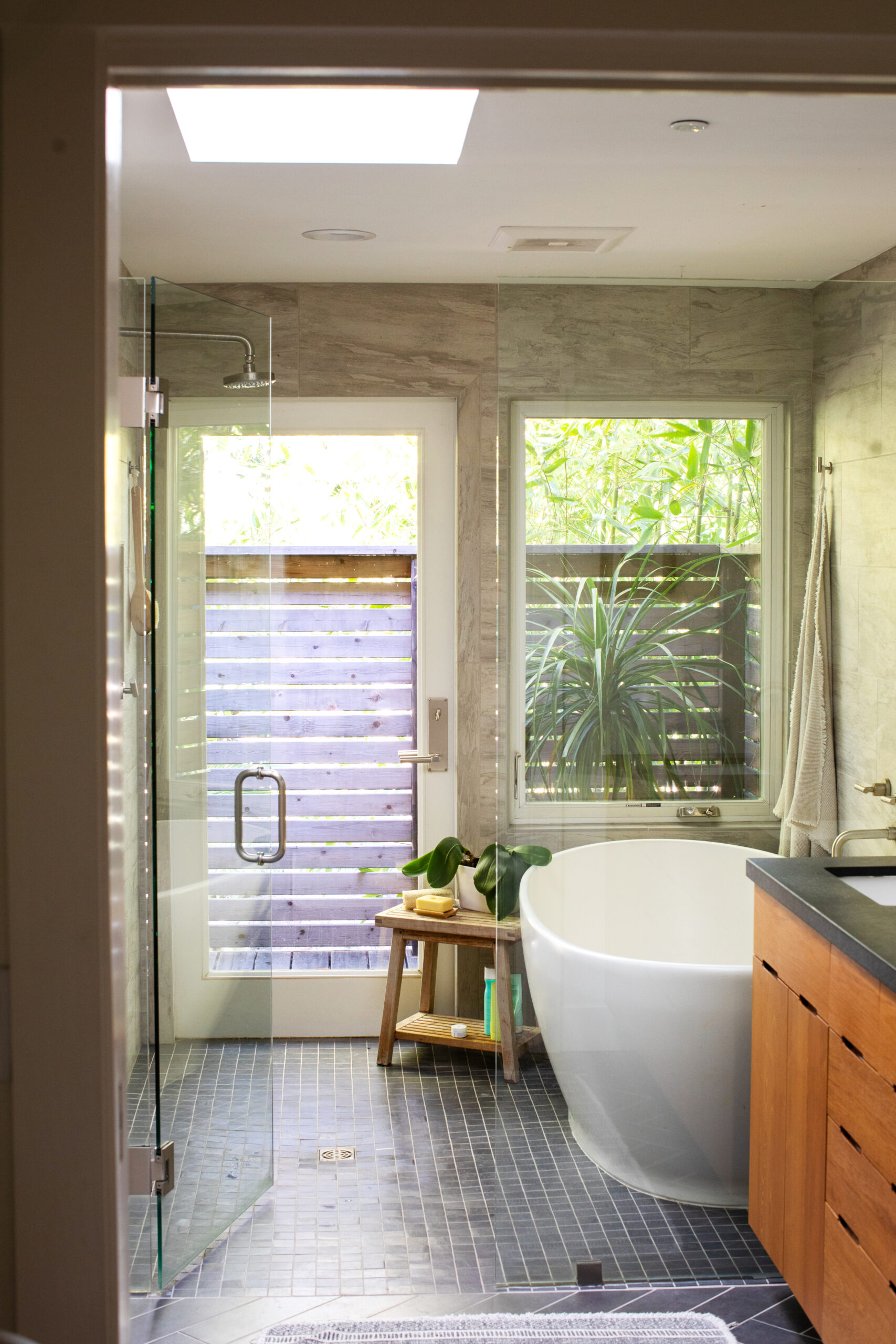
The couple always pictured that they’d stay forever in the home, but they’re not ruling out working on another house together somewhere in Healdsburg, where their business is based. This house, after all, is meant to be a family home, and with their son off to college this fall to study design, and their daughter in high school, they say they’re open to possibilities. “We’ve learned a lot here, so I do think about what the next place could be like,” says Jennifer.
In the meantime, they’ll revel in summertime by the pool with their kids and take satisfaction in the stone walls, those many truckloads of tufa stone carried down from the street and painstakingly fitted and stacked in back. They bring a timelessness to the landscape, a sense of grounding in nature and space, explains Mike. “Those walls could be here for a hundred years or more. The rock’s not going anywhere— so yeah, I hope the next people like them.”
Jennifer and Mike Lucas’s book, “Architectural Gardens: Inside the Landscapes of Lucas & Lucas,” written with former Garden Design magazine editor in chief Thad Orr, was published last year. It’s available in Healdsburg at Levin & Co. Lucas & Lucas, 707-431-2790, lucas-lucas.com
The post Two Landscape Designers Create a Garden Oasis in Healdsburg appeared first on Sonoma Magazine.
]]>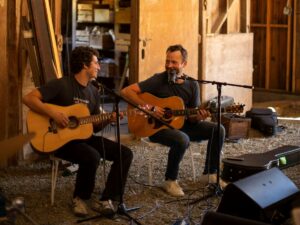
Their band Little Worth is tapping into timeless Americana folk sounds layered with effortless vocal harmonies and playful lyrics.
The post Two Sonoma Valley Musicians Team Up With a Folksy New Release appeared first on Sonoma Magazine.
]]>






















Looking back, it started with a dog date. Austin Ferreira and Tanner Walle are Sonoma neighbors who have the same street address numbers on adjoining streets, which means they’d occasionally get each other’s mail. But they didn’t really know each other, until October 2020, when their wives staged a meet-up.
It was that uneasy, wait-and-see period of the pandemic, when everybody was feeling pent up, including the pets. Ferreira brought Ethel, his 2-year-old Vizsla, to play with Roman, Walle’s 5-year-old goldendoodle.
The dogs hit it off immediately, but the dads took it a step further. A guitar hanging on the wall led to a Tuesday night jam, which inspired weekly acoustic songwriting sessions and eventually a debut album recorded at legendary Prairie Sun Recording Studio in Cotati.
Nearly three years later, their band Little Worth is a welcome addition to the always eclectic Sonoma music scene, tapping into timeless Americana folk sounds layered with effortless vocal harmonies and playful lyrics. The band name was inspired by an English hamlet Ferreira wandered through in his European travels. It’s a play on bands they admire, like Little Feat and Little Joy, but it really points to a band ethos that stuck from day one.
“We’re trying to have fun with it and not take it too seriously,” says Ferreira, 31, who grew up in Long Beach and played in the popular Los Angeles garage-rock surf band Hindu Pirates in his 20s. Avoiding “over-the-top, self-righteous lyrics,” they’re more into “something that might be relatable, but also fun and playful at the same time,” he says.
For Walle, who worked the New York restaurant scene while playing in bands that opened for Wilco and John Mayer (and later co-founded Sonoma hotspot Valley Bar + Bottle), Little Worth’s Americana roots are a return to his childhood on a farm in rural Kansas. “Sonoma has such a smalltown vibe to it,” he says. “I feel these songs really reflect that humble, bucolic environment and community that we’ve cultivated.”
The two rounded out the band with bassist Brad Maestas, drummer Ben Tinsley, pianist Jesse Adams, pedal steel player Josh Yenne, and hooked up Grammy-winning producer Hector Castillo for their debut album, “First Annual.” “Company,” their first single, dances around a bouncy, staccato melody that’s as catchy as anything on a Jack Johnson album. Showing their range, the second single, “Big Moon,” sets a tone far more dreamy and reflective. And there are deeper cuts that resonate, like “Bad Decisions,” which was inspired by a line (“these bad decisions ain’t gonna make themselves”) that Ferreira once heard while hanging out with friends in Texas Hill Country.
And three years down the road, whatever happened to Ethel and Roman?
“The dogs love each other,” Ferreira says. “They still play quite a bit,” echoes Walle. “They get along really well. We still continue the tradition.”
Little Worth’s debut album, “First Annual,” is available on Spotify, Apple Music and online. For upcoming shows, check Instagram @littleworthjams.
The post Two Sonoma Valley Musicians Team Up With a Folksy New Release appeared first on Sonoma Magazine.
]]>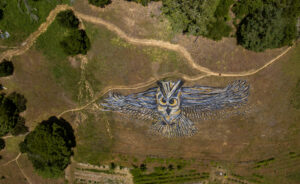
Sebastopol’s Kelsi Anderson creates massive paintings that probe our connection to our surroundings. Their presence is fleeting — and that’s part of their story.
The post Sebastopol Artist Creates Massive Paintings in the Local Landscape appeared first on Sonoma Magazine.
]]>






















On a hillside overlooking a farm deep in West Sonoma’s forested Green Valley, an owl hovers, wings outstretched. She is a formidable bird, her wingspan extending some 150 feet, appearing from the fields below like a shadow on the earth.
She won’t be staying long. As the grass grows, spinning from spring green to summer gold, she will, blade by blade, recede into the landscape. By late summer, she will be gone, with no visible trace except perhaps a bit of oyster shell in the soil or smattering of ochre pigment clinging to a blade of grass.
This is exactly as artist Kelsi Anderson of Wild Earth Art intended. Using natural pigments and a spray gun with a 100-foot cord as a brush—her “magic wand” as she playfully calls it—she spends several weeks painting a piece into the natural landscape that, by design, will last only a few days or weeks. Her extraordinarily detailed sand drawings, raked onto a beach, vanish even more quickly, overtaken by wind and tide.
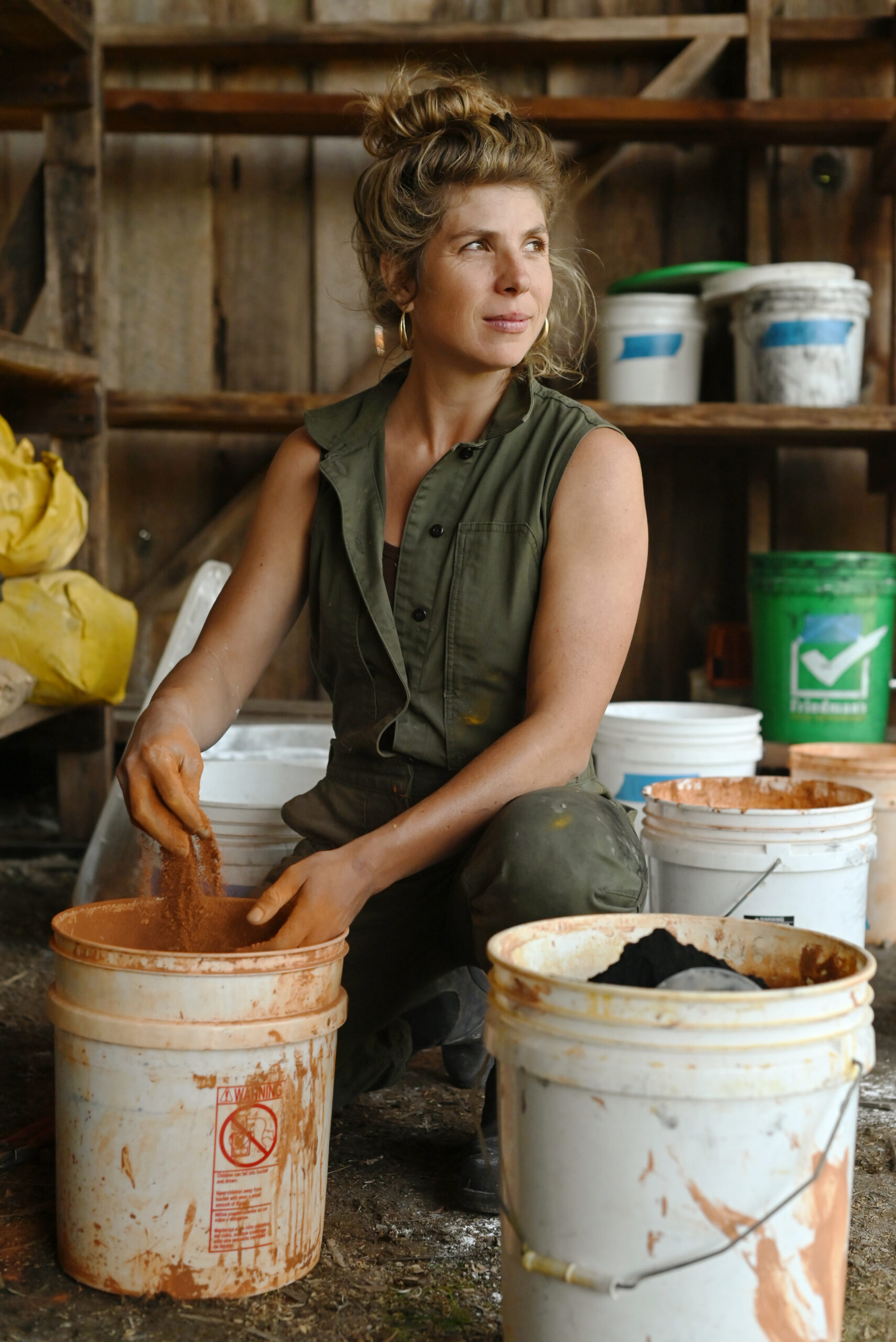

Anderson may feel slightly wistful, but she won’t mourn, for her art is not meant to last and is as much about its making—the process, “the dance with nature,” as she calls it. “Part of the awareness of the piece is that everything is always changing. It has both the elements of surprise and spontaneity,” she says of her singular medium and method of creating ephemeral art in the natural landscape. “When is a painting going to appear and when is it going away? That makes you feel and be really present when you realize, ‘This won’t last.’”
Anderson, a Petaluma native, studied traditional fine art and environmental studies at New York University, where she was mentored by a like-minded environmental artist who stalked nature in one of the most built environments in the world. “We were doing a lot of work directly in the city” she says, “finding all the hidden streams in Manhattan and the different urban gardens. It was amazing. But now I’m in the complete opposite space.”
She has an indoor studio at her home in Forestville. But these days, she revels in her outdoor studio at Green Valley Farm + Mill, a 19th-century homestead where farmers, artists, gardeners, herb growers, and other makers share a sylvan space.
In a green jumpsuit spackled with pigment and boots blackened with iron oxide powder, the 35-year-old artist explores the land for possibilities. In her three years experimenting with equipment and developing a technique for a process few other artists have tried—she found only one artist in France doing the same thing but senses it’s “in the ether now”—she has painted birds on a hill, a snake in a meadow, a group of owls in flight.
Before embarking on a piece, she sits in her chosen spot, quietly meditating and tuning in to the birds and animals, wildflowers and trees, waiting for an image to appear to her. The process, she says is spiritual as well as creative. “I do a lot of imagery with birds. There are a lot of barn owls and great horned owls in this valley and in these barns and I wanted to pay homage to the species that live here.”
Once she has her theme she will take photos of the site and sketch out an image in a notebook. She had to learn how to work on a whole different scale proportionally, as well as to decide what vantage point she wants the image to be seen from. “I want this to look good and realistic from where we’re standing, so people passing by can appreciate it,” she says.
As she works, she is also stewarding the land. The pigments that she uses—iron oxide, clay, calcium carbonate—nourish the soil. She is careful not to disturb native grasses and wildflowers, even if it leaves a splotch in the finished piece. “So even in the act of preparing the canvas there is ecological remediation work that is going on. And that too is my background and my passion and my love,” says the artist, who also has a business designing and installing eco-friendly landscapes that welcome wildlife.
Two recent earth art works Anderson created at rural beaches along the North Coast. The designs are raked into the sand with hand tools and disappear with the tides.
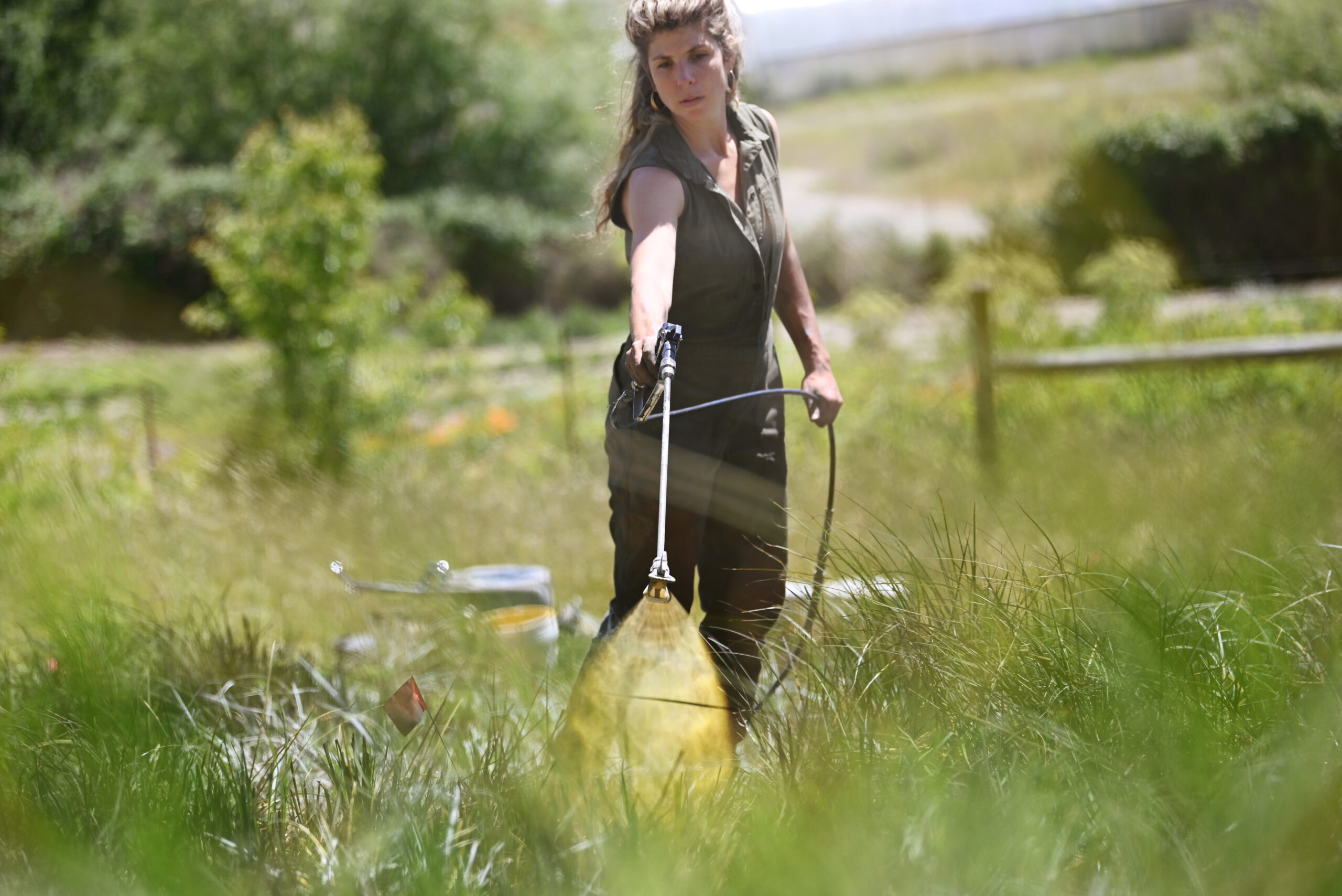
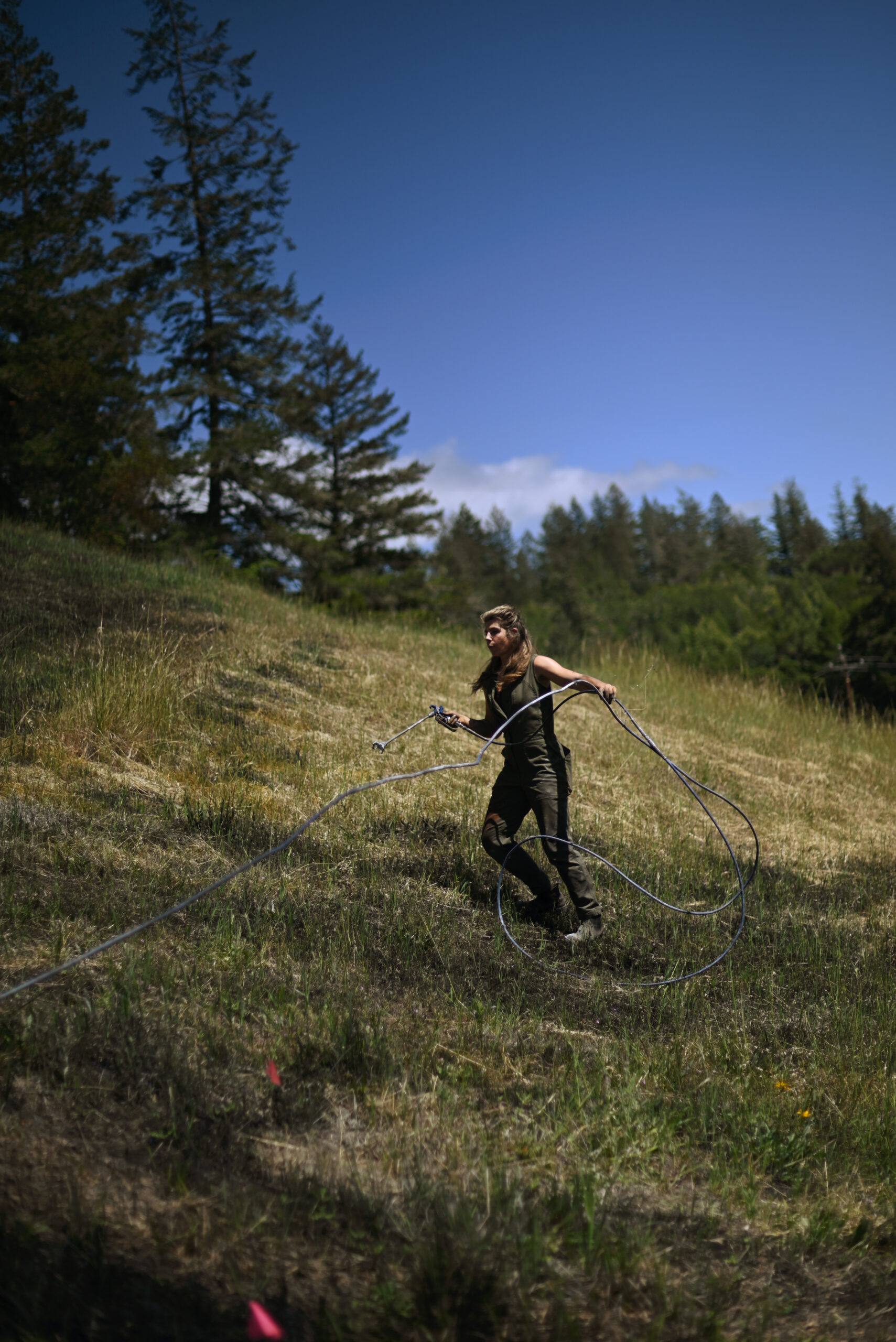
Earlier in her career, Anderson made naturally pigmented earthen walls for building interiors. She has also worked with artist Andres Amador to create designs on beaches along the Sonoma and Mendocino coast. “That work is not only site-specific, but you have to work with the tides. There are just those windows when there are super-low tides. It’s fun and another way to get in synch with nature but also limiting,” she says.
Whether working with sand or soil, the satisfaction for Anderson is in the creation. She likens landscape art to urban graffiti and street art, work she finds “stunning” but “extremely toxic.” She would rather play gently with nature and embrace the impermanence. She says her work illuminates the natural spirit of the land, drawing people to places of sanctuary.
In the future, she hopes to partner with land conservation groups on installations, like the wide-scale salmon painting she created last year to celebrate a local stream restoration project. “I deeply believe in public art that is accessible to all,” she says, “creating work that makes people want to engage with the environment.”
Conquering the Wild
Kelsi Anderson of Wild Earth Art creates large-scale projects on properties throughout Sonoma County. In June, she debuted a piece at Paradise Ridge Winery in Santa Rosa. And on July 16, she will welcome visitors to Green Valley Farm + Mill in Sebastopol to view her newest work. 707-2 17-5634, wildearthart.co
The post Sebastopol Artist Creates Massive Paintings in the Local Landscape appeared first on Sonoma Magazine.
]]>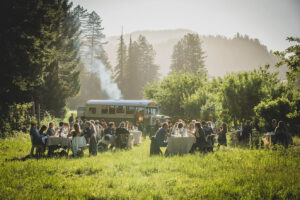
Naomi McLeod coordinates themed pop-up dinners showcasing local chefs and winemakers — all staged in bucolic Sonoma County farms and fields.
The post Sonoma Chef Stages Gorgeous Pop-Up Dinners Out of a Revamped School Bus appeared first on Sonoma Magazine.
]]>






















Healdsburg artist and chef Naomi McLeod dreams up outdoor celebrations with graceful table settings and fine food and wine — joyous times where memories are made and new friendships cemented.
Her business, Field Day CA, coordinates themed pop-up dinners showcasing local chefs, winemakers, and creatives — all staged in bucolic Sonoma County farms and fields.
Outdoor farm dinners are not a new thing in Sonoma County, where our abundant agricultural heritage and deep bench of chef talent lend weight to such experiences. But McLeod has taken the notion to another level with a focus not just on food but on celebrating her wider creative community. She often incorporates live local music and art displays into her programming.
Increasingly, she’s also offering pre-dinner art-making workshops where guests can channel their inner muses.
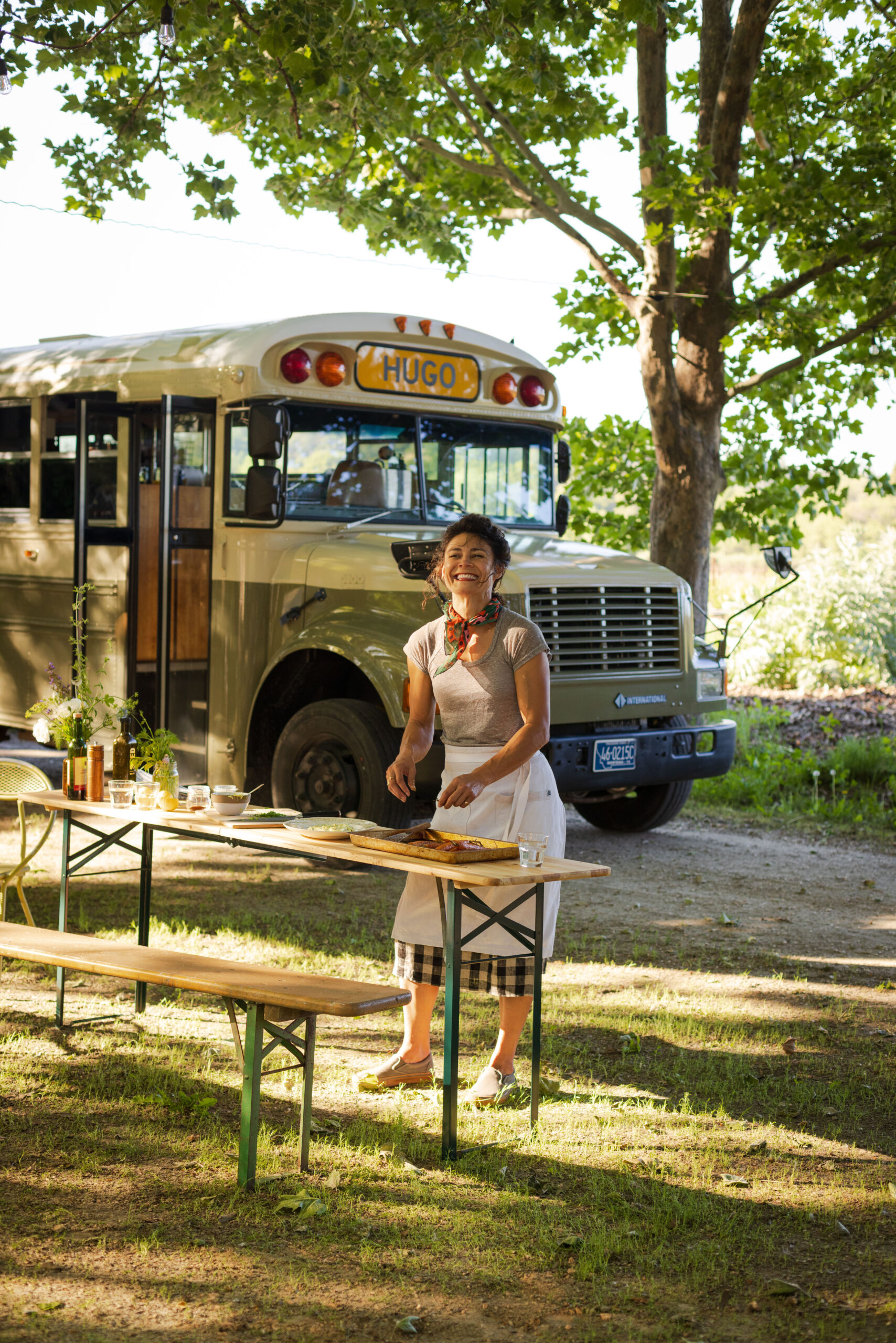
McLeod has been drawn to beauty all her life. She grew up in the famously artistic center of Santa Fe, New Mexico, then at 21, moved to California. She’s lived in Seattle, New York, San Francisco, and now Healdsburg, where she moved to take a job as event coordinator at SHED, the former culinary marketplace. “Through all the different disciplines I’ve worked and played in, my interests were always around art, food, and wine,” she explains.
The Field Day CA idea began percolating in 2014, when a friend purchased a vintage Blue Bird International school bus and retrofitted it into a fully functioning catering kitchen. McLeod stepped in part time to help her friend with some small events, while raising a newborn son. The two friends’ fledgling work saluted the phenomenon of Outstanding in the Field, a farm-focused, rock ‘n’ rollstyle series of al fresco dinners, where McLeod had briefly worked.
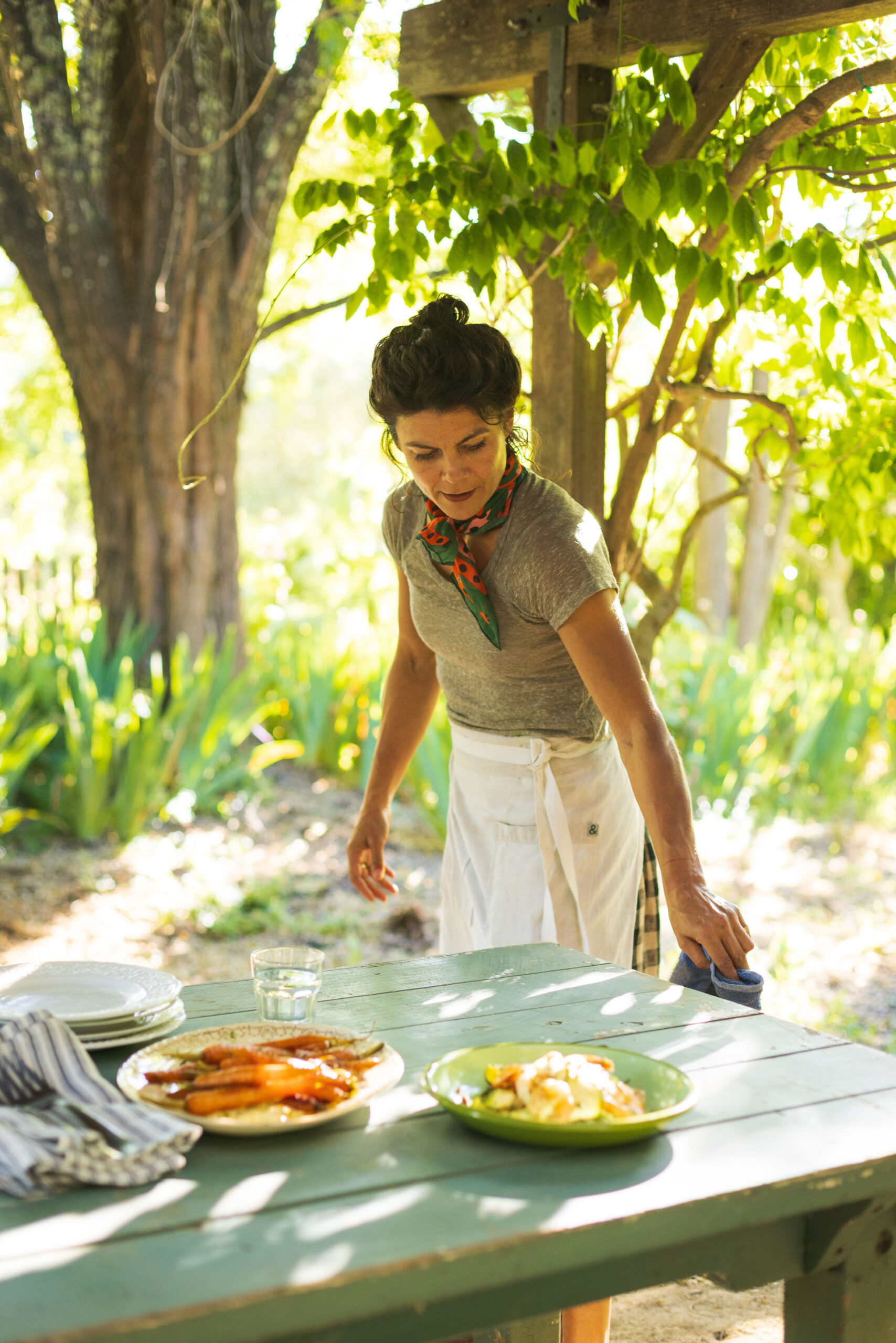
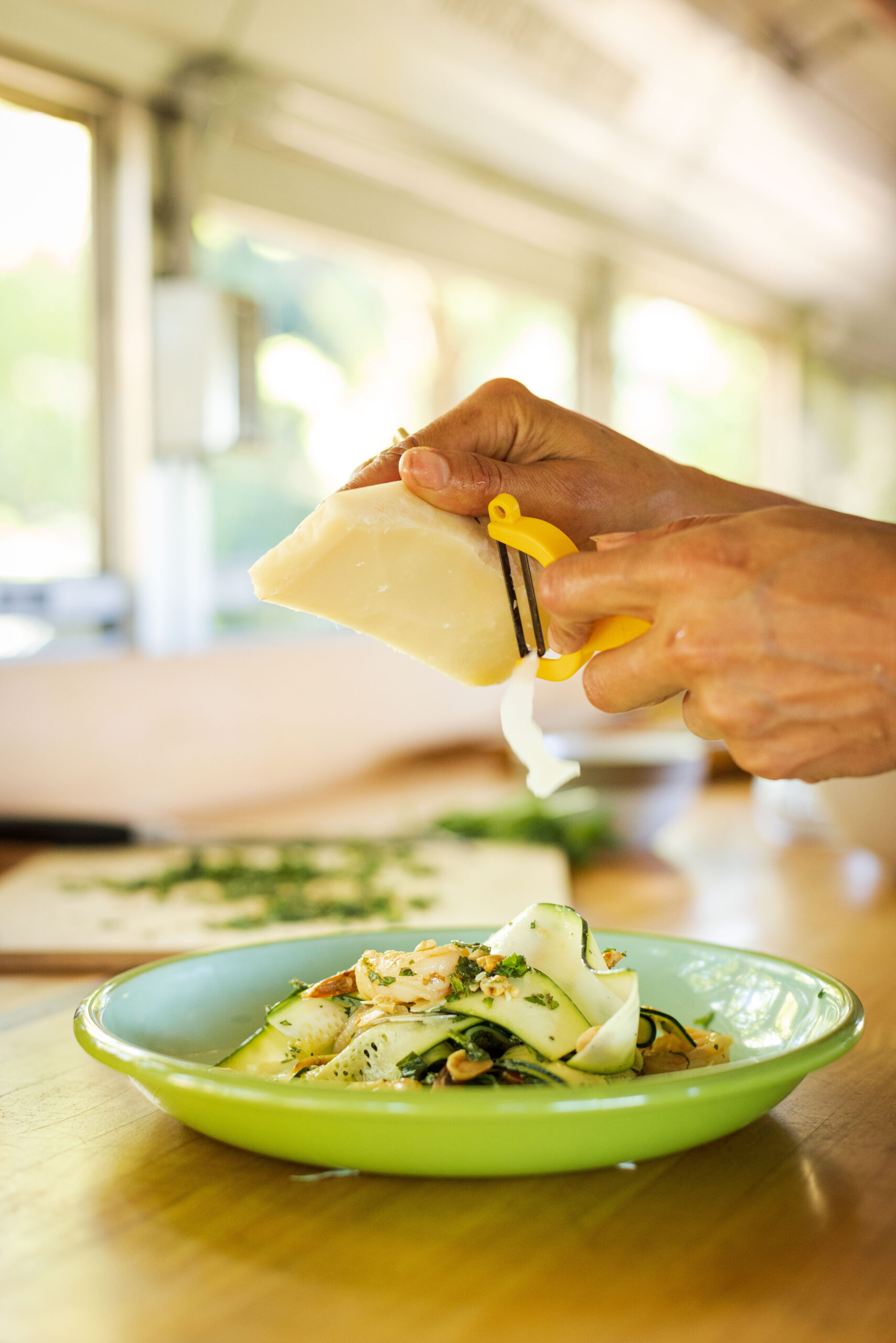
During the pandemic, McLeod bought the kitchen bus from her friend, named it Hugo, and started putting together a new round of ideas for growing the business.
But then McLeod lost her home in the Walbridge Fire. “So, home schooling with a kid and no house—the bus just sat idly by.” Finally, in 2021, she was more settled and ready to relaunch. “That first dinner was at a woman’s house with spectacular Zinfandel vines, apple orchards and redwoods,” she says—and it was gorgeous.
McLeod is currently reveling in the bounty of local summer produce—peaches, zucchini, peppers, and herbs especially—and focusing on expanding her lineup of public events and dinners. “I feel like those events are the most authentically me,” she says. “I love collaborating with all the art and food talent in Sonoma County and bringing people together. Sharing our Dry Creek farms like Preston — they’re just so pretty and wild, and they’re all great people.”
Field Day CA, 415-710-5145, fielddayca.com
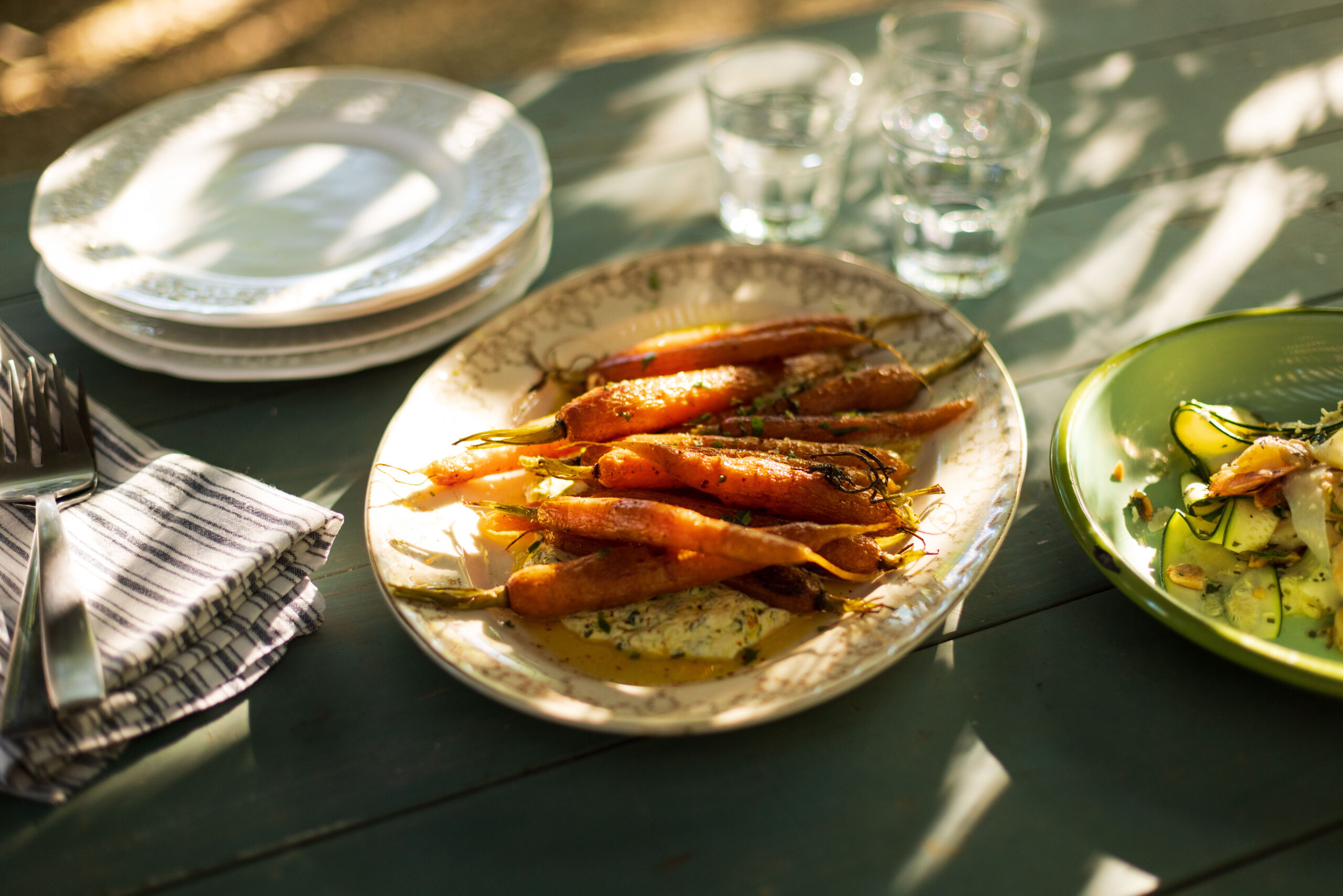
Field Day’s Honey-Roasted Carrots With Spiced Labneh and Herbs
Labneh is a thickened yogurt common in Middle Eastern cuisines. Chef Naomi McLeod of farm-to-table catering business Field Day CA makes it at home by allowing full-fat yogurt to drain until thickened. She says tender carrots such as Nantes work beautifully for this dish.
Serves four as a side dish
• 2 bunches carrots
• 3-4 tbsp. plus an additional 1/4 cup extra virgin olive oil
• 1 tbsp. honey
• 2 tsp. cumin
• Salt and pepper to taste
• 8 ounces full-fat yogurt, such as Straus
• 1/2 shallot, chopped
• 1/4 tsp. Aleppo pepper
• 1/4 tsp. turmeric
• 1/2 cup mixed chopped herbs, such as chives, tarragon, cilantro, basil, and dill
• Half a lemon
• Pinch of flaked sea salt (such as Maldon)
• Crusty bread, for serving First, strain the yogurt. Add a pinch of salt to the yogurt, stir gently, and place in a square of muslin over a bowl. Allow to strain for 1-2 hours.
Preheat oven to 400 degrees.
Wash and scrub carrots, but do not peel. Place on a baking tray and toss with 3-4 tbsp. olive oil, honey, cumin, salt, and pepper.
Roast carrots at 400 degrees for 10 minutes, then lower the oven temperature to 350 degrees and continue to roast until carrots are softened but still a tiny bit firm, about 20 additional minutes, depending on the size of your carrots. Remove carrots from roasting pan and set aside to cool.
Heat ¼ cup olive oil in a pan on a medium-hot stove. Add shallots, turmeric, Aleppo pepper, salt, and pepper to the oil and fry until shallots are lightly browned. Remove from heat and allow to cool.
In a small bowl, combine the shallot oil, strained yogurt, and chopped herbs. Stir gently to combine.
To serve, spread the yogurt mixture across the bottom of a medium-size serving platter. Top with roasted carrots. Garnish with a squeeze of lemon juice, flaked sea salt, and an additional pinch of Aleppo pepper, if desired. Serve with crusty bread.
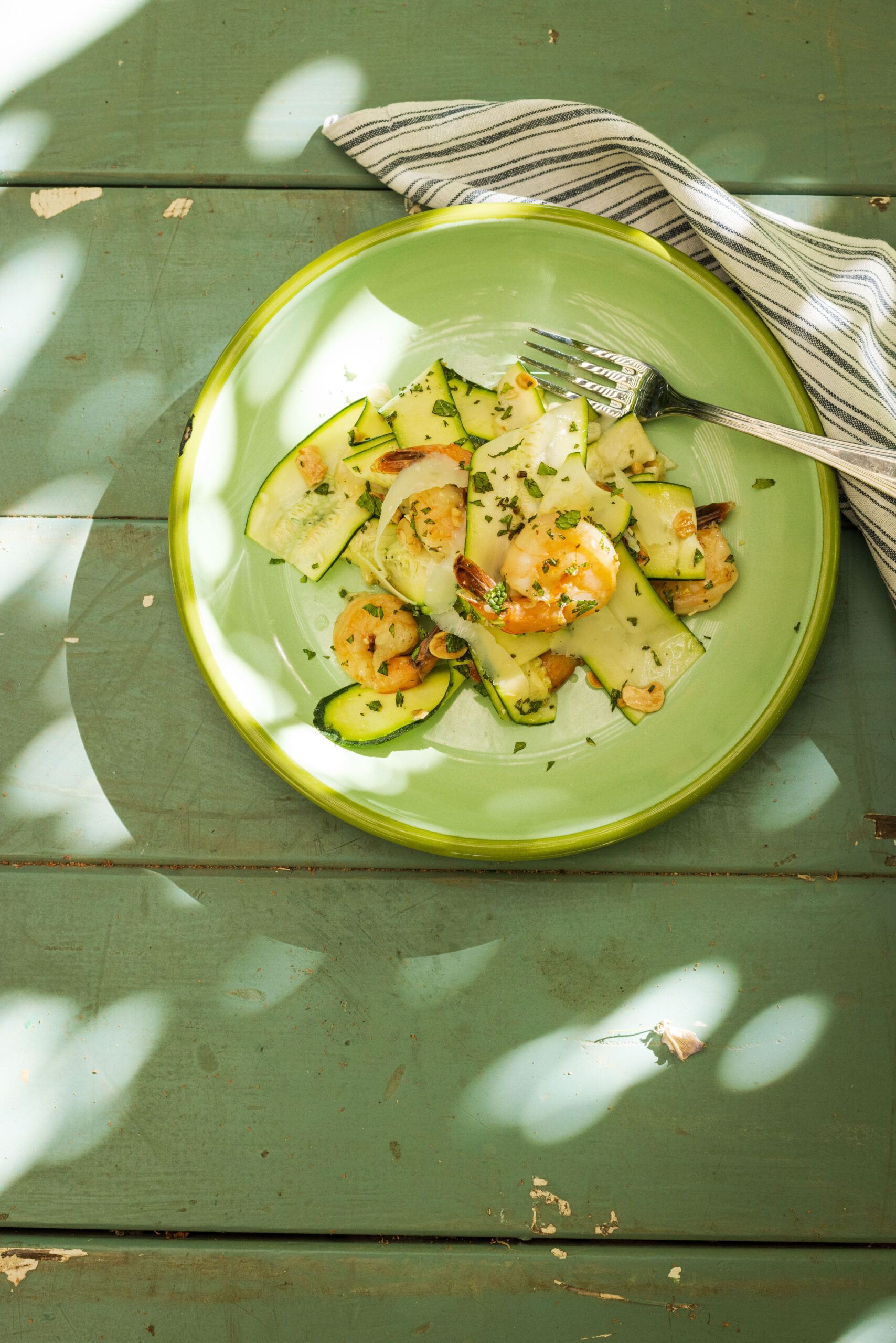
Shrimp and Zucchini Ribbon Salad With Mint
Serves two as a main dish, four as a hearty side
Chef Naomi McLeod of Healdsburg’s Field Day CA says this summertime salad features a terrific combination of crunch from the almonds and salty savoriness from the Parmesan cheese.
• 1/2 cup Marcona almonds
• 1/3 cup plus 2 tbsp. extra virgin olive oil
• 1/3 cup sherry vinegar
• Juice of 1 large lemon
• Salt and pepper to taste
• 3 medium zucchini
• 2 large shallots, chopped
• 1 pound peeled uncooked shrimp
• 1/3 cup white wine
• 1 bunch fresh mint
• 3 ounces Parmesan cheese, shaved into wide strips First, toast the almonds. Heat a small pan over high heat. Add the almonds to the pan and stir until aromatic and lightly browned, about 3 minutes.
Remove from pan and allow to cool, then chop roughly and set aside.
In a large bowl, whisk together olive oil, sherry vinegar, lemon juice, and salt and pepper to taste to make a simple dressing. Using a mandoline, shave the zucchini into long, thin strips. Add the zucchini strips to the bowl with the dressing and toss well to coat.
Heat a pan with 2 tbsp. olive oil and 2 tbsp. butter over medium to mediumhigh heat. Add the sliced shallots and let soften for 2 minutes. Add the shrimp and white wine and cook an additional 2-3 minutes until the sauce has been reduced slightly. The shrimp should be firm but not overcooked.
Remove from heat and set aside. To assemble the salad, toss the zucchini and shrimp together with chopped mint, almonds, and Parmesan (reserving a small amount of mint, almonds, and Parmesan for the final garnish).
Divide the tossed salad among individual plates. Top with the rest of the Parmesan cheese, mint, and almonds, and serve right away.
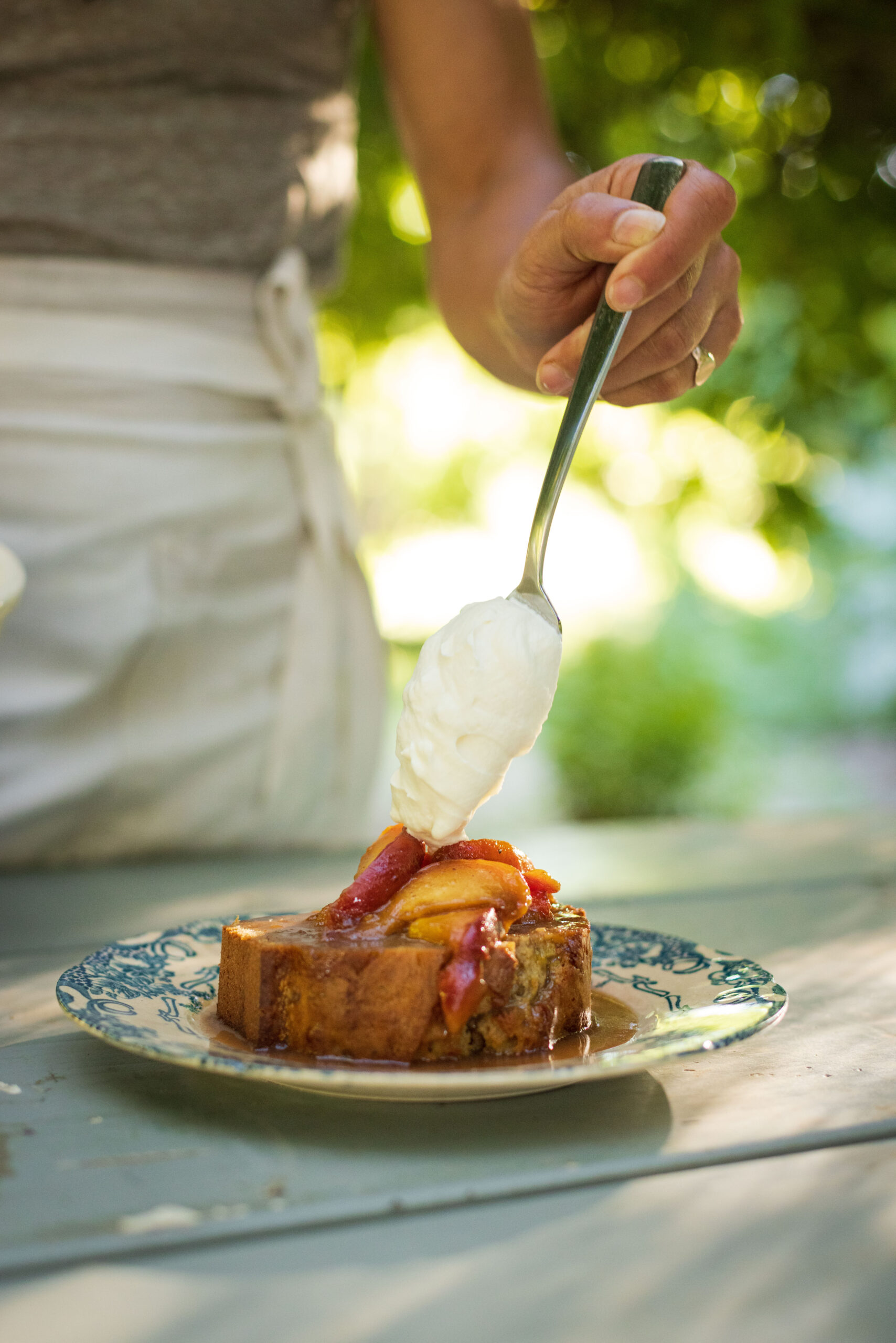
Ras El Hanout Pound Cake With Grilled Peaches
“I don’t like super-sweet desserts,” says Field Day CA chef Naomi McLeod, who explains that the Moroccan spice blend ras el hanout brings a complex, earthy, baking spice element to this easy summer pound cake recipe. McLeod lives just a half-mile from the famed orchards at Healdsburg’s Dry Creek Peach and loves to incorporate their beautifully tart-ripe orange peaches in this dish.
Serves 10
For the glazed peaches and sauce:
• 3 ripe peaches, halved
• 1/2 cup honey
• 1 1/2 sticks (12 tbsp.) butter
• 1 tbsp. ras el hanout
For the cake:
• 3/4 cup sugar
• 1 tbsp. ras el hanout
• 4 eggs
• 1/2 cup milk
• 2 cups all-purpose flour
• 2 1/2 tsp. baking powder
• 7 tbsp. butter, melted
• 2/3 cup extra virgin olive oil
• 1/3 cup pistachios or walnuts, chopped (optional)
• Freshly whipped cream, for serving Preheat oven to 350 degrees.
Prepare the peach topping. Grill peach halves over medium flame until soft and lightly marked by the grill. Slice into wedges.
Melt butter on a stove over medium-low heat, then add honey and stir well to combine. Add 1 tbsp. ras el hanout and stir to combine. Remove from heat, add sliced peaches, and toss gently.
Set aside.
To prepare the cake, combine sugar and 1 tbsp. ras el hanout in a large mixing bowl. Add the eggs and milk, and mix with an electric hand mixer until combined. Add in the melted butter, olive oil, and nuts, if using, and mix. Finally, add the flour and baking powder and mix gently until all ingredients are incorporated into the batter.
Butter a standard-size loaf pan and dust the sides and bottom with flour. Pour the batter into the pan.
Bake at 350 degrees for 50 minutes. Before removing from the oven, check for doneness with a clean toothpick or knife. Allow the cake to cool for 30 minutes.
To serve, slice the pound cake and place slices on individual serving plates. Drizzle slices with the peach sauce, and top with grilled peaches and whipped cream.
The post Sonoma Chef Stages Gorgeous Pop-Up Dinners Out of a Revamped School Bus appeared first on Sonoma Magazine.
]]>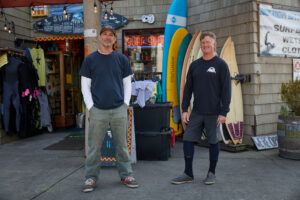
For Billy 'Blaze' Beal, it’s been a lifelong exercise in finding meaning in his art and in the waves.
The post A Former Big-Wave Surfer Shapes Impossibly Cool Boards in a Small Cottage in Sebastopol appeared first on Sonoma Magazine.
]]>






















Among the two dozen or so surfers dotting the lineup at Salmon Creek Beach on a sunny Sunday morning in early summer, one waterman stood out, both for the number of waves he was catching, and the steez—style and ease—with which he rode them.
William Beal, better known up and down the North Coast as Billy Blaze, spent a decade on the North Shore of Oahu learning to ride big waves. That pedigree was evident during this session at “Salmon,” two miles north of Bodega Bay. The tight-end-sized 54-year-old—he stands at 6-foot-4, 220 pounds—was fluid, unhurried, supremely confident as he carved the faces of wave after head-high wave.
Also eye-catching was his boxy-looking board, a 5-foot-9-inch crimson creation called the “Flathead,” a design Beal conceived and constructed in the studio behind his home in the hills west of Sebastopol. In addition to being a respected elder in the hardy tribe of surfers braving the chill waters and great white sharks along this rugged coast, Beal has made many of the boards they ride.
He is a grinning, shredding, deeply passionate anomaly in the modern surf world.
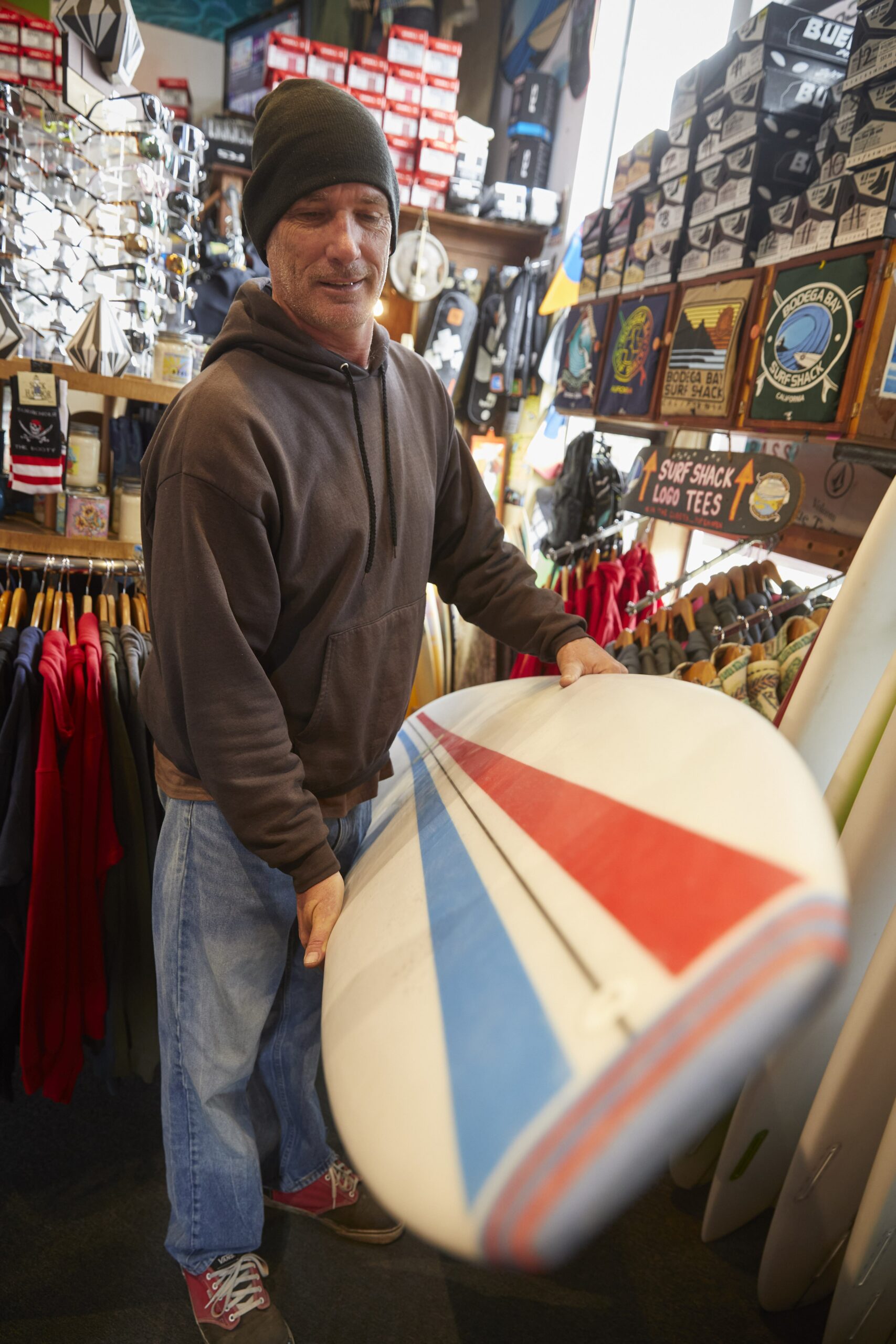
At a time when more and more surfboards are being mass produced, with help from robotized, high-precision machines, Beal is among a dwindling breed of shapers plying his craft entirely by hand.
Surfboards by Blaze (also, incidentally, the name of his business) can be found lined up in a rack at the Bodega Bay Surf Shack, beckoning customers into the shop like sirens. Or you can just call him—his number is on his Facebook page, which links to his even groovier Instagram account—for a bespoke, made-to-order “stick”.
Making those boards earns extra income for Beal, a carpenter by trade who works five days a week on customized van conversions. It also feeds him on a deeper level. “I always wanted to be an artist—always wished I could draw and paint, but I’m not really good at it,” he said. (He actually is pretty good at it, says his longtime surfing buddy, Christian Nolan.) “But one day, as I was shaping, I realized, I’m creating art. I mean, if someone thinks it’s beautiful, that’s art, right?”
He is, in that case, an accidental artist, who first tried his hand at surfboard shaping nearly two decades ago.
Around 2005, Beal recalls, he approached the world-class shaper Ed Barbera, who was then based in Santa Cruz. Beal asked Barbera if he could drive down to watch him work. Barbera said yes, and was an important source of instruction for Beal, especially early in his journey as a shaper. Over time, mentee evolved into competitor.
Barbera, a white-haired, Gandalf- like sage of a shaper, eventually migrated north to Sonoma County, and now practices his wizardry— barefoot, according to local lore—in a red barn behind Northern Light Surf Shop.
Ed Barbera’s boards “are more refined than Bill’s,” says Mike Doherty, one of Beal’s oldest friends, who rides boards shaped by both men. “But Billy’s a super student. He puts so much passion into his art and is always trying to come up with new things. A lot of shapers burn out, but he’s definitely not burning out. He’s climbing the ladder, and it’s been a cool thing to witness.”
There was no thought of making money when Beal took up this avocation. At the time, he merely hoped to learn the skills that would allow him to save a few bucks by making his own boards.
At a time when many other makers focus on just one aspect of the process— the shaping, the fiberglass, the paint job—Beale is proudly a one-man show.
All boards begin with a “blank,” the polyurethane foam core that gives the stick its buoyancy. After laying a template over a blank, then tracing the outline of the board, Beal began shaping it.
“A lot of [shapers] will cut their outline out with a handsaw, but I don’t dig that,” he said, “cause I’ve screwed it up that way.” As a carpenter, he’s more comfortable using a Skilsaw, whose strident whine is amplifi ed in the close confines of his studio, roughly 20 paces from his house.
To get the rest of the “meat off the blank,” Beale makes passes up and down with an electric hand planer, going deeper or shallower as needed. For the finer work, creating the contours that will give the board its speed and grip and lift, he swaps out the planer for … an oversized cheese grater. That’s what it looked like, anyway.
The surform, as it’s known, harvests curlicues of foam that join the accumulation of detritus on the floor, on Beal’s clothes, and atop the hair on his forearms.
As the final shape emerges, he picks up a sanding block. “This’ll take off the hard edges,” he says, “and give us a nice round rail.” He then routs out narrow rectangles on the bottom of the board to secure the fins, which give the board stability, allowing it to cut through the water.
That done, the shaper drapes fiberglass cloth over the board. That miracle fabric “is like rebar in concrete,” says Beal. It gives the board “a structure, so it won’t crack.”
He dons a respirator for the next step, pouring resin over the cloth, squeegeeing it around, waiting for it to cure, then flipping the board and repeating the process.
The respirator stayed on for the “sand coat” —a different species of resin containing a wax that makes that coating “more sandable,” said Beal. That coating provides a kind of buffer, “a layer you can sand without digging into the cloth.”
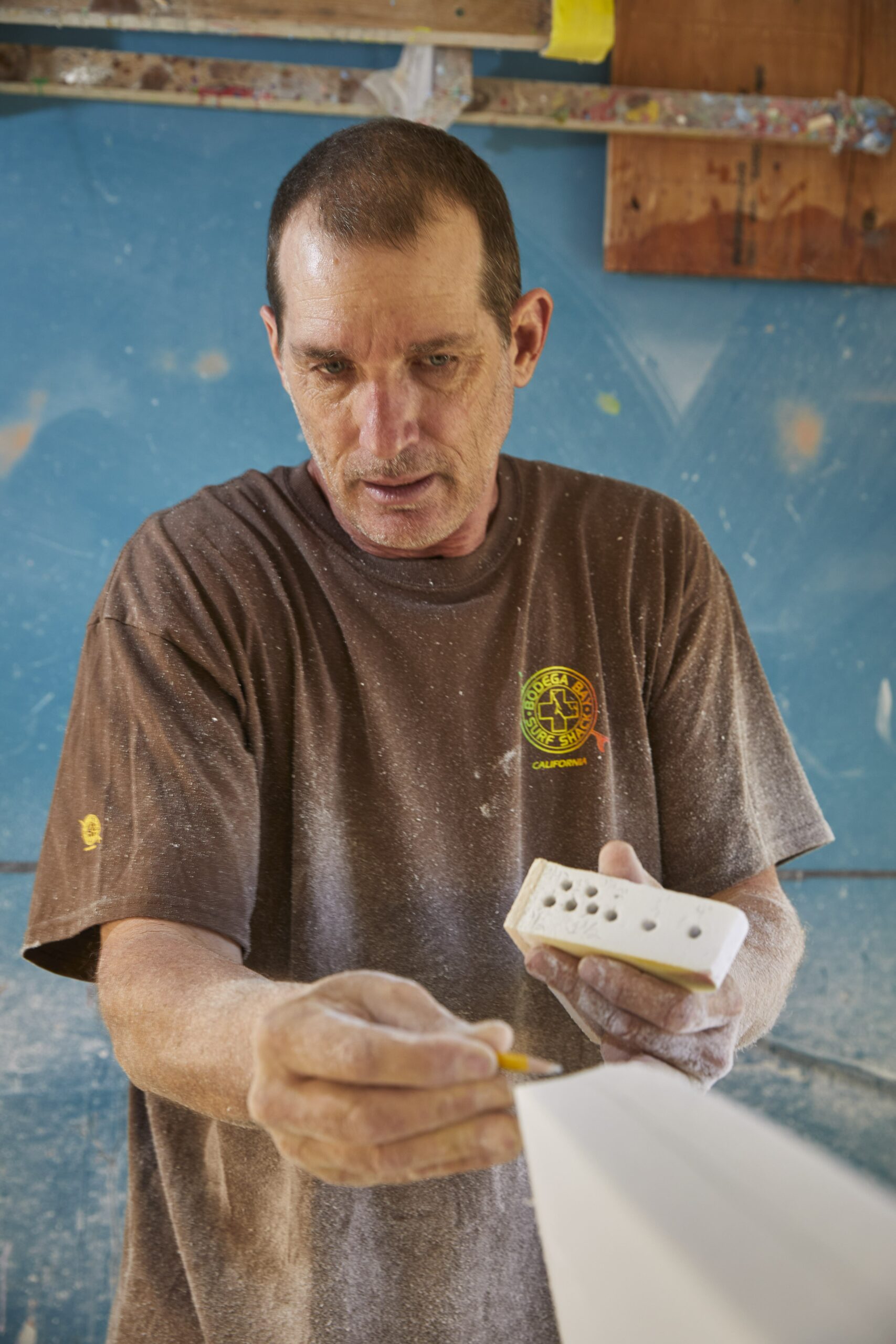
Once that coat dries, he is on the homestretch, sanding the board until it’s right, after which he might add some pinstripes, before applying—don’t take that respirator off just yet!—a final sand coat.
“Billy is the real deal when it comes to boards,” says Bob Miller, who, for the last 28 years has owned the Bodega Bay Surf Shack. “They all sell really well.”
Just as Hawaiians are known to underestimate wave height at their local break, Beal tends to undersell his shaping skills. “He’s better than he gives himself credit for,” says Christian Nolan, who is especially attached to Beal’s shorter, wider, flatter boards because they’re “more maneuverable” than the longer, high-performance shapes he and Beal favored 20 years ago. “You can ride bigger, sloppier surf” on one of Beal’s Flatheads, says Nolan, “and have more fun.”
Another fan of the Flathead is Doherty at Northern Light, who raves about the speed the board is able to hold during pivoting and turning. “It’s very glidey—superfast. It almost feels like a piece of ice, but it has grip to it.”
“I wish I’d gotten one 30 years ago.” But Beal only started making the Flathead in 2010.
The board’s curious, rectangular lines turn heads on the beach and in the lineup.
“I get it all the time, people asking me, ‘What’s with that board?’” says Beal, who is happy to get technical, explaining to strangers that the Flathead’s wide nose and tail “create a straighter rail line,” resulting in “less drag and more speed.”
From there, he is apt to embark on a soliloquy detailing how he and his board-making ilk stand on the shoulders of the pioneering shaper Bob Simmons, who was himself indebted to MIT-educated boat designer Lindsay Lord, author of the 1946 book “Naval Architecture of Planing Hulls.”
The son of a U.S. marine, William Beal grew up on a series of military bases. He spent his grade school years on Oahu, where he was immersed in surf culture. His older sister dated surfers, who encouraged the lad to take up their sport.
After attending high school in Okinawa, then Virginia, Beal moved to Santa Rosa in the mid-1980s “to see my grandpa.” He found work at Surf Plus, a shop that had just opened at the Coddingtown Mall.
“He comes rolling up on a cruiser bike, just a cool dude, and the nicest guy,” recalls Bob Miller, who also worked at the shop back then. “We just kinda hit it off from there.”
Beal wasn’t there long before a friend in Hawaii persuaded him to come back to the islands, promising a job in construction. He learned a trade, joined the carpenters union, became a handyman. For Beal that work served a higher purpose: he was determined to overcome his fears and ride the storied, massive waves on Oahu’s North Shore.
At the time he moved back to Hawaii, Beal remembers, “I was still kind of timid and didn’t have any direction.”
His quest to ride those waves gave him direction. “The ability to tackle something that’s terrifying, to do it and make it back to the beach alive—that gave me this sense of, ‘I can be a strong person. I can overcome things.’ It gave me a confidence I didn’t have.” Facing that monster and overcoming it, Beal believes, “gives you a certain way you can carry yourself afterwards.”
Back in Sonoma County after a decade on the North Shore, he found himself on another quest. What started as a hobby has turned into something more all-consuming—“the challenge to make a perfect surfboard.”
There came a point in that journey when he might see a board in a magazine or on Instagram, then get to work in his studio. “A week later I’m holding it in my hands,” he says. “That transition from the thought to the real thing—it’s like, ‘Wow, that’s my creation.’ You have an idea, you do the work, and it manifests into a real object. It’s kind of a magical thing.”
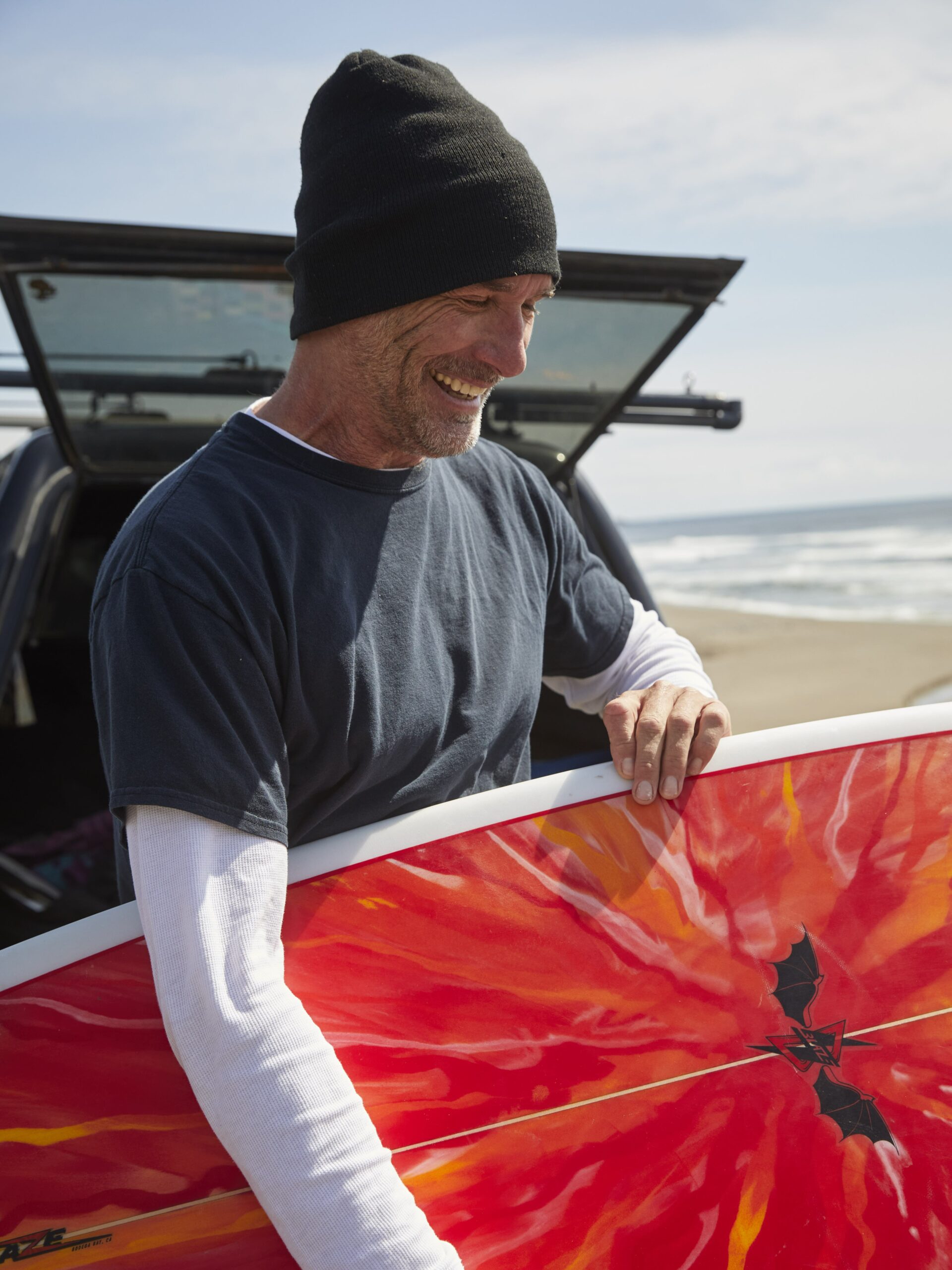
The shapers of Sonoma County
Bill ‘Blaze’ Beal: Carpenter and big-wave surfer whose desire to save a few bucks evolved into a quest to shape the perfect stick. Clients rave about his super-fast yet maneuverable Flathead model. On Instagram @surfboardsbyblaze.
Ed Barbera: World-class shaper who made his bones in SoCal, Hawaii, and Santa Cruz before adopting Sonoma County. The sage of the scene now works his magic in a red barn behind
Bodega’s Northern Light Surf Shop. Call 707-876-3032.
Jamie Murray: High-school English teacher and transplanted East Coast surfer who, upon moving to Sonoma County, couldn’t fi nd a shaper who would make him the kind of board he wanted — something with more volume than the waferlike “glass slippers” then in vogue. So he made his own, and hasn’t looked back. On Instagram @headhighglassy.
The post A Former Big-Wave Surfer Shapes Impossibly Cool Boards in a Small Cottage in Sebastopol appeared first on Sonoma Magazine.
]]>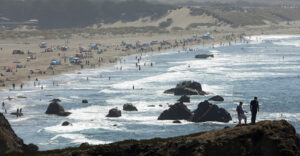
Somehow, they manage to keep the summer from descending into chaos.
The post How a Small but Mighty Team Keeps People Safe on the Sonoma Coast appeared first on Sonoma Magazine.
]]>






















On a busy summer weekend, tens of thousands of visitors are drawn to our Sonoma Coast, a rugged environment of land and sea where a single moment of questionable judgment can quickly evolve into a life-threatening situation.
The job of keeping everyone safe falls to a shockingly small corps of firefighters, sheriff’s deputies, and park rangers operating within a tenuous web of overlapping jurisdictions. Somehow, they manage to keep the summer from descending into chaos.
It was a run-of-the-mill ropes operation on the Sonoma Coast—which is to say it was complicated, technical, and dangerous. A Mendocino County resident had stopped for a bathroom break about 8 miles north of Jenner during a nighttime drive in the summer of 2016, and had tumbled down the rocky cliffs in the dark. Members of the all-volunteer Timber Cove Fire Protection District received the call around 10:12 p.m. and quickly set up a system of ropes and pulleys.
Two firefighters harnessed in and lowered themselves into the void. The victim’s family wasn’t sure exactly where she’d gone over the edge, and it took two hours of drifting and scrambling to locate her. Finally, Timber Cove Fire training officer Nichole Lynn found her huddling in a bush.
“She was a little cold, definitely scared, and (had) just a few minor scrapes to her face and her nose from sliding down the rock,” Lynn told The Press Democrat at the time.
It may be a typical medical call, but we just had to hike a half-mile to the beach to get to it. There’s always another layer of complexity.” – Fire District Captain Justin Fox
The relieved klutz licked the firefighter’s face all the way back to Highway 1. Marshmallow was a 35-pound pit bull puppy with a lot to learn about safe pooping practices. The pet owners resumed their drive home, and the Timber Cove crew added one more happy ending to the vast annals of Sonoma summertime calamities.
The warm months are here again, bringing waves of awed visitors to this spectacular coastline. And with them will come capsized kayaks and grounded boats, road-rashed cyclists and limping hikers, victims of dehydration and cardiac arrest, swimmers caught in riptides, cars deposited onto rocky ledges they were never meant to visit and any number of random mishaps that become all but inevitable when you set loose a horde of carefree revelers in an environment of rugged land and sea.
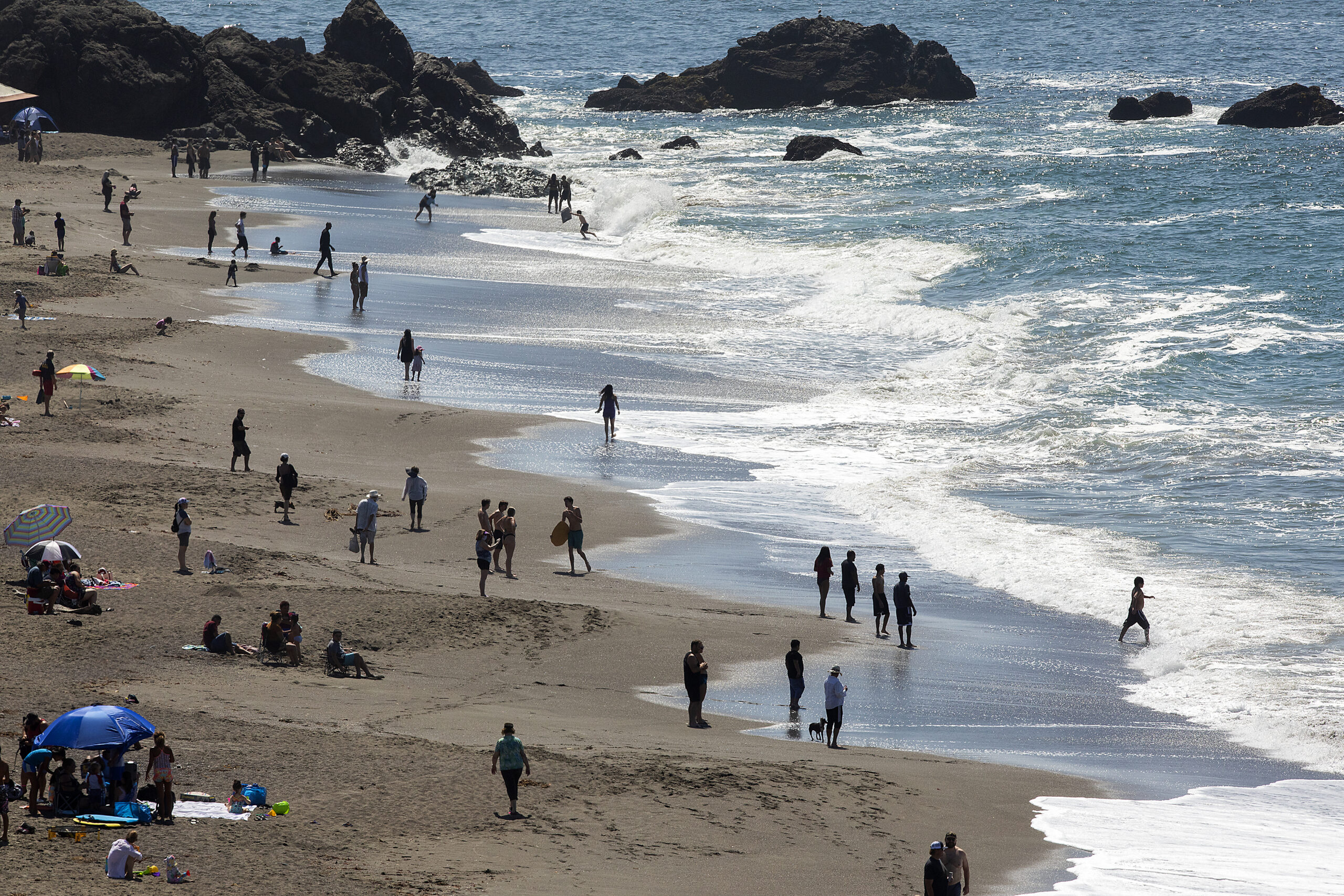
In 2019, before the Covid pandemic took a bite out of tourism, Sonoma County welcomed 10.2 million overnight and day visitors. Not all of them came between Memorial Day and Labor Day weekends, and not all ventured to the coast. It just felt like it.
“As early as noon sometimes, our lots are maxed out—what we call full visitation,” says Tim Murphy, a ranger at Sonoma Coast State Park.
The job of keeping these thousands of daytrippers safe falls to a shockingly small corps of first responders. At any moment during the summer, the on-duty staff of firefighters, cops, state and regional park rangers, California Highway Patrol officers and Coast Guard personnel patrolling the Sonoma Coast might amount to a few dozen.
They cover a twisting, 50-mile stretch of California Highway 1 that unwinds from Bodega Bay north to Gualala. Their beat is a puzzle of beaches, rocky ledges, muddy bays and estuaries, campgrounds, city streets and seaside hills veined with dirt trails— locations difficult to access. “It may be a typical medical call, but we just had to hike a half-mile to the beach to get to it,” says Justin Fox, a Sonoma County Fire District captain at Station 10 at Bodega Bay. “There’s always another layer of complexity.”
And of course, there is always the undulating power of the Pacific Ocean, which lures you with its beauty but cares little for your safety.
It’s a lot to handle. Summer is its own brand of mayhem at the coast for one major reason: There are so many more bodies to be bruised, scraped, and scorched. In other words, for emergency rescuers at the coast, the wild card is humanity itself.
“You get 5,000 people on a beach—that’s our target hazard,” says Station 10 assistant fire chief Steve Herzberg. The vast majority of calls to the Bodega Bay station, he says, are for illnesses and injuries that could happen anywhere, anytime: heart attacks, pneumonia, slip-and-fall fractures, and the rest of life’s painful embarrassments.
For Erich Lynn, chief of Timber Cove Fire District—and father of Nichole, renowned pit-bull puppy rescuer—the hardest thing about a summer emergency can be getting to it. More than half of his station’s calls, he figures, put his trucks on Highway 1. It’s a curving two-lane route with narrow shoulders and too-few pullouts, and it’s packed in summer.
Lynn says a lot of drivers freak out when they see the flashing lights behind them, and just stop in the middle of the highway, clogging up the response. Don’t get the man started on cyclists. “Bicyclists, they just don’t listen,” Lynn says. “They don’t pull over, they don’t stop. And sometimes you’ve got five or six riding together. Once you pull out to pass, you’re committed to the whole string.”
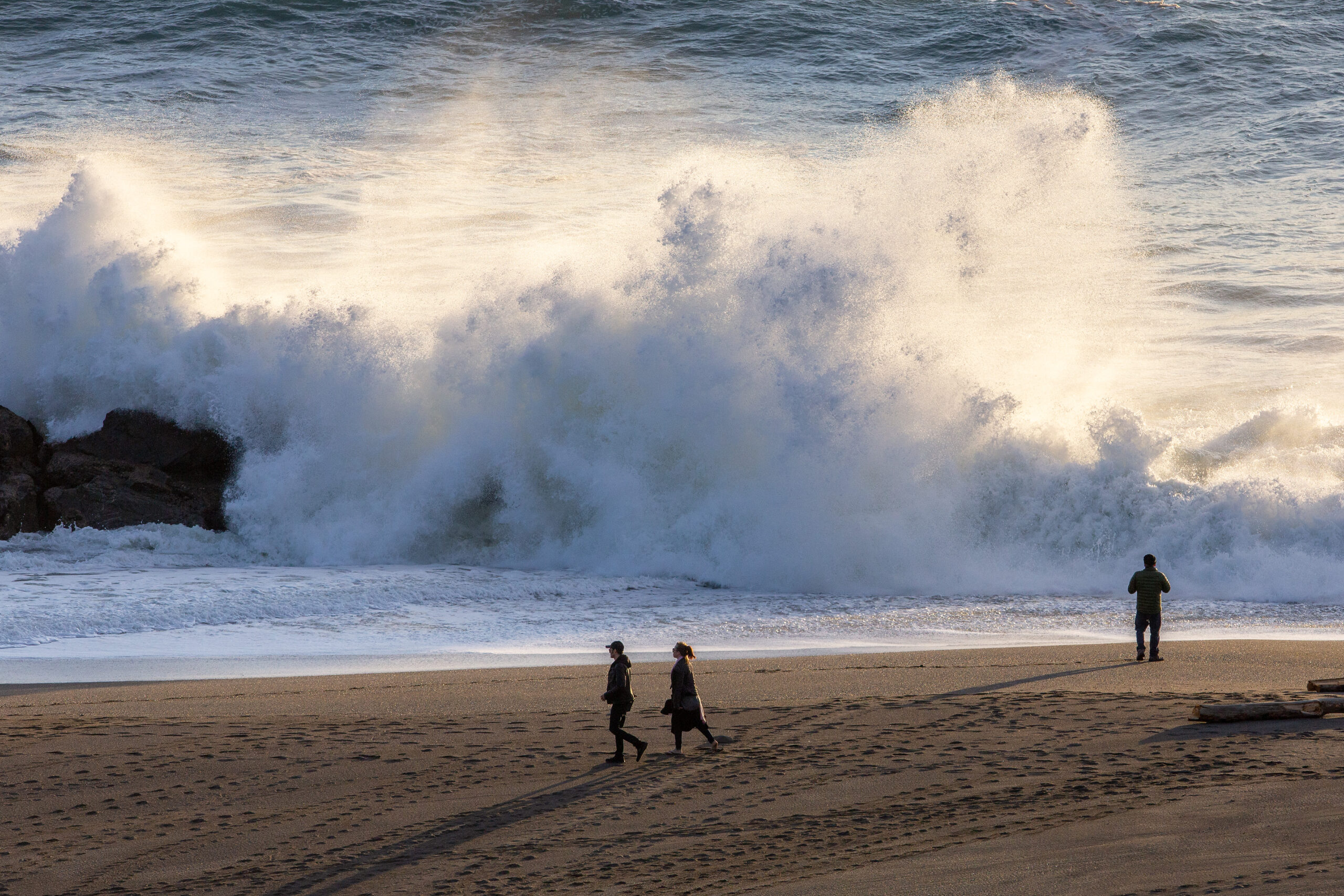
While acknowledging the challenges they encounter, first responders tend to project a similar theme: The system works. These folks have your back, even when you’re floating atop 200 feet of ocean.
The range of “situations” they face regularly is limited only by the imagination and questionable judgment of beachgoers.
Station 10’s Justin Fox recalled an incident a few years ago that seemed almost comical, right up to the moment it turned dire. Firefighters received a call about a citizen in distress. They scoped the ocean with their binoculars, and there he was: a young adult, in shorts and tank top, piloting a pink floatie shaped like a unicorn. He had drifted a halfmile south, and away from the beach. The unicorn was presumably bound for Mexico before they collected him.
In June 2019, a 54-year-old woman drove off a cliff just north of Salmon Creek. Investigators suspected it was a suicide attempt. She survived the crash, crawled out a broken car window before her vehicle burst into flames, and swam out to sea, where she was rescued by a firefighter from Station 10 in Bodega Bay.
In August 2021, a man and his six dogs (including five 4-week-old puppies) were rescued by the Coast Guard near Driftwood Beach, 9 miles south of Bodega Bay, after his boat lost power and he drifted in the ocean for a night. And last June, a driver in a Honda Civic went off the side of Highway 1 and rolled about 25 feet down a cliff just north of Russian Gulch State Beach.
If you’re wondering—yes, alcohol does play a significant role in much of this madness. That’s true anywhere. But it doesn’t help to have approximately a billion liters of available, world-class wine between Santa Rosa and the Sonoma coast.
“I don’t drink, so I can smell alcohol from 10 feet away,” says Timber Cove’s Erich Lynn. “People just get bored when they know the road so well. They get a six-pack in Jenner and head home. And a lot of people camp, drink all weekend and then drive home.”
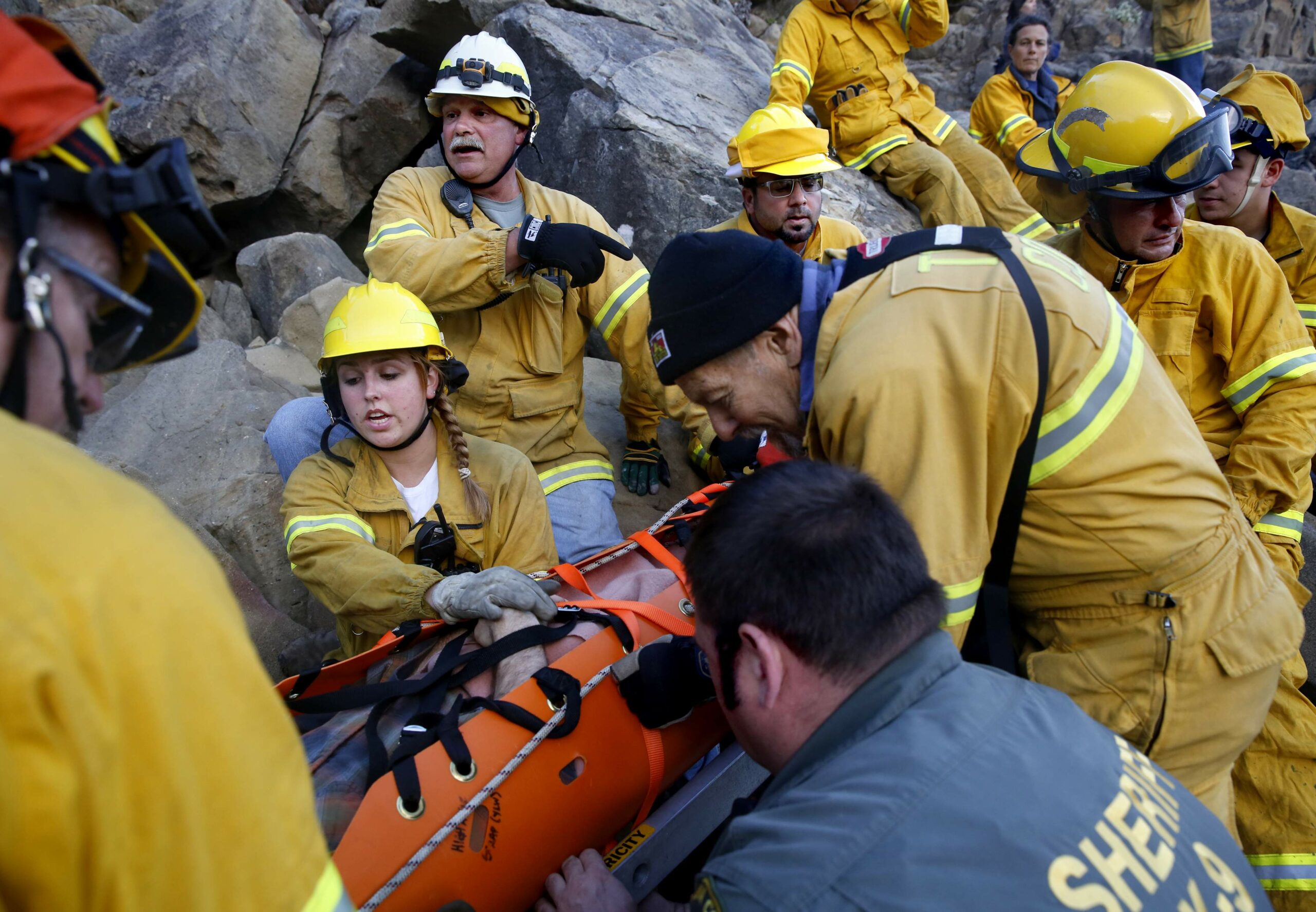
Faced with such a panoply of unfortunate events, it doesn’t help that the interlocking teams of first responders are getting smaller.
When ranger Tim Murphy transferred from Orange County’s Huntington Beach in 1999, his State Parks division had about 20 sworn officers, he says. Now they’re down to eight, handling a busy jurisdiction that stretches from Bodega Bay north to Salt Point State Park, and inland to Austin Creek, including several campgrounds that must also be monitored. “It does take a toll in terms of a lot of overtime work,” Murphy says. “Call volume has gone up, and we have less officers to cover it.”
Erich Lynn says his fire department in Timber Cove historically had 21 to 23 on-call fire volunteers. He has 18 now.
To meet the coverage challenge, coastal emergency crews throw specialization and territoriality out the window. Agencies here tend to do a little bit of everything, working hand in hand with one another in overlapping jurisdictions.
They certainly do at Station 10. It’s like any other firehouse in America, except this one is perched on a hill with a view of a sliver of Bodega Bay. Visitors are often greeted with the sound of barking seals, carried in on the breeze.
Calling Station 10 a fire department is a bit like referring to George Clooney as a tequila salesman. The description is accurate, but it isn’t necessarily the main thing they do. According to Steve Herzberg, the Bodega Bay firehouse responds to about 20-30 fires a year, compared to 25-40 marine rescue incidents.
That’s thanks in large part to Fox, who helped create the station’s boats program a decade ago.
The Bodega Bay fire crew, a volunteer company until Sonoma County Fire District absorbed it in 2022, was always around the water, of course. Until 2012, however, their jurisdiction more or less ended at the surf line. That didn’t make any sense to Fox, who noted that the commercial fishing fleet anchored at Bodega Bay makes up a big part of the town’s tax revenue. Weren’t the men and women of the local fleet entitled to the same level of care as shop owners?
To meet the coverage challenge, coastal emergency crews throw specialization and territoriality out the window. Agencies do a little bit of everything, working hand in hand across overlapping jurisdictions.
Staffing and maintaining a boat program wasn’t an easy sell for a community-supported volunteer fire department. Why do we need this, residents would ask Sean Grinnell, the station chief at the time. “Because we have an ocean,” Grinnell would answer.
Indeed they do, and it’s a squirrely one. Riptides. Side currents. Sleeper waves. Rocky shoals and sandbars. Drunken boaters. Water temperatures in the mid-50s throughout much of the summer. Beneath that soothing surface lies a video game full of risks.
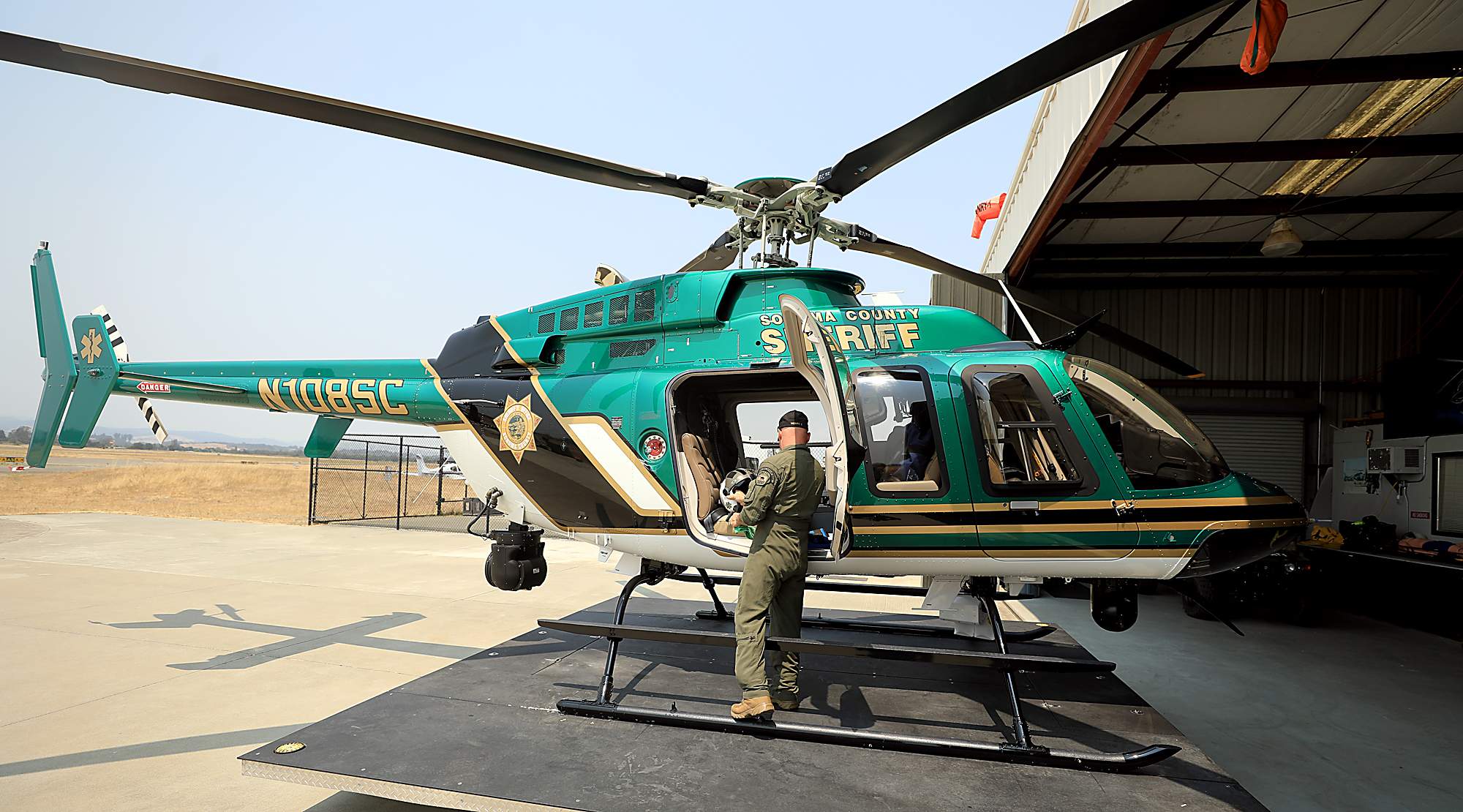
Not every visitor answering the siren song of Sonoma’s coast understands the nuances of this stretch of the Pacific. That can be true especially of those escaping 100-degree days in the Sacramento-San Joaquin Delta, or vacationers more used to the smaller waves and gently-sloping shores of Santa Monica or the Eastern seaboard.
“While some spots on the coast are quiet and sort of calm in appearance, as far as the water is concerned, it’s still the Pacific Ocean,” says Sonoma County Sheriff’s Office deputy Rob Dillion. “And our coast can be particularly rough. There are scenarios where the weather is absolutely beautiful, but the swells and the water are turbulent. You’ve got currents moving through. People get themselves in trouble. And the ocean is not forgiving.”
There is a Coast Guard station in Bodega Bay, too. The military post has larger boats, including an 87-foot patrol boat, and takes the lead on search-and-rescue operations. The Coast Guard is also charged with ocean law enforcement, in the rare event it’s necessary.
Station 10’s smaller craft can perform shallow-water operations, and unlike the Coast Guard, Station 10’s rescue crew includes paramedics. The bigger of its two craft, not surprisingly, also has firefighting capabilities. It’s the only technical fireboat between the Golden Gate Bridge and Humboldt/Arcata Bay in Eureka.
Seagoing entities from Station 10 and the Coast Guard are frequently aided by Henry 1, the all-purpose emergency helicopter operated by the Sheriff’s Office.
The chopper is stationed at the Charles Schulz-Sonoma County Airport in Santa Rosa and is responsible for a huge coverage area. But Henry 1, like the rest of us, winds up spending a lot of time at the beach during the summer. In fact, the Sheriff’s crew flies regular patrol runs—west along the Russian River from the airport, down the coast, around Bodega Bay and back.
The Henry 1 pilots, Dillion says, are trained to fly in winds that would ground many helicopter pilots. It’s one of the few air units in the region capable of longline rescues, those made-for-TV operations involving a hovering aircraft and an officer dangling on a rope like a stalled yo-yo.
The Sheriff’s Office also has three deputies assigned to the coast—at points north, central, and south. All three live in their assignment areas, turning their homes into de facto substations, and allowing them to develop an understanding of both the people who live around them, and the vagaries of the coast.
Henry 1 pilots often fly in conditions that would ground other pilots. They’re also trained in longline rescues, those made-for-tv operations involving a hovering aircraft and an officer dangling on a rope like a stalled yo-yo.
“They’re witnessing the rapidly changing power of the ocean—and the cliffs and coastal line, and how it’s always changing,” Dillion says. “They’re seeing the flow of people in and out on the weekend, and how the weather plays a role. If something goes wrong, we have people who have been there.”
State Parks plays a huge role, too. They have one lifeguard tower, at Goat Rock, though it’s rarely staffed outside of holiday weekends, Murphy says. Most of the time, State Park rangers not busy elsewhere cruise along Highway 1 or on one of the three beaches they’re permitted to drive—Salmon Creek, Goat Rock and Wrights. The others are too rocky and impassable.
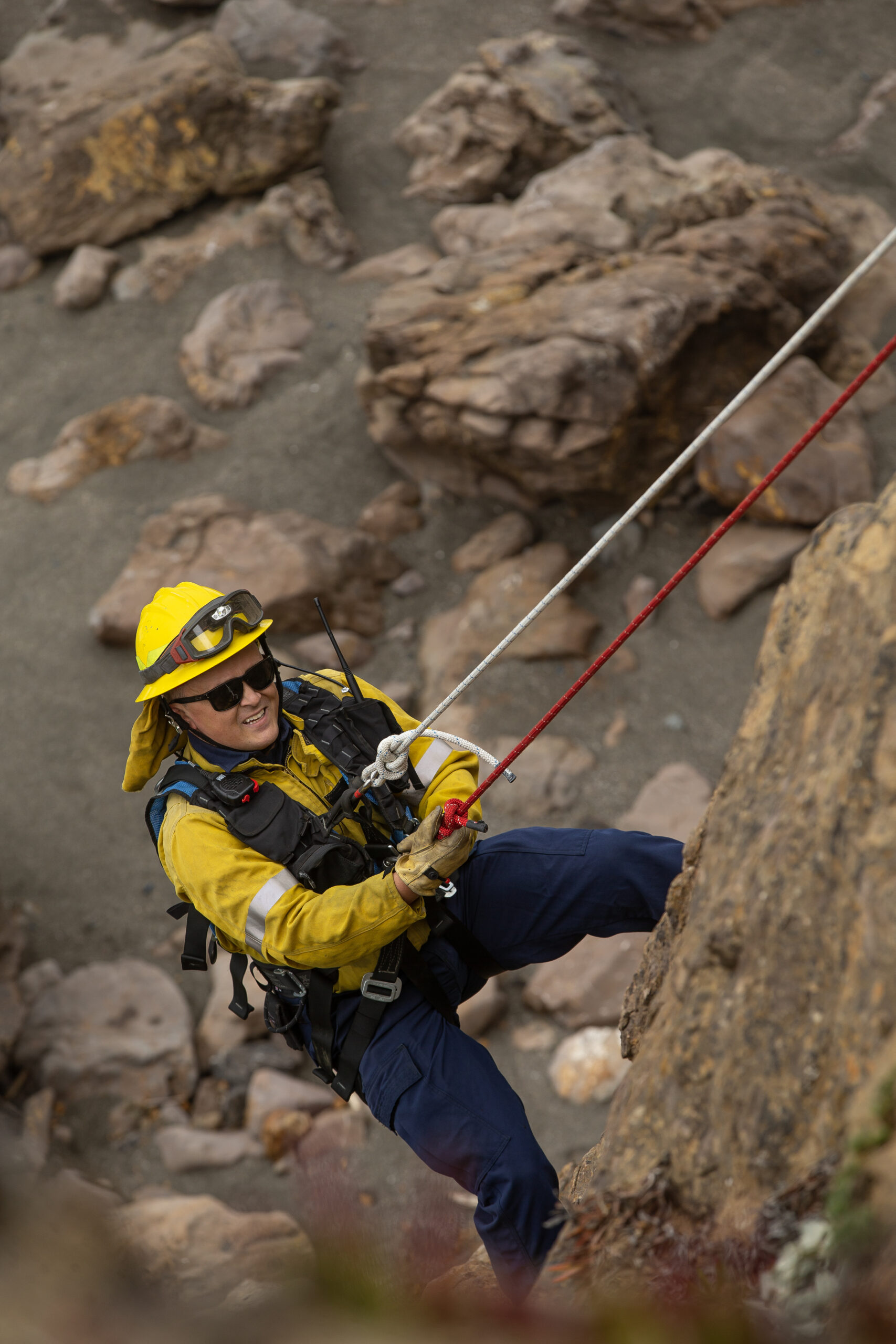
A lot of the public safety net at the coast could best be defined as saving us from ourselves. No one begrudges anyone from visiting. On the contrary, the emergency workers share the compulsion to breathe in a little salt air on a hot summer day. But man, can a rescuer get a little help?
If you’re going out in a canoe, maybe tell your family, Murphy says. Read the signs at the beach; they may be telling you about rip currents or the absence of lifeguards. Spend a minute on the National Weather Service’s website or on windy.com before you set sail.
“Even on a calm day, I really caution people not to turn their back to the ocean,” Murphy says. “I know you can take lot of scenic pictures that way, but if you have a large groundswell, you won’t see it when that powerful water rushes up the beach. That’s probably most of our rescues out here.”
Hearing these stories can make you wonder: Why would anyone sign up to do this work? Stretched-tight resources…traffic hazards…terrain that fights you in a hundred different ways…stupid human tricks, performed daily. It must be the worst job in America.
Except these on-call heroes will tell you it’s the best. Herzberg, long before he was an assistant fire chief, was a lawyer. In that job, he says, he frequently brought chaos to peace. Now he brings peace to chaos, a role he cherishes even at 78 years old. And let’s face it, the outdoor “office” where these first responders labor each day probably has a better view than yours.
“It’s still a beautiful place to work,” Murphy says. “On a bad day, depending on what the circumstances are, just going outside and collecting your thoughts, and seeing the beautiful Sonoma Coast can give you some perspective.”
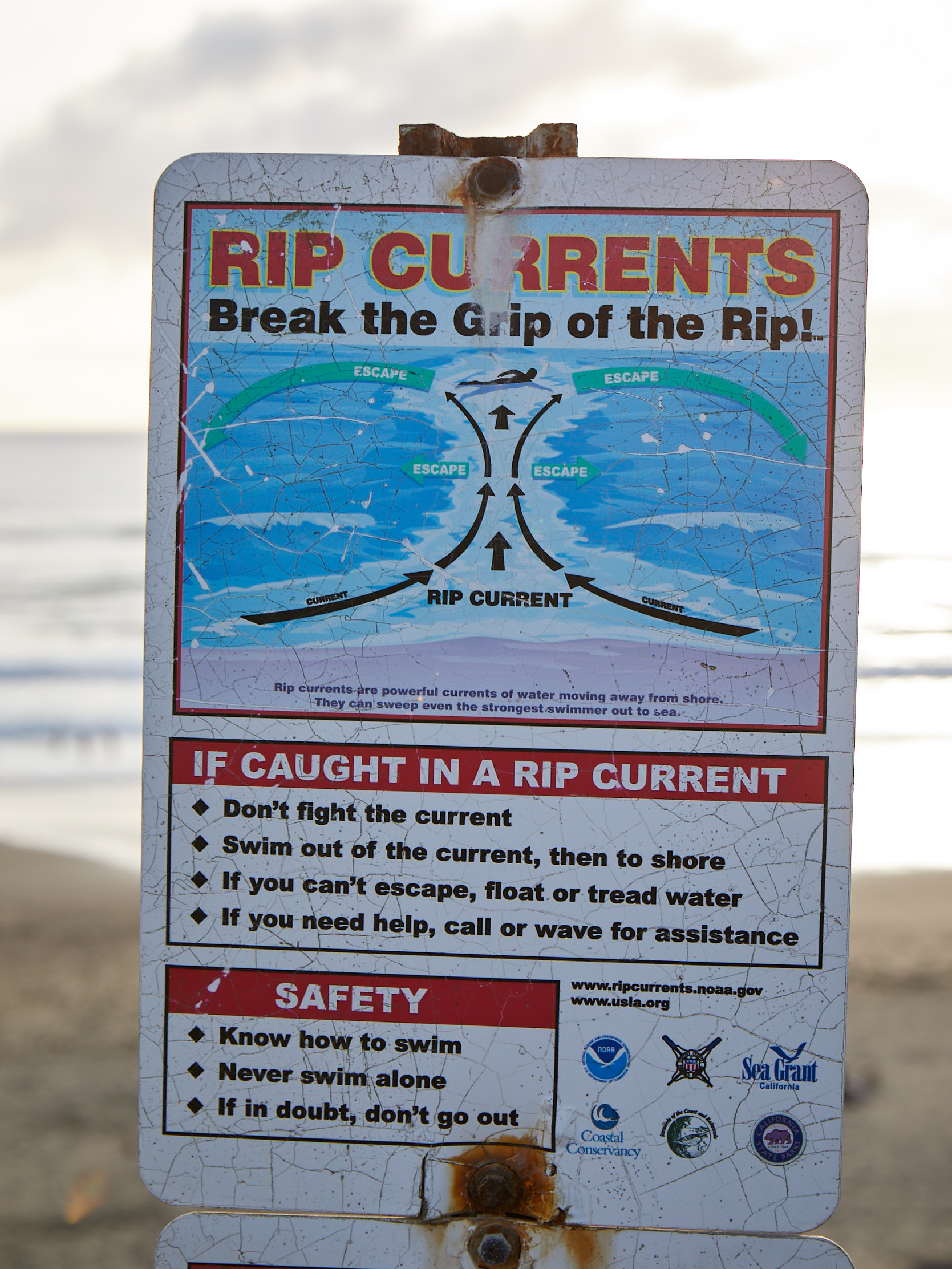
Common coastal calamities — and how to avoid them
Sneaker waves
The cautionary tale: On September 21, 2021, a large wave swept a 28-year-old woman onto the rocks at Goat Rock Beach. She injured her ribs and head, and was airlifted to a Santa Rosa hospital.
Don’t let it happen to you: Large swells can come out of nowhere. You can’t see the monster coming if your back is turned.
Unstable cliffs
The cautionary tale: On July 27, 2019, a man tumbled over a cliff while hiking near Coleman Beach, sustaining severe facial injuries.
Don’t let it happen to you: The rugged Sonoma coastline was formed by erosion. Stay a few feet from the edge, and you won’t become part of the scenery.
Shark attacks
The cautionary tale: While surfing off North Salmon Creek Beach on October 3, 2021, 38-year-old Eric Steinley felt something clamp down on his leg and drag him underwater. He fought off the shark but wound up with a severed nerve that required several surgeries.
Don’t let it happen to you: Despite the terror they evoke, shark attacks remain rare. That said, it’s always a good idea to swim or surf with others nearby.
Rough seas, strong currents
The cautionary tale: Tragedy struck three boaters, including a child, on July 31, 2021, when their 10-foot aluminum skiff overturned in choppy seas near Salt Point. One adult drowned.
Don’t let it happen to you: Know the ocean currents, check the weather, and make sure you have the experience—and the equipment— for the job.
The post How a Small but Mighty Team Keeps People Safe on the Sonoma Coast appeared first on Sonoma Magazine.
]]>
From quesabirria to Vietnamese crepes to a seafood boil, here's what to eat right now in Sonoma County.
The post 5 New Restaurants to Try in Sonoma County appeared first on Sonoma Magazine.
]]>






















From quesabirria to Vietnamese crepes to a seafood boil, here’s what to eat right now in Sonoma County. Click through the above gallery for best dishes to order.
Sebastopol
Goldfinch
Walking into Goldfinch restaurant feels a little like cheating. The former occupant, K & L Bistro, was a workhorse community restaurant that somehow managed to elevate simple dishes into Michelin-worthy meals. It was always there for us with strong martinis and French onion soup.
When it closed in 2022, it was a tough goodbye— the end of a lovely culinary relationship.
Less than a year later, Goldfinch has sashayed into its place. And it’s already stealing hearts.
The interior has received a stunning makeover, with open wicker pendant lights casting a golden glow above cozy tall-backed booths. Exposed brick walls and banquettes remain, but the tablecloths and carpet are long gone. It feels younger and fresher, a place for a date, perhaps, with plenty on the menu for all to enjoy. The drinks are just as strong, the staff just as experienced, and the large open kitchen with bar seating is just plain sexy.
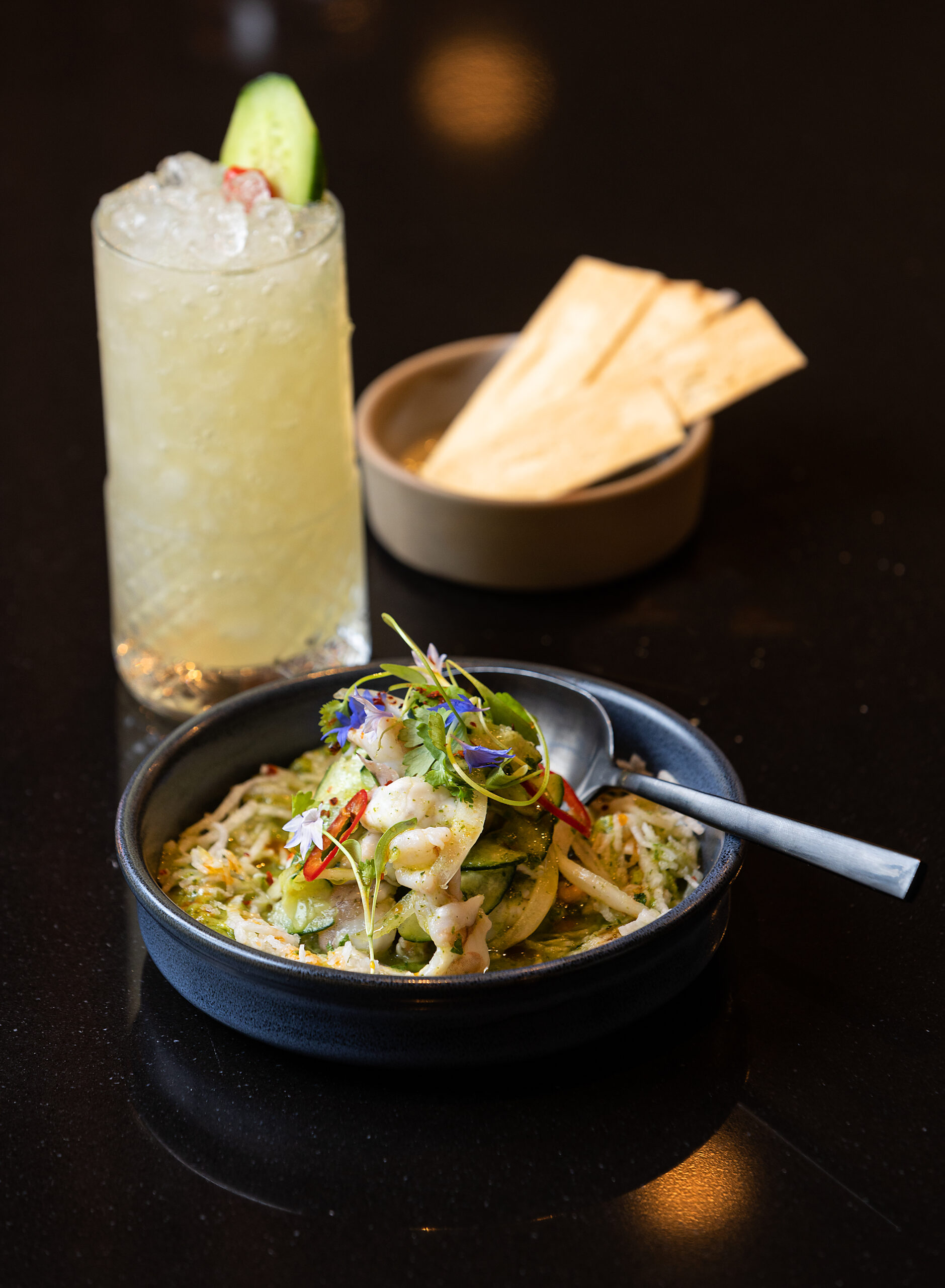
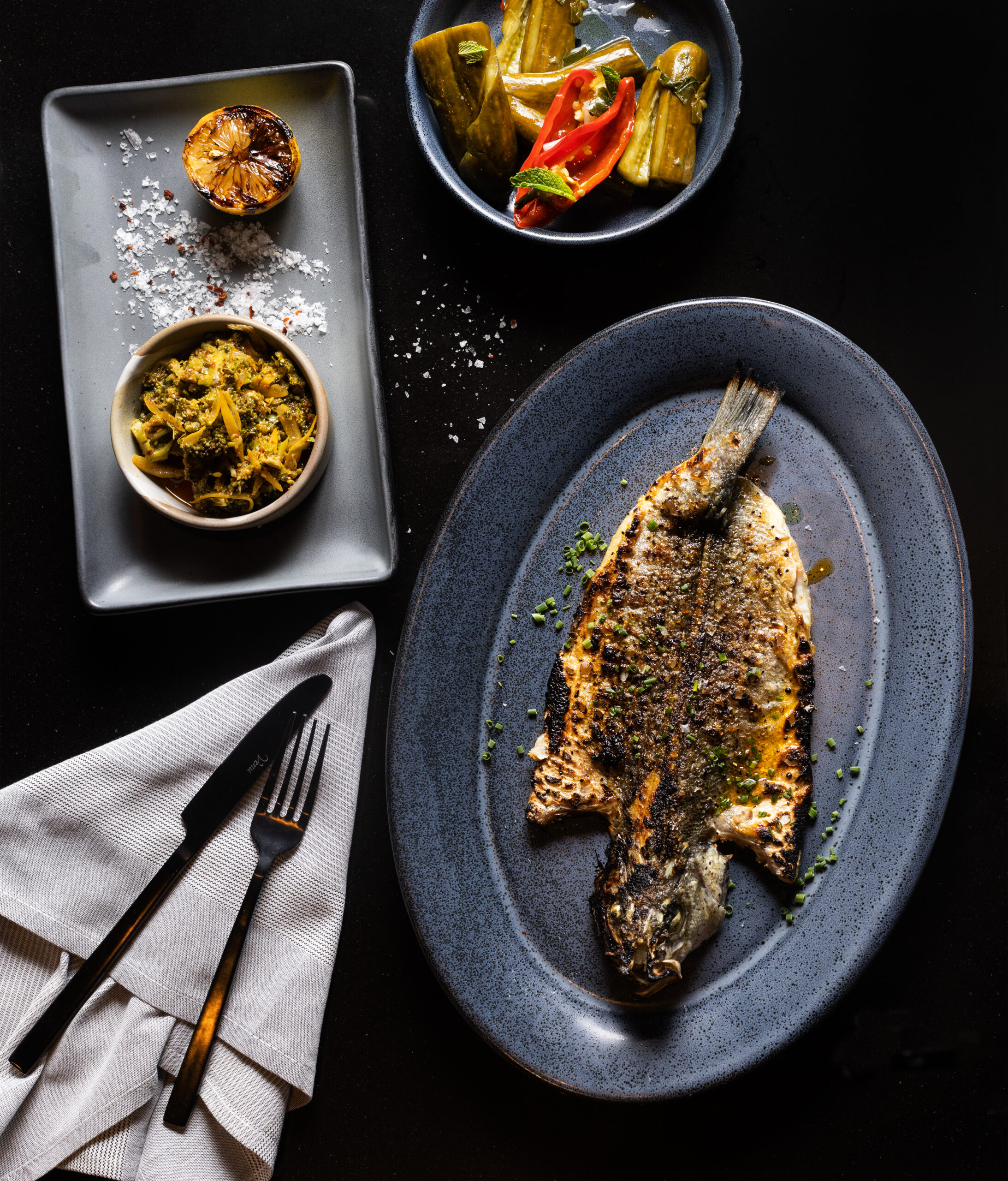
Dishes from chef Rodrigo Mendoza, formerly of Willi’s Seafood and El Charro Negro, are organized into Bites, Small Shareable plates, and Large Sharable plates. Bites ($8 each) include focaccia pull-apart rolls with rosemary and a simple dish of cracked cucumber with tart yuzu vinegar. Stock up on the Small Shareables ($12 to $18) including the gem-like fire-roasted beets with sweet caramelized yogurt, pistachios and pickled onions. Most smaller plates are plant-focused, like grilled maitake mushrooms with risotto, zucchini with burrata, or heirloom carrots with honey and garbanzo puree.
Larger entrées, like the vegetarian ricotta tortellini with fava beans, peas, and asparagus in a delicata squash puree, are as beautiful as they are delicious. The cocktail menu ($14 each) is a little heavy on the rum, bourbon, and whisky side—however, the Fizz Fuzz with tequila and orange-flower water is a summery quencher. The wine list is thoughtful, though not wildly imaginative, with decent by-the-glass pours.
The restaurant opened in late May, so falling madly in love with Goldfinch feels a little premature. But we’re certainly ready for a second date.
119 S. Main St., Sebastopol. 707-827-9882, goldfinchsebastopol.com
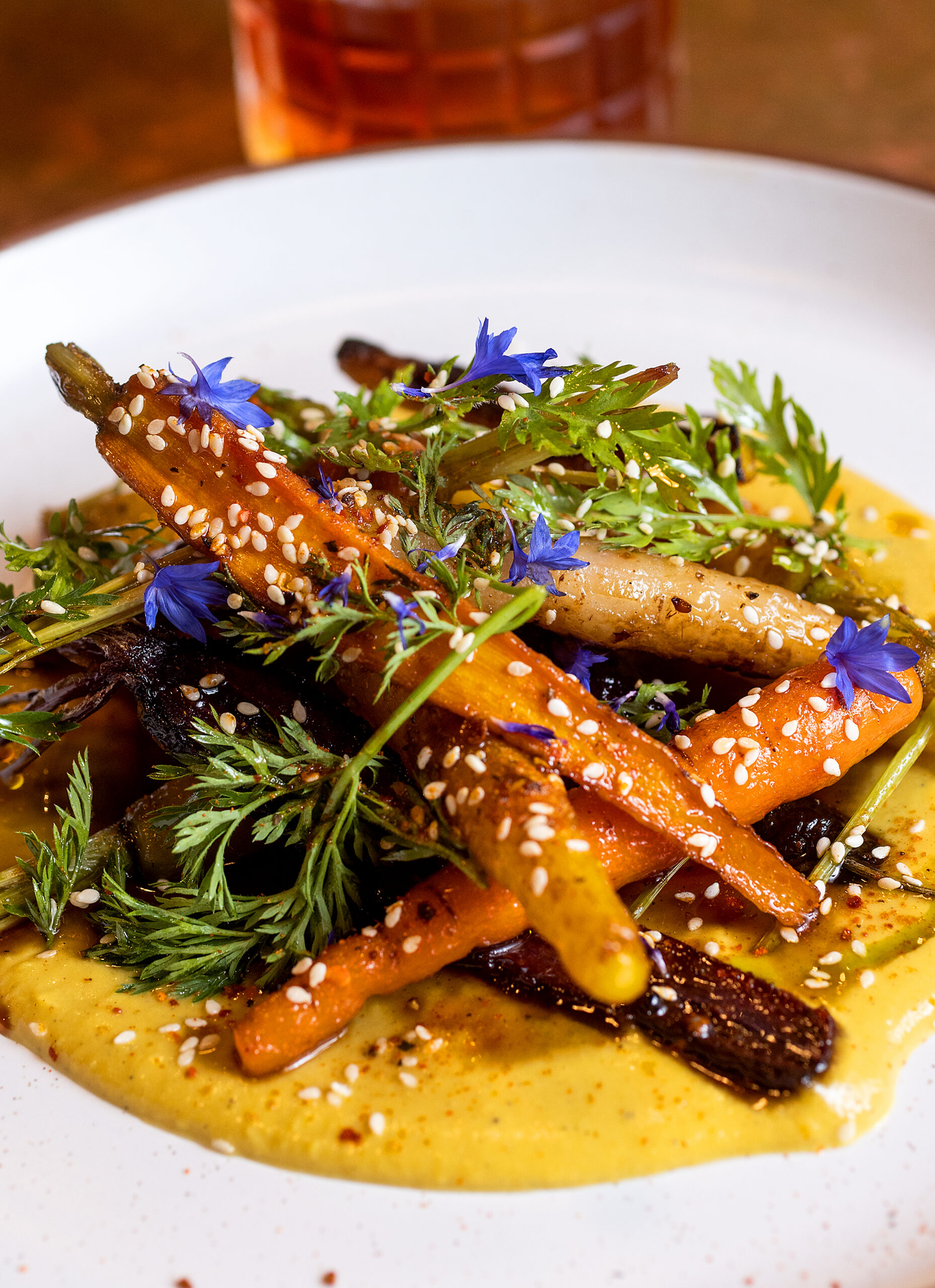
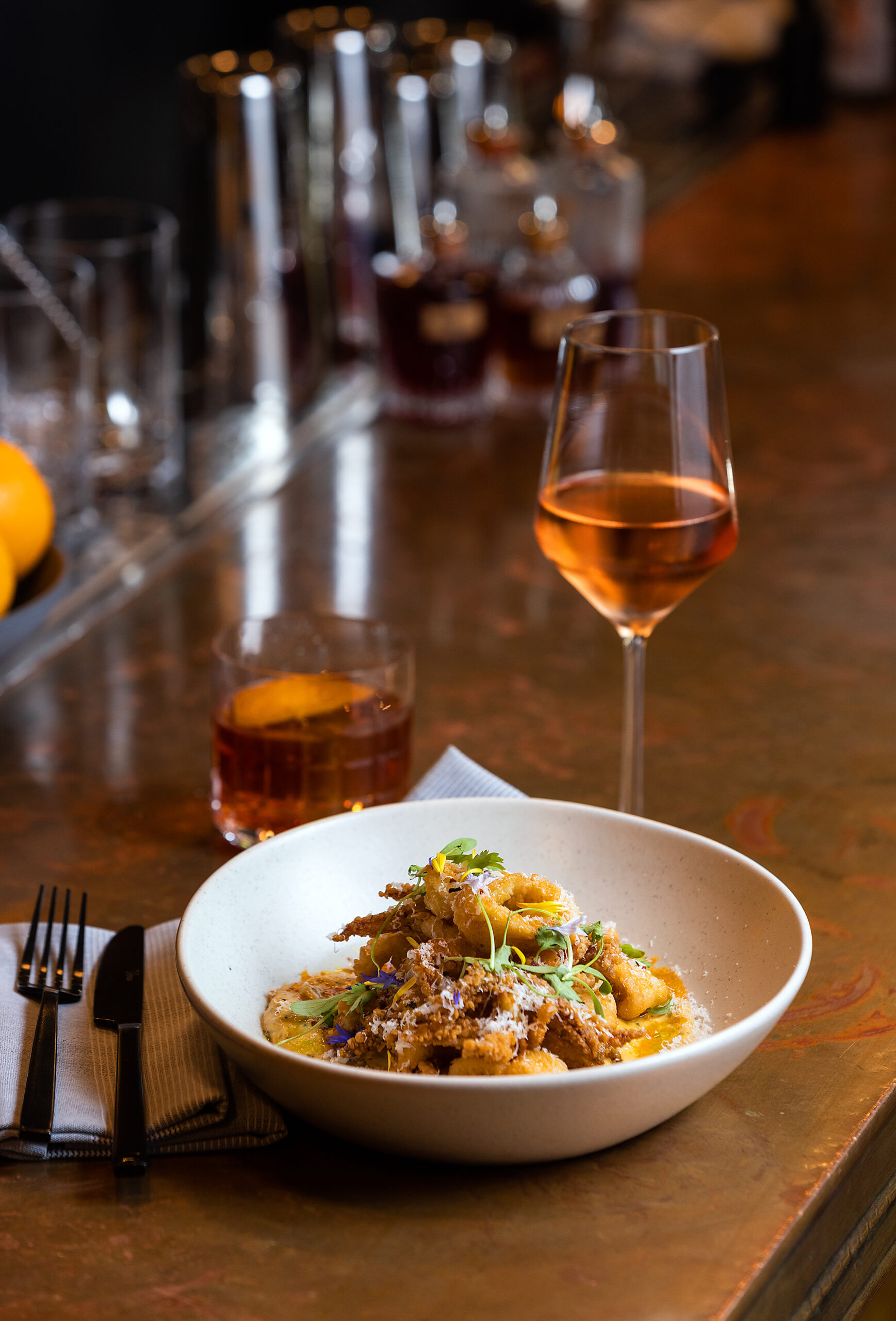
Santa Rosa
Bag O’ Crab
Bag O’ Crab is exactly that: a steaming pile of seafood dumped onto a communal plate that’s a love-it-or-hate-it kind of thing. Wearing a large plastic bib and eating with your fingers is also self-selecting. If you’re up for it—or just find pulling off shrimp heads weirdly satisfying — Bag O’ Crab is your new favorite restaurant. The concept is pretty simple: You pick your seafood, pick your sauce, and wait for the hot mess to arrive. It’s literally hot. And messy.
Combos are the best bet, offering mix-and-match choices of Dungeness crab, king crab legs, clams, crawfish, shrimp and lobster ($31.95 to $83.95). Combos also include corn, potatoes, and sausage. Sauces are the critical decision — we recommend Louisiana flavor, which has a hint of sweetness. Spice levels are up to you, from mild to “On Fire XX.” Don’t be a hero, especially if you’re sharing.
Your order includes plastic gloves, wet napkins, and implements for the shelled seafood. The whole shebang is mixed in a large plastic bag and not-especially-ceremoniously dumped onto a metal platter in the middle of the table. Or you can eat the entire thing alone. Plan to make a mess and smell like Bag O’ Crab sauce for the next few hours — which isn’t necessarily a bad thing.
1901 Mendocino Ave., Santa Rosa. 707-843-7267. bagocrabusa.com
El Fogon
Championing a favorite taqueria is a frequent pastime for Sonoma County residents. It’s about the perfect spit-grilled al pastor, the best salsa bar, the heftiest burrito, or the crispiest carnitas. But dissing someone else’s quesabirria spot? Let’s just say, you’d better be ready for a fight.
El Fogon is my newest obsession, featuring the epic machete, a forearm-length corn tortilla filled with meat (al pastor!), cheese, sour cream, tomato, and cilantro. A street dish common in Mexico City, the blade-shaped machete can easily feed two. The salsa bar is stocked with spicy sauces for dipping or dousing and adds a kick to the camarones al mojo de ajo (shrimp in a creamy garlic sauce). The biggest winner, of course, is the crispy, cheesy quesabirria.
623 Fourth St., Santa Rosa. 707-575-0574, elfogonca.com
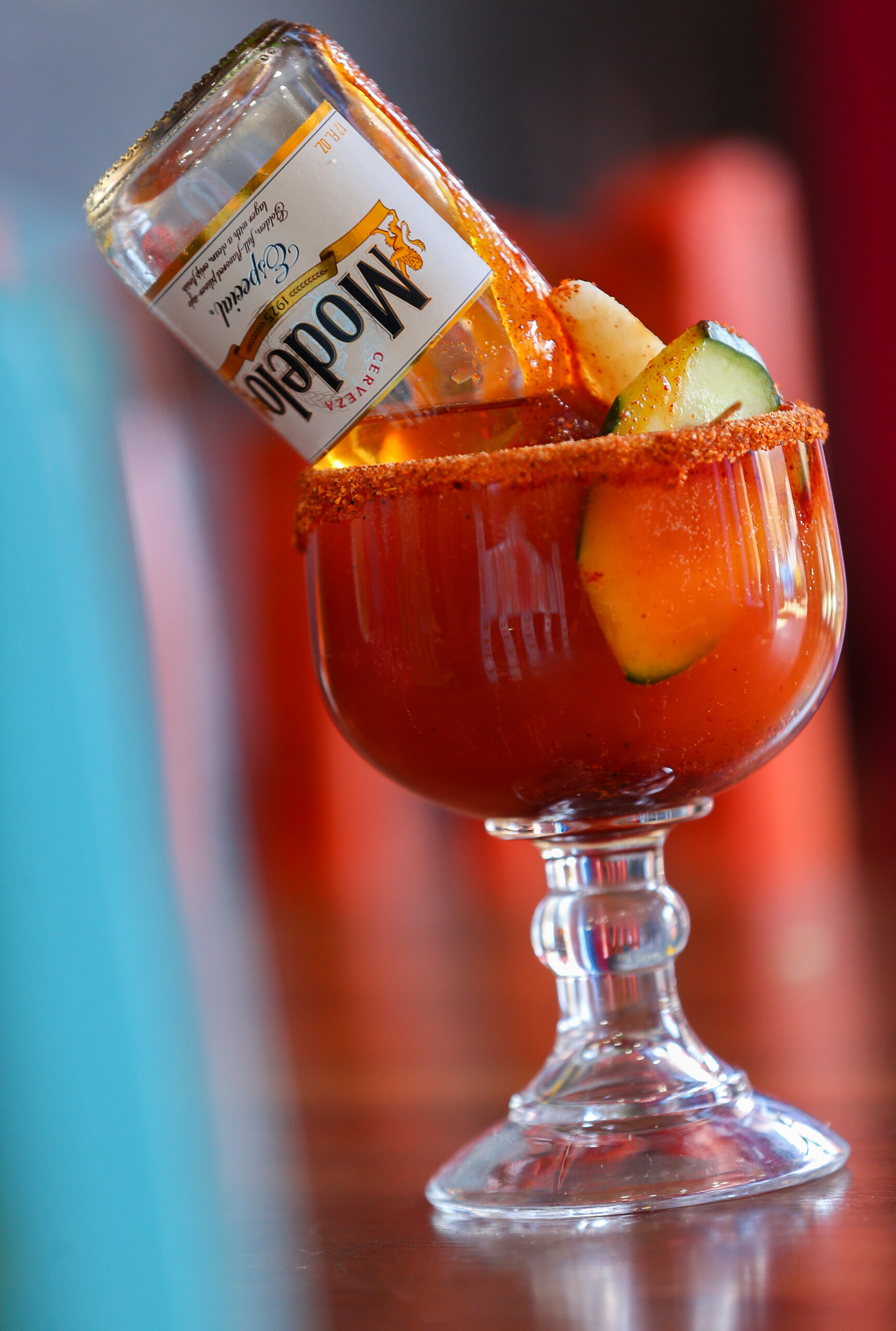
Mandarin Kitchen
In a village outside Hanoi, Vietnam, an unassuming food vendor cooks what local chef Tony Ounpamornchai considers the best banh xeo he’s ever had. The sizzling Vietnamese crepes stuffed with seafood and vegetables have been a street food staple for centuries, favored by farmers working long days in the fields.
Ounpamornchai’s newest restaurant in Santa Rosa’s Montgomery Village shopping center (formerly Tony’s Galley) aims to evoke these types of experiences. He’s getting personal with the menu, pulling dishes from his childhood — learning to make his mother’s massaman curry or picking freshwater spinach from the pools surrounding his family’s floating home in Thailand.
The restaurant celebrates the expansive culinary landscapes of Vietnam, Malaysia, Bali, Singapore, Cambodia, and Laos.
Can’t-miss dishes include Ounpamornchai’s own version of banh xeo with prawns, bean sprouts, and cabbage; grilled sea bass wrapped in banana leaves; eggplant and sea scallops in soy and hoisin sauces; and the airy green tea cheesecake.
722 Village Court, Santa Rosa. 707-303-7007, mandarinkitchensr.com
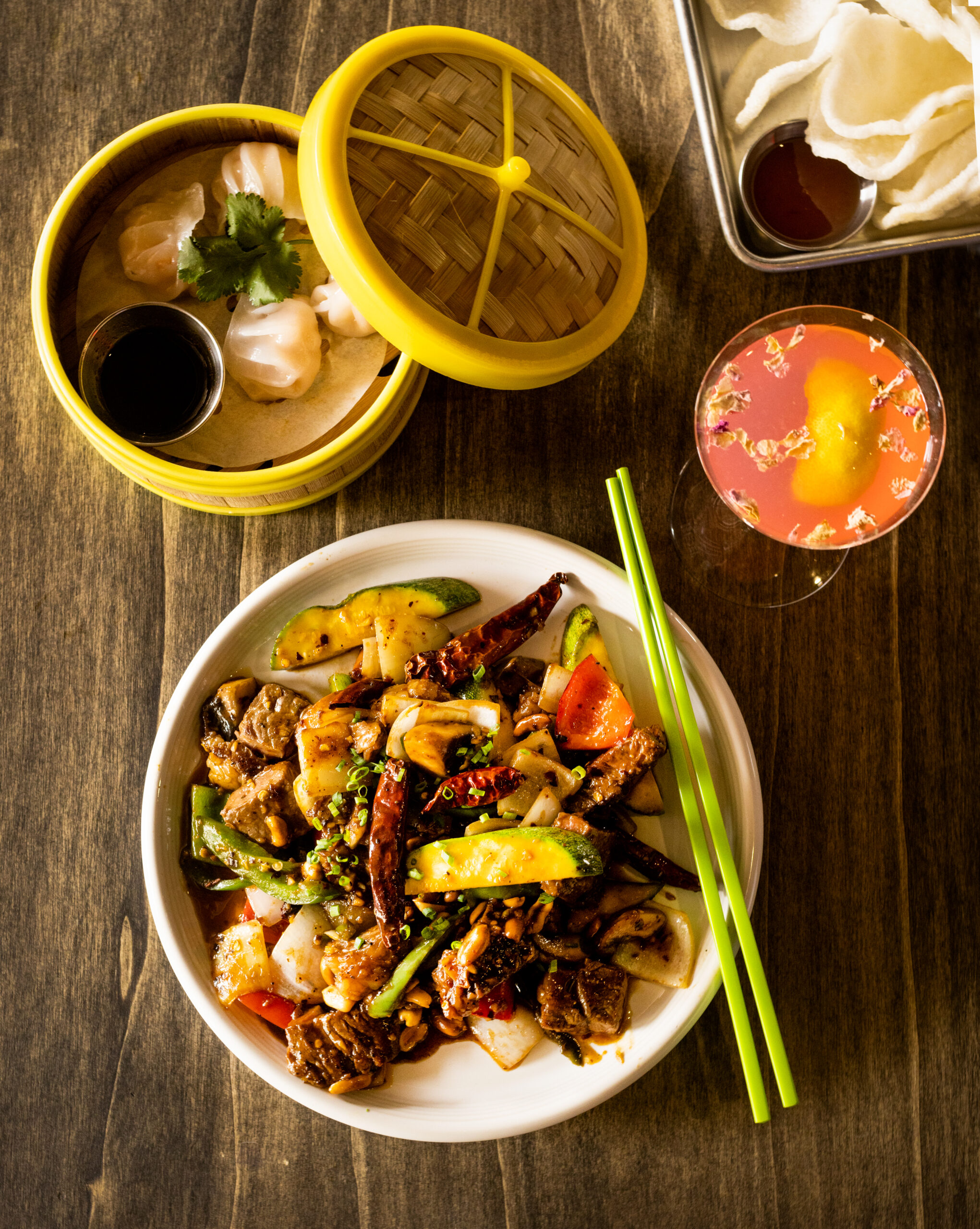
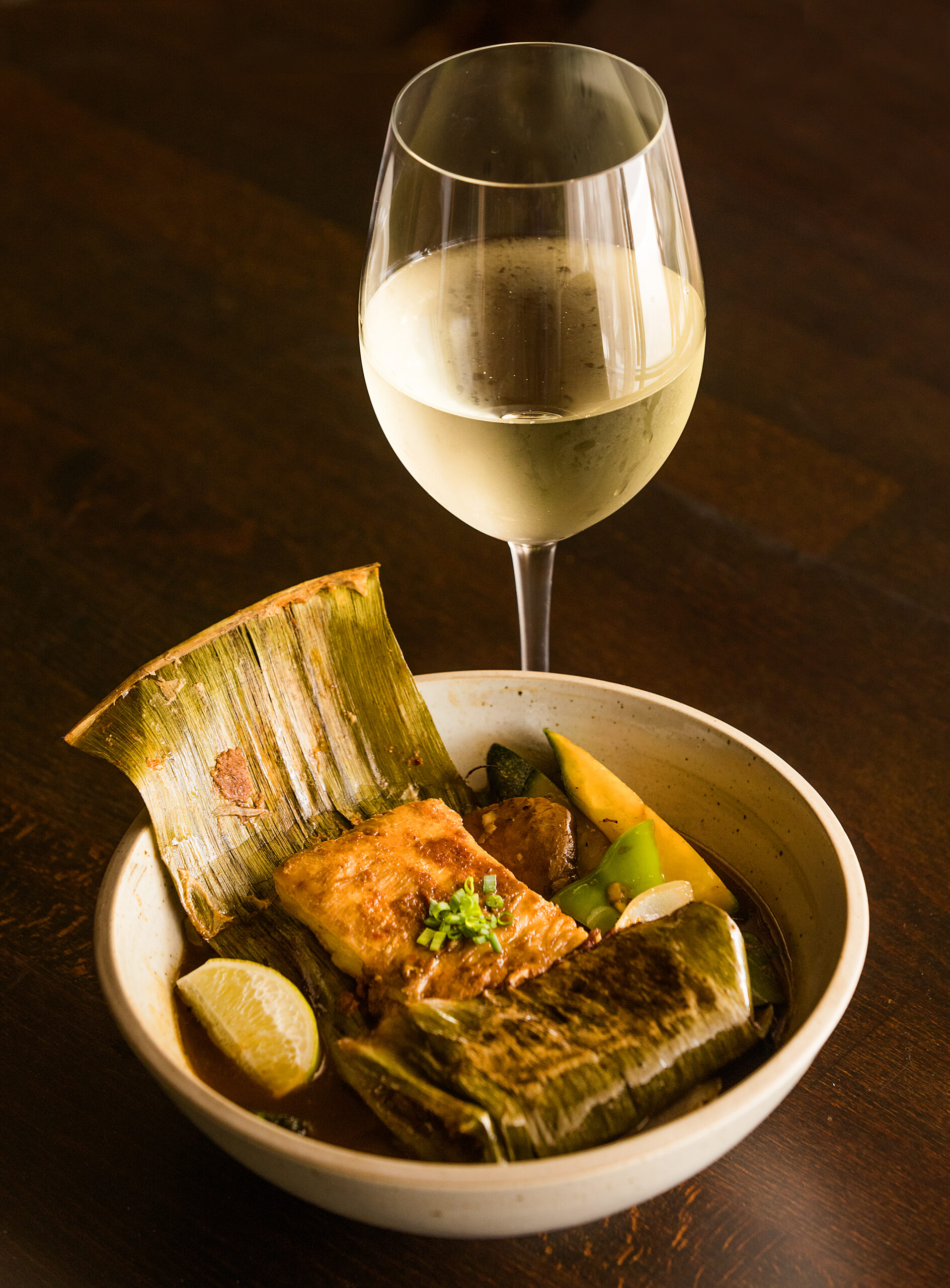
Petaluma
Tea Room Cafe Pop-Ups
For more than a decade, chef Mark Malicki’s underground-ish weekend dinners at the Casino Bar & Grill in Bodega have been a coastal secret. Malicki recently expanded his weekly lineup to include a new pop-up location at Petaluma’s Tea Room Cafe on Tuesday nights. In the tiny kitchen, Malicki moves like an octopus, managing to cook multiple dishes at the same time, his arms deftly moving from one pan to another.
Recent menus have included a soft-shell crab and corn soup, swordfish à la plancha, baked oysters, chanterelle mac and cheese, and mussels with green coconut curry. Prices range from $10 to $27, and payment is cash or Venmo only.
Check Instagram @malle.mal for weekly menus. 316 Western Ave., Petaluma.
The post 5 New Restaurants to Try in Sonoma County appeared first on Sonoma Magazine.
]]>
Summer socializing under shady umbrellas requires three things: fruity cocktails, friends and tasty nibbles.
The post The Best Bar Bites and Cocktail Pairings in Sonoma County appeared first on Sonoma Magazine.
]]>






















Summer socializing under shady umbrellas requires three things: fruity cocktails, friends, and tasty nibbles. After painstakingly pub-crawling and happy-hour stalking, we’ve assembled this idiosyncratic — and possibly cocktail-goggled — list of bar bites and cocktail pairings in the county.
Best salaryman experience: Okonomiyaki + Kyoto Sour
Fern Bar
Japanese okonomiyaki is the ultimate last-call bar snack. The lovechild of an omelet and a pancake, this ugly-duckling dish redeems itself with crispy, gooey savoriness and drizzles of sweet Kewpie mayo. Wash it down with Fern Bar’s green tea-infused gin cocktail. Oishii!
6780 Depot St., Suite 120, Sebastopol.
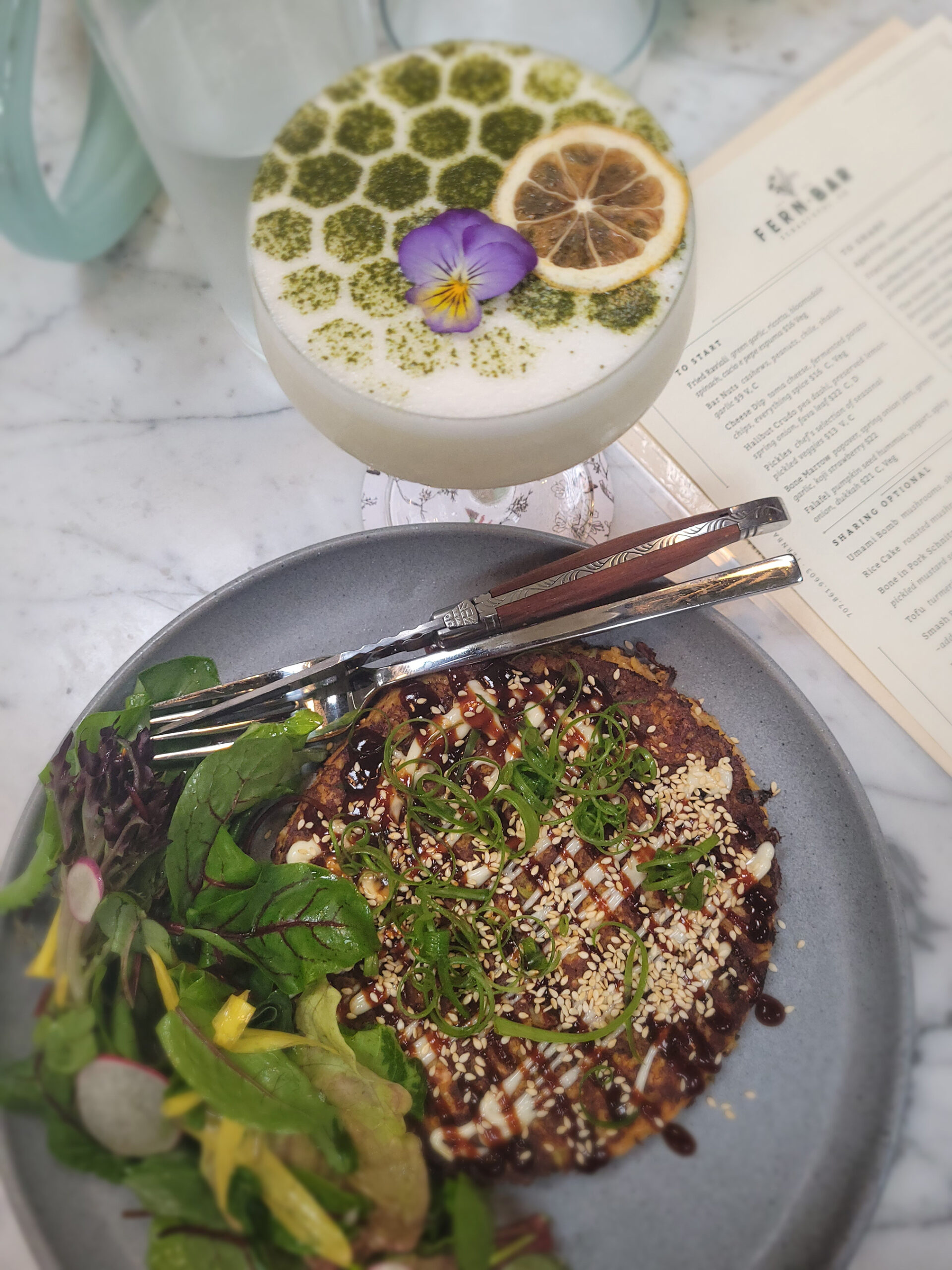
Top secret rendezvous: Trompo Street Tacos + The She Devil
Geyerville Gun Club
The rare combination of a chef-driven menu and top-notch bar program means you can’t go wrong at this far-flung outpost. Sidle up to a barstool and grab one of their daily street tacos (or Reuben fries, or Korean tacos, they’re all good), then dive into a sneaky minx of a margarita with smoky mezcal, citrus, and a sprinkling of ghost pepper.
21025 Geyserville Ave., Geyserville.
Top ’90s nostalgia: Banh Mi Sandwich + Raspberry Lemon Drop
Kettles
Vietnamese banh mi sandwiches tick off all the boxes for bar-snack perfection, filled with barbecued pork, pickled veggies, and pâté stuffed into a French roll. Though we swore off lemon drops in 1998, it was impossible to resist a sticky-sweet cocktail (sugar rim and all) made with low-proof Soboloff vodka.
1202 W. Steele Lane, Santa Rosa.
A night owl perch in a sleepy town: Spicy Pimento Cheese + Li Hing Margarita
Starling Bar
After most of Sonoma has gone to bed, head to this cool-kids neighborhood bar. There’s something oddly satisfying about the East meets Midwest combo of a sweet-sour margarita dusted with li hing (made with dried, salted plums) and the pimento cheese with tortilla chips.
19380 Hwy. 12, Sonoma.
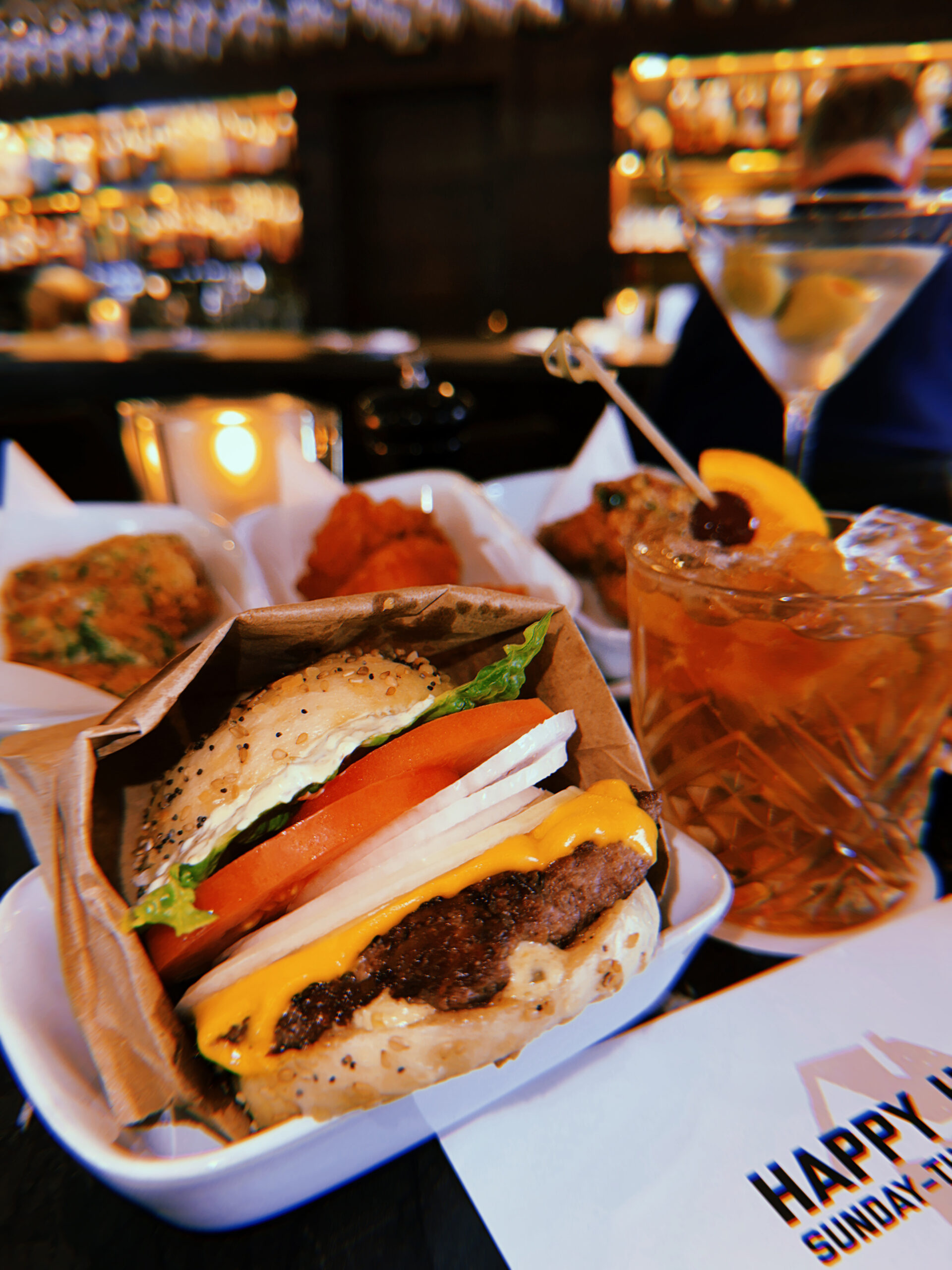
A virtual trip to Brooklyn: Smashburger + The Bedstuy
Willi’s Wine Bar
Wrapped in grease-spotted brown paper, Willi’s tiny-but-mighty burger is topped by a bagel-inspired “everything” bun and stuffed with special sauce, lettuce, onion, and cheese. Kick back a barrel-aged whiskey Old Fashioned, and you’re on the A train to Prospect Park.
1415 Town and Country Dr., Santa Rosa.
Best all-around: Crab Rangoon Dip + World’s Best Vodka Soda
Lo & Behold Bar + Kitchen
A deconstructed version of the Chinese restaurant favorite, this crabby dip comes with fried wontons for dipping. The entire menu is a bar-snackers dream, with upscale versions of chicken tenders, poutine, tacos, and noodles.Keep it simple with their signature vodka, tonic, and unicorn tears-infused soda.
214 Healdsburg Ave., Healdsburg.
The post The Best Bar Bites and Cocktail Pairings in Sonoma County appeared first on Sonoma Magazine.
]]>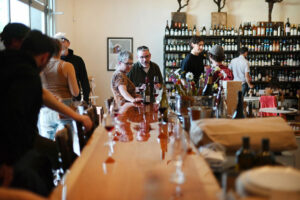
Hundreds of natural wines from around the globe line the shelves, including selections from France, Italy, Australia, the Republic of Georgia, California, and beyond.
The post Much-Anticipated Natural Wine Bar Opens at The Barlow appeared first on Sonoma Magazine.
]]>






















D.C. Looney and Lisa Costa are eager to make friends in Sonoma County. The couple, who met as harvest interns at standout Pinot Noir producer Williams Selyem Winery in 2007, have longstanding ties to the area. Now, with the opening of their new wine bar, The Punchdown, at The Barlow in Sebastopol, the couple aim to build a community around their lineup of natural wines.
The Punchdown in Sebastopol is the second location for the couple’s burgeoning wine bar business. Their first Punchdown location, launched in Oakland in 2010, was a 2022 James Beard Award semifinalist for Outstanding Wine Program. Now, they’re excited to expand their focus on natural, organic, and biodynamic wines — those produced with minimal sulfur dioxide (SO2), native yeast fermentation, and no fining, filtering or additions of any kind.

“We’re really looking forward to bringing people together, especially those in the wine, food, and restaurant industries, to give them a taste of something a little different,” says Looney. “Who knows? Maybe we’ll introduce some local winemakers to natural wines, and they’ll be inspired to make their own.”
Looney and Costa plan to offer the area’s largest selection of natural wines under one roof.
Hundreds of natural wines from around the globe line the shelves, including selections from France, Italy, Australia, the Republic of Georgia, California, and beyond. Bottle prices are fair, and there is a special shelf for wines under $25. Wine flights and wines by the glass can be purchased at the bar along with small bites like charcuterie, spiced carrot dip, Spanish olives, fresh bread from Red Bird Bakery, and imported tinned fish.
Inside, the new wine bar has a rustic, handcrafted appeal, with salvaged redwood slabs topping the communal tables and reclaimed sequoia wood for the service bar, enhanced with Japanese shou sugi ban wainscoting applied by the couple themselves. Looney and Costa also sourced gnarled local grapevines to install on the walls.
“We want to do all we can to showcase the history of this region, while also bringing something a little different to the county,” explains Looney.
As a young student, Looney gained an appreciation for organic, biodynamic, and natural wines during a study abroad program in France. Over time, he says he and Costa started to feel put off by conventional winemaking techniques, which can include a number of additives. Natural wines, he believes, have a nuance and complexity all their own, and better reflect a sense of season and place. “You can make good, clean wine that doesn’t have all the life stripped out of it,” says Looney.
The couple, who are now raising their young daughter here, say Sonoma County is an ideal place for a bar focused on natural wines. Sonoma is where they met and fell for each other as harvest interns, and it’s also where they fell in love with California. “Salt Point State Park is like our vacation home,” says Looney. “We love camping and foraging for mushrooms, so it’s a great place to turn everything off and enjoy our hard work.
Lisa and I knew it was inevitable we would start a business in Sonoma County, because we love it so much.”
The Punchdown Sebastopol at The Barlow, 6770 McKinley St. 510-788-7877, punchdownwine.com
The post Much-Anticipated Natural Wine Bar Opens at The Barlow appeared first on Sonoma Magazine.
]]>